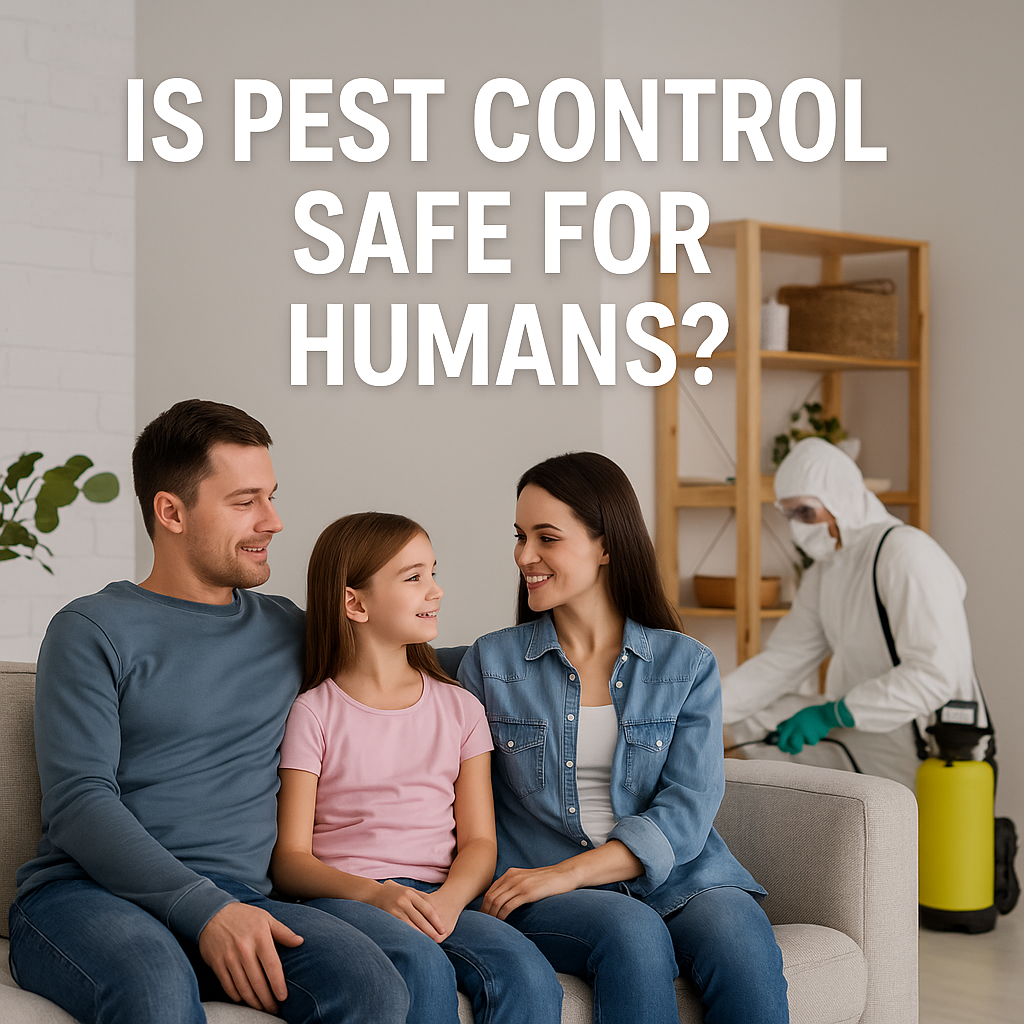
IS PEST CONTROL SAFE FOR HUMANS?
Pest control is a vital part of keeping homes, offices, and businesses healthy and comfortable. But many people worry: Is pest control safe for humans? With so many sprays, powders, gels, and treatments available, concerns about exposure to chemicals and possible health risks are understandable. Let’s explore the facts, safety tips, and best practices so you can stay protected while keeping cockroaches / cockroj and other pests at bay.
Understanding Pest Control Safety
Pest control includes a range of products and methods, from natural remedies and herbal sprays to chemical insecticides and professional treatments. When used properly, most pest control methods are safe for humans. However, misuse or overexposure can lead to health issues.
Types of Pest Control and Human Safety
1. Chemical Sprays & Powders
-
Modern household insecticides are regulated and tested for safety when used as directed.
-
Overexposure, inhalation, or skin contact can cause irritation, allergies, or, in rare cases, toxicity.
-
Always keep sprays and powders away from food, children, and direct contact.
2. Gels and Baits
-
Applied in hidden places (cracks, corners) where human contact is minimal.
-
Less risk of exposure, but always wash hands after use and keep away from kids.
3. Natural & Herbal Solutions
-
Neem, peppermint, citronella, and diatomaceous earth are safer alternatives.
-
Usually safe for all, but some people may have allergies or sensitivities.
4. Professional Pest Control Services
-
Licensed technicians use approved products and methods.
-
Homes are often ventilated and areas cleared after treatment for maximum safety.
Who is Most at Risk?
-
Children: More sensitive due to their small size and tendency to put things in their mouth.
-
Pregnant Women: Some chemicals may affect developing babies—inform your provider.
-
Elderly & Immunocompromised: May be more affected by chemicals or allergens.
-
People with Allergies/Asthma: Some sprays or dusts can trigger reactions.
How to Make Pest Control Safer at Home
-
Read and Follow All Instructions:
Never use more product than recommended. -
Ventilate Treated Areas:
Open windows and doors after spraying. -
Store Chemicals Safely:
Keep all pest control products out of reach of children and pets. -
Clean Up After Treatment:
Wipe down surfaces, especially in kitchens and food prep areas. -
Use Protective Gear:
Gloves and masks reduce risk of skin or respiratory exposure. -
Choose Targeted Solutions:
Gels, baits, and traps often have lower risk than widespread sprays.
Common Myths About Pest Control Safety
-
MYTH: “Natural means 100% safe.”
Even natural products can cause allergies or irritation. -
MYTH: “More is better.”
Overusing pest control products increases health risks without added benefit.
Signs of Overexposure to Pest Control Chemicals
-
Headache, dizziness, or nausea
-
Skin or eye irritation
-
Coughing, sneezing, or trouble breathing
-
Allergic reactions
If you experience these, seek fresh air and consult a doctor immediately.
Frequently Asked Questions
Q. Is it safe to stay in the house after pest control treatment?
For most household sprays and gels, yes—after proper ventilation. For heavy-duty or fumigation treatments, follow all instructions and stay away for the recommended period.
Q. Can pest control affect my food?
Never spray directly on food or utensils. Cover or remove items from the treatment area.
Q. What about long-term effects?
When used as directed, modern pest control products are not linked to long-term health effects.
Conclusion
Pest control is generally safe for humans when you use products as directed and take a few simple precautions. If you have special health concerns or sensitive family members, choose safer options and always ask your pest professional for advice.

Youtube Video
Invalid YouTube URL provided.
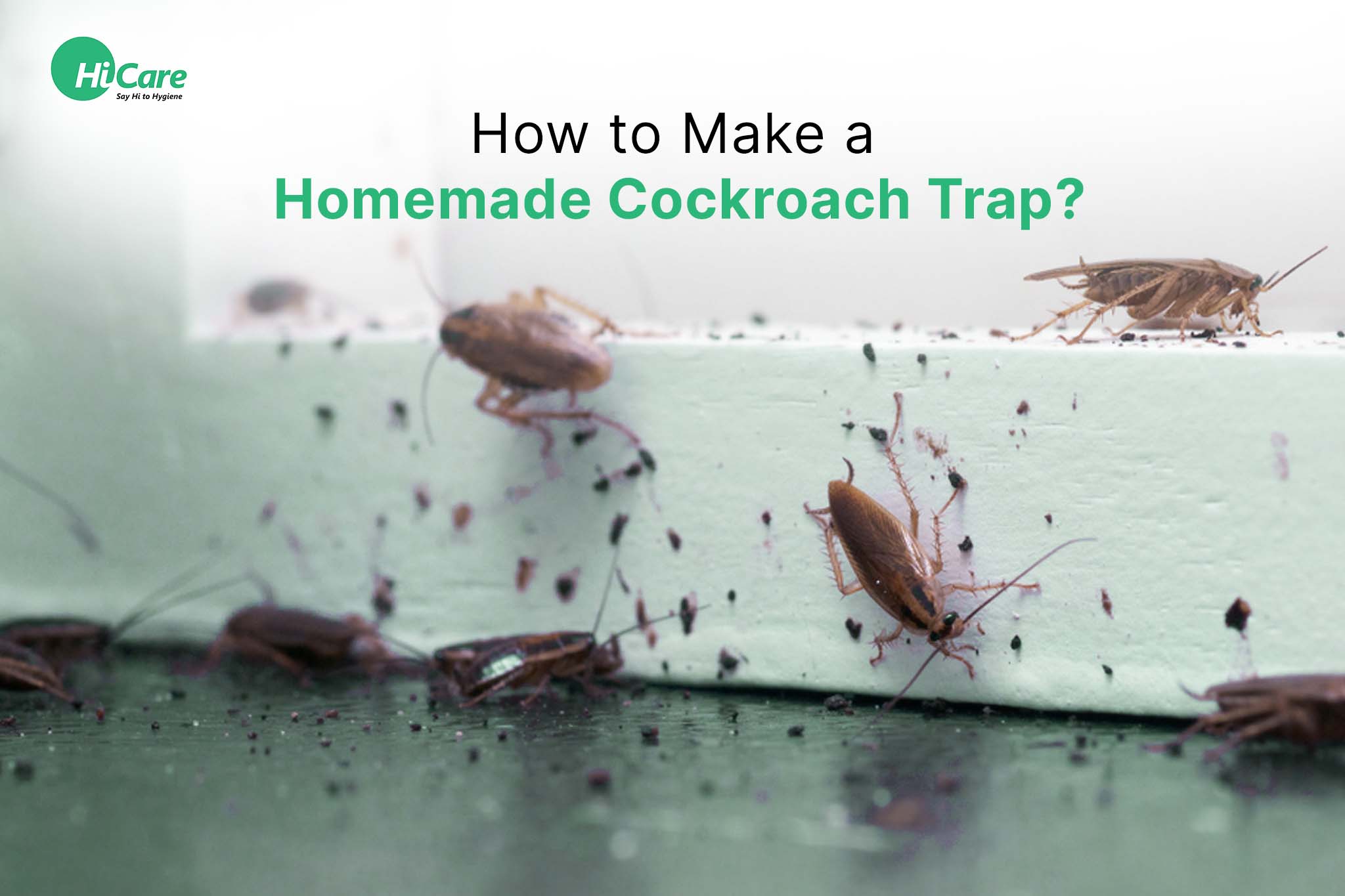
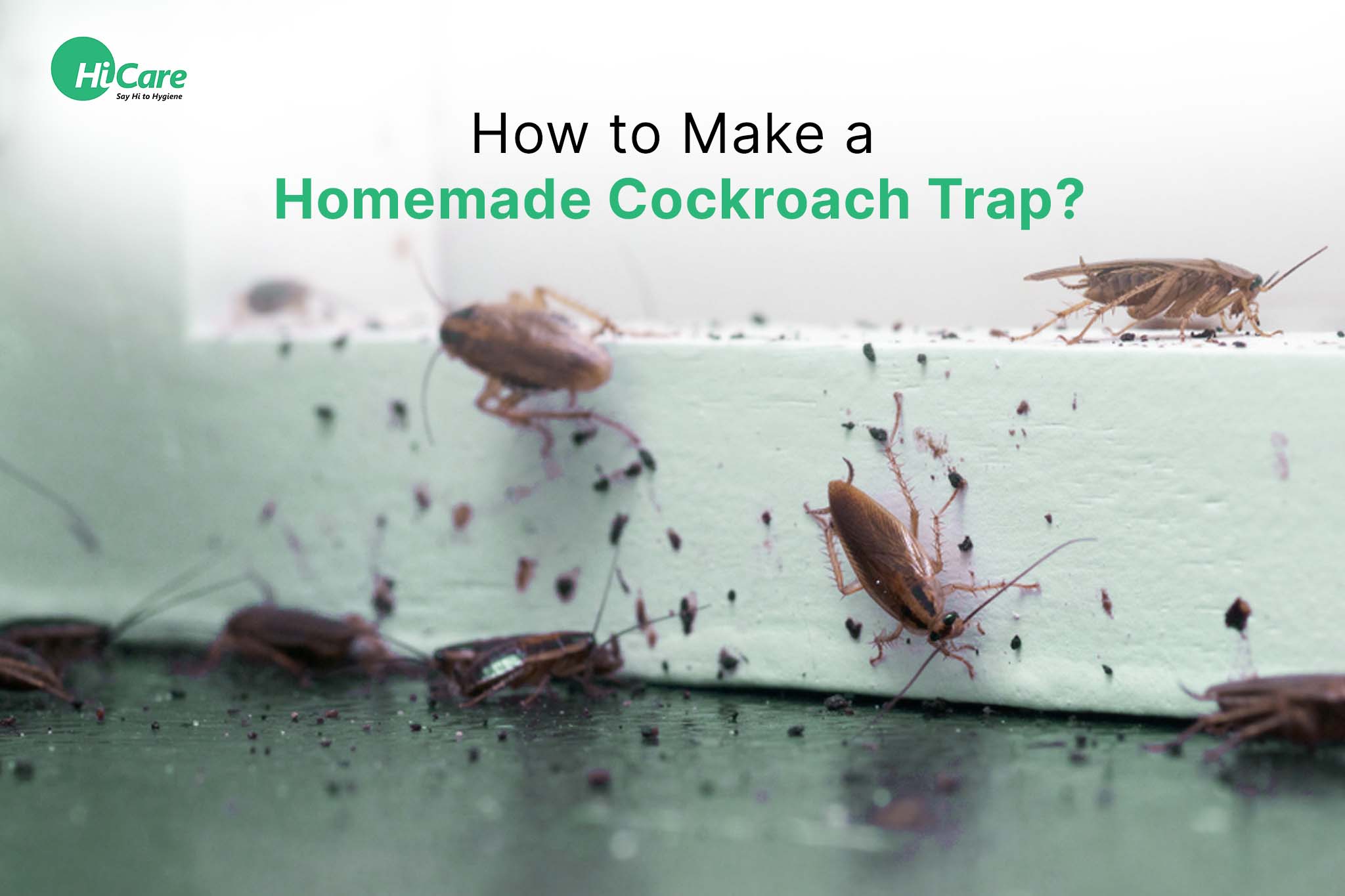
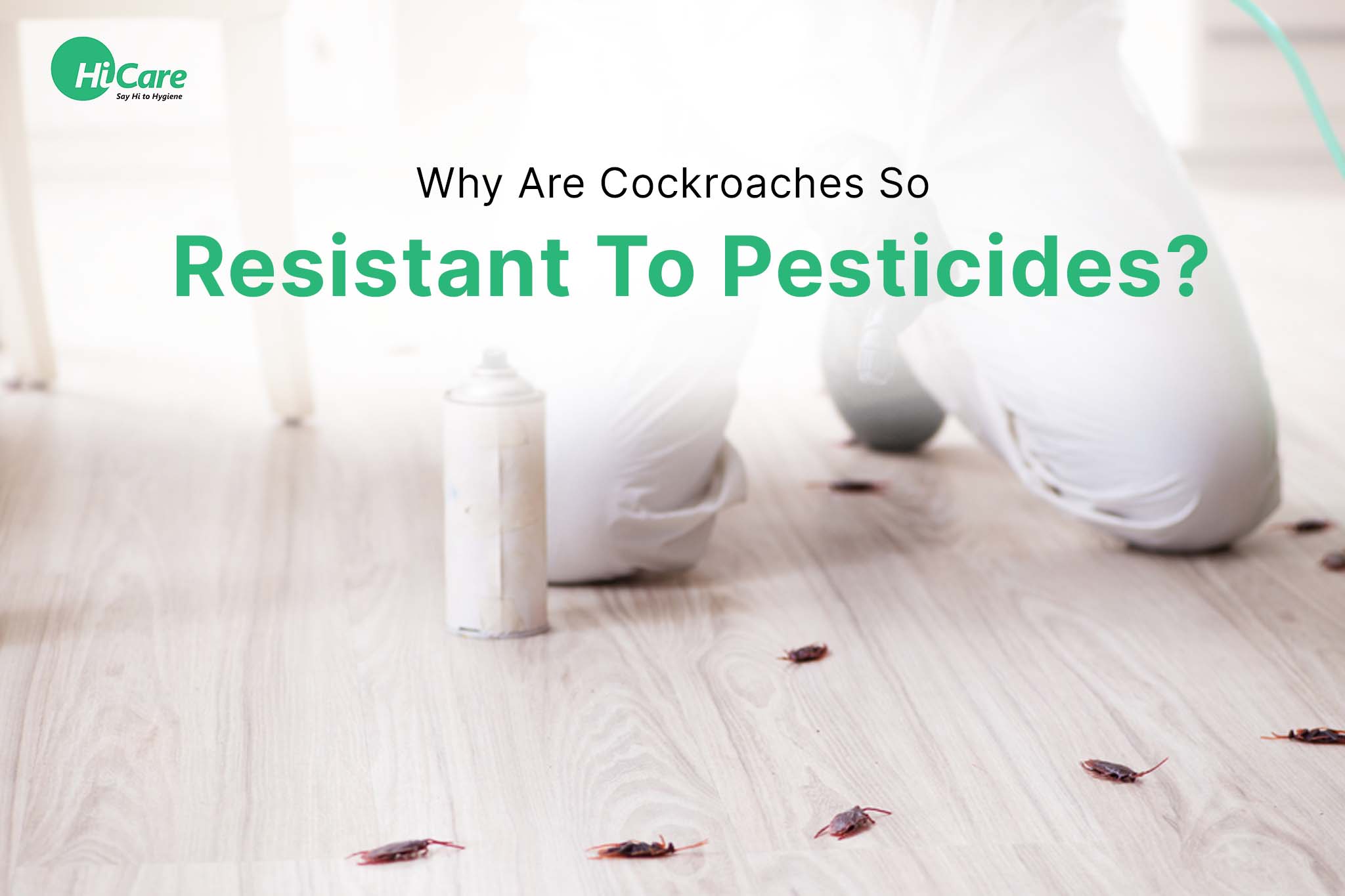

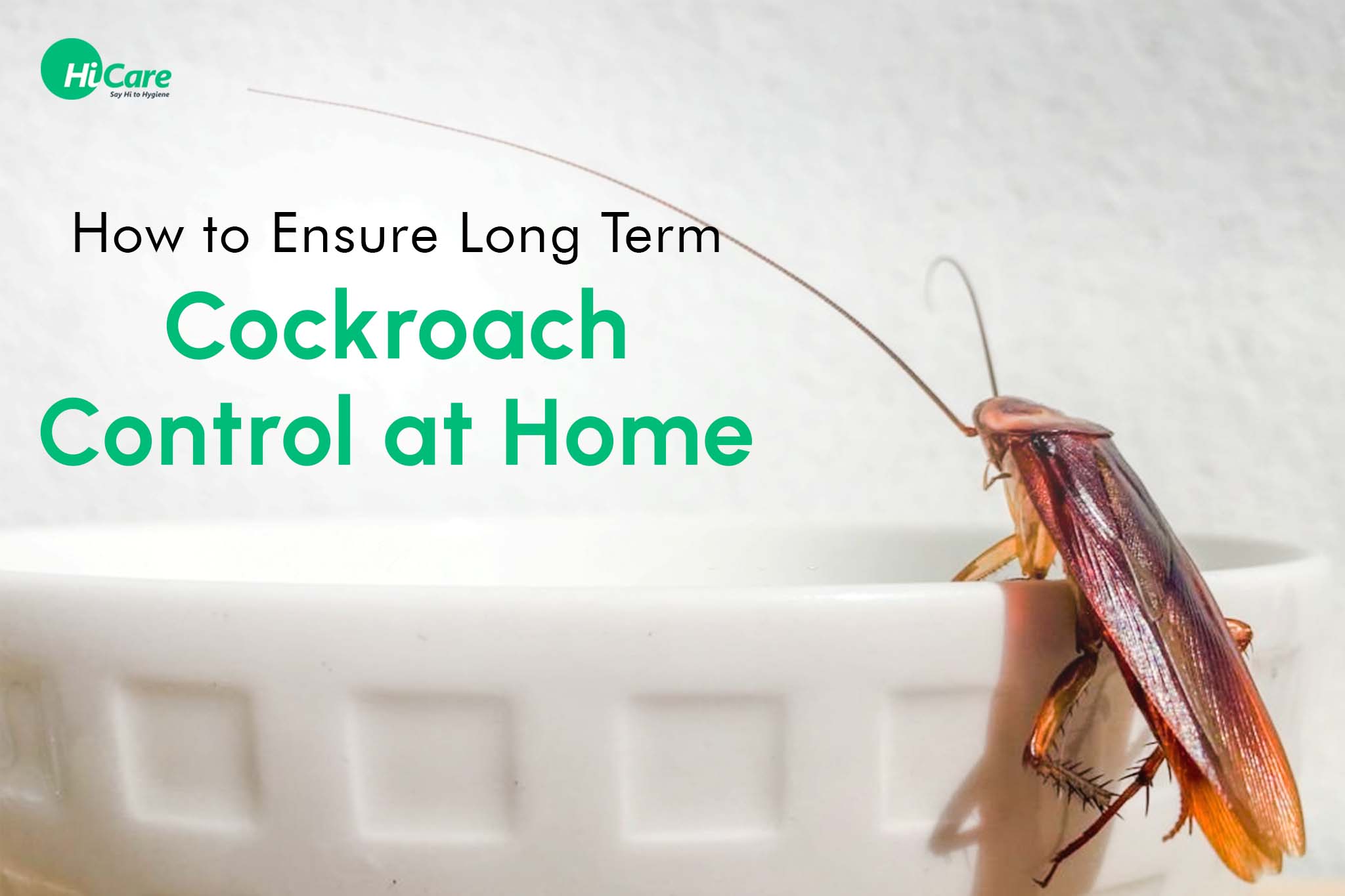
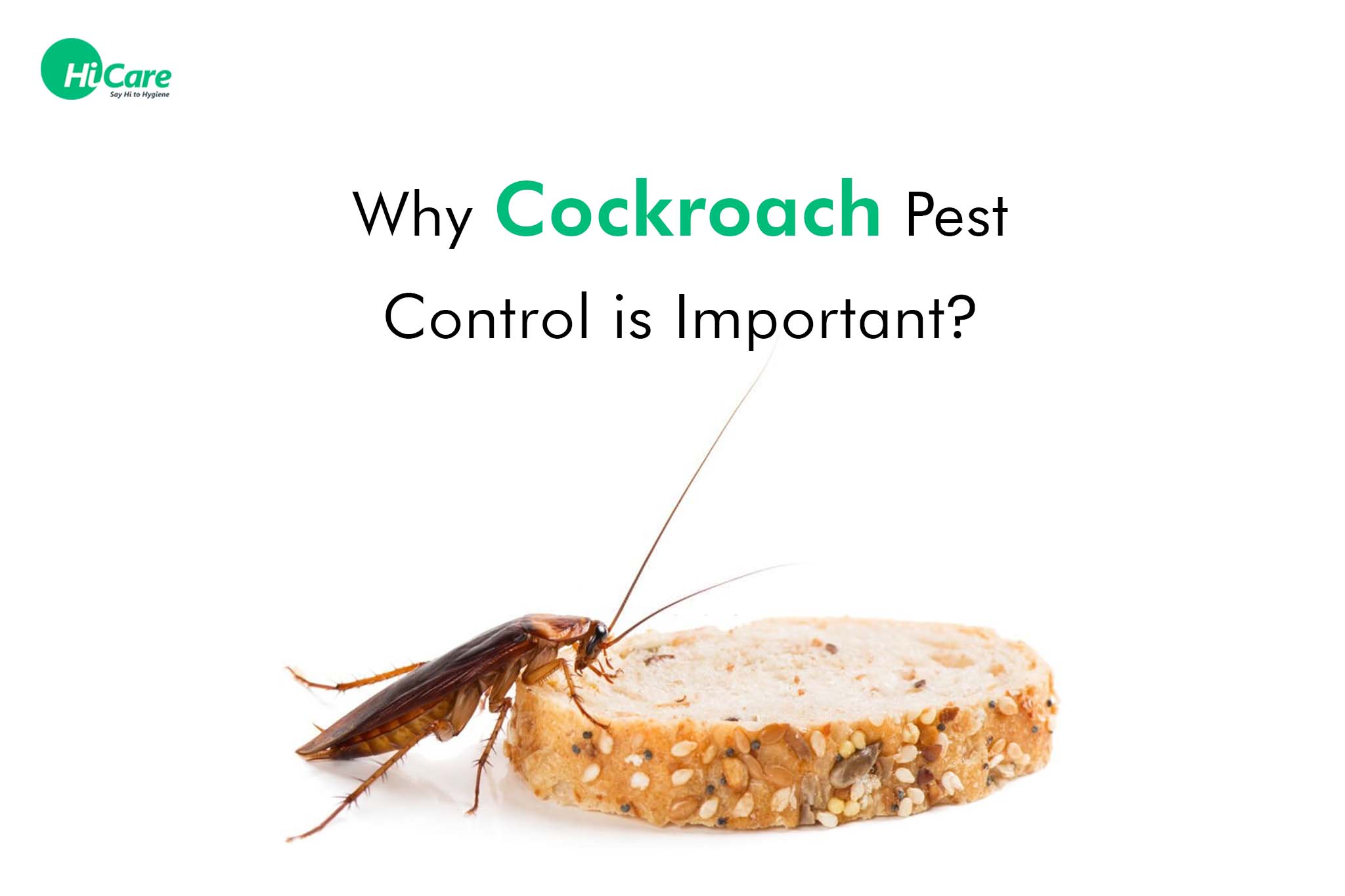
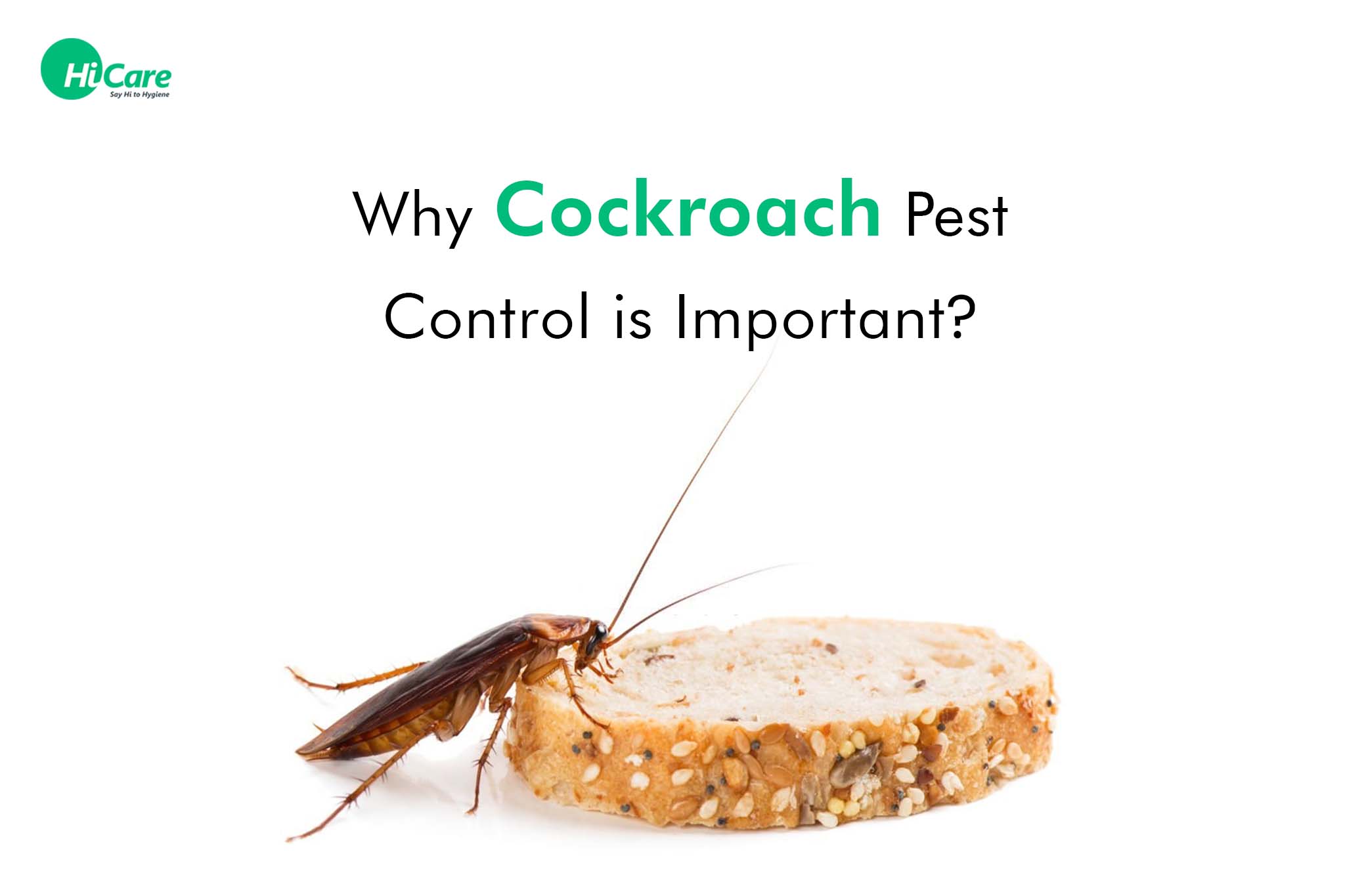
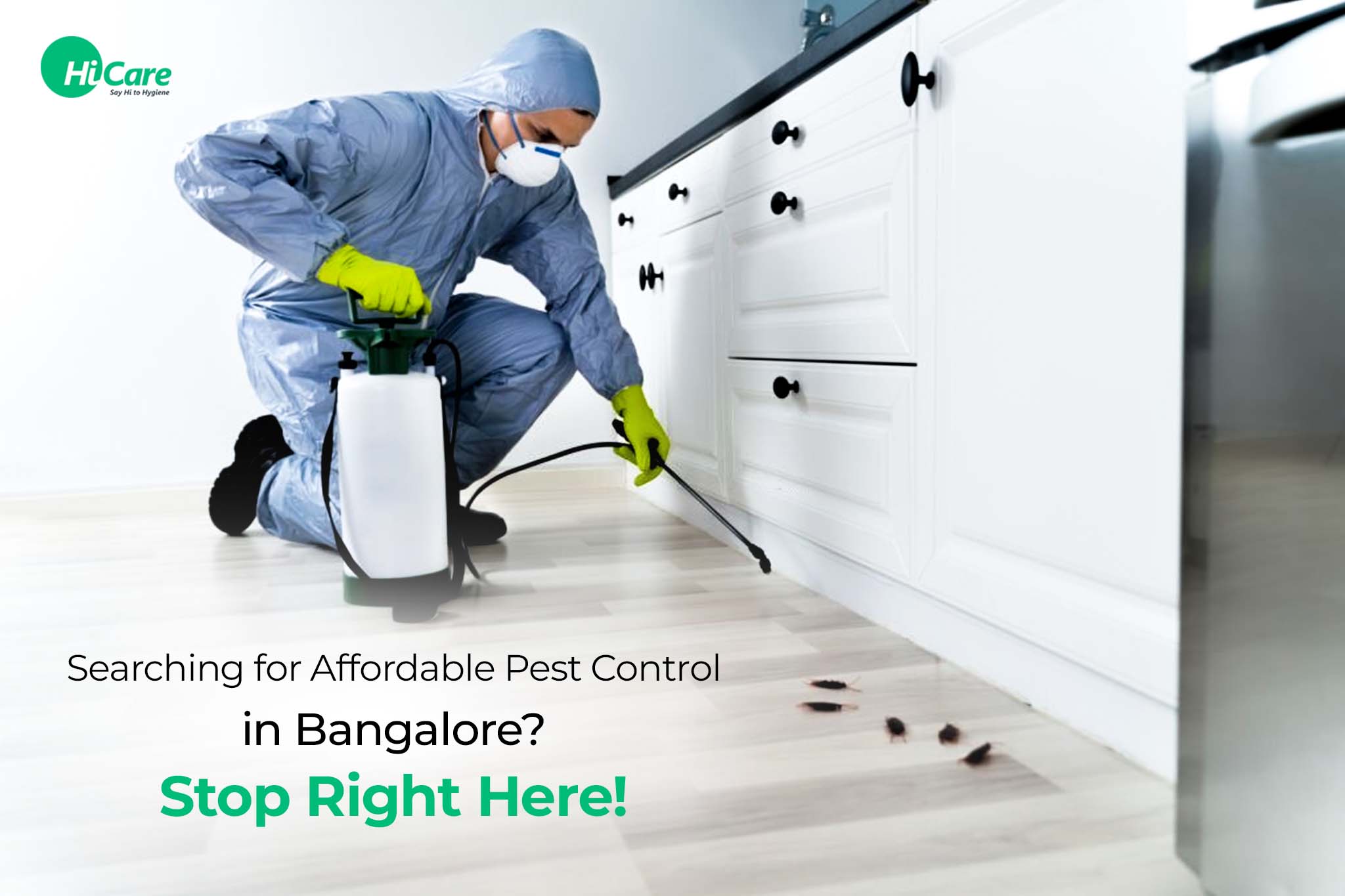
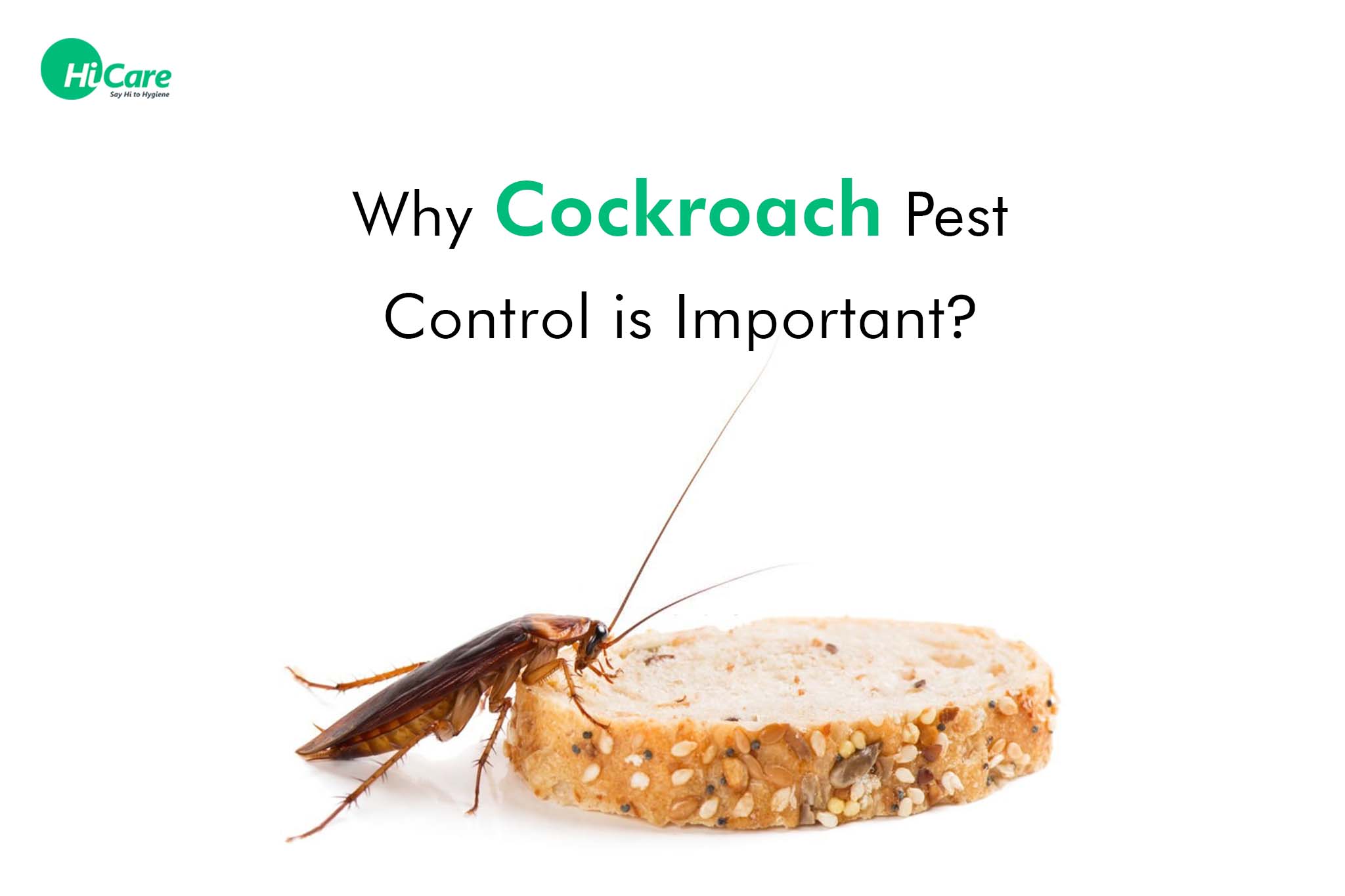
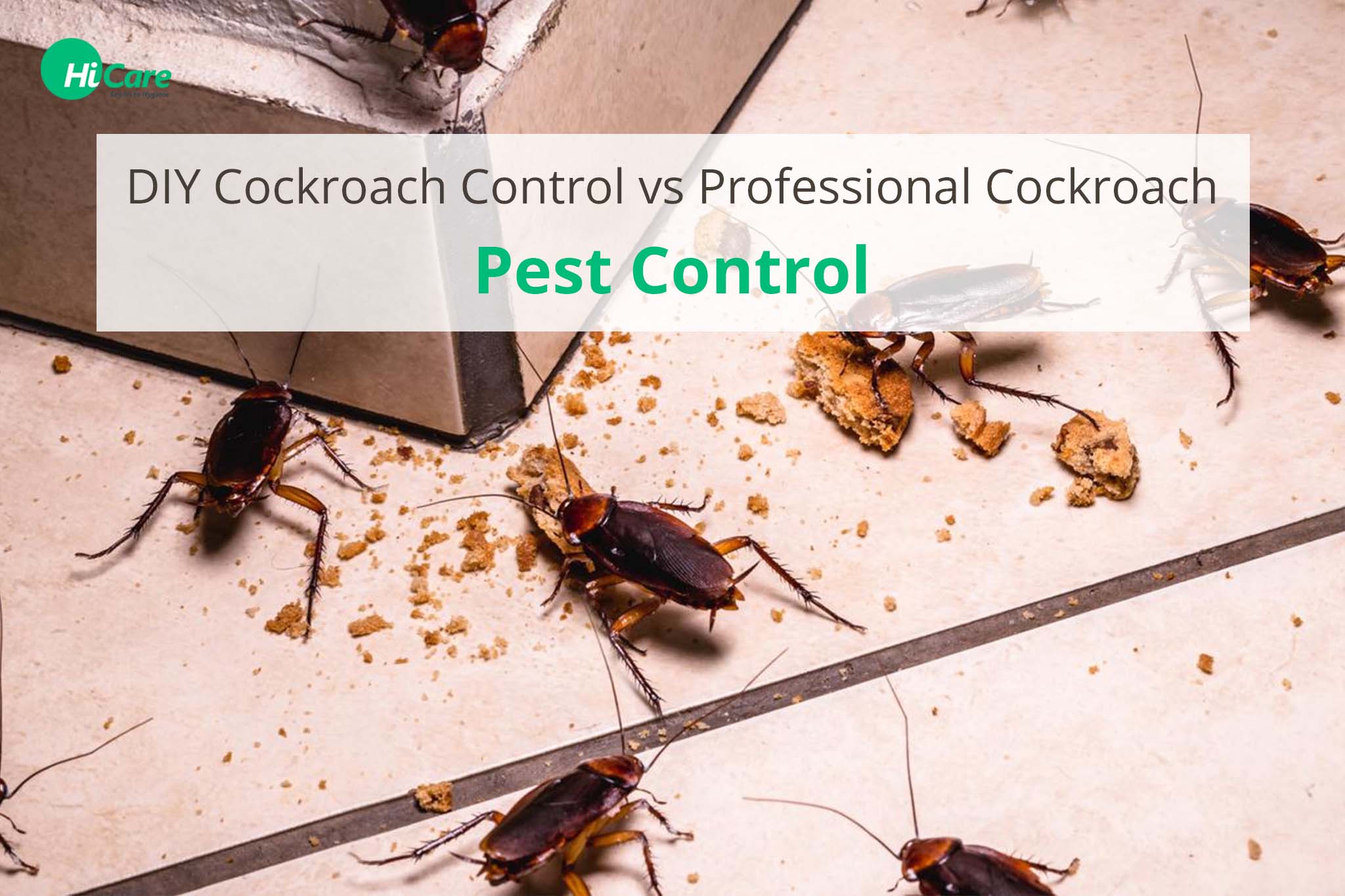


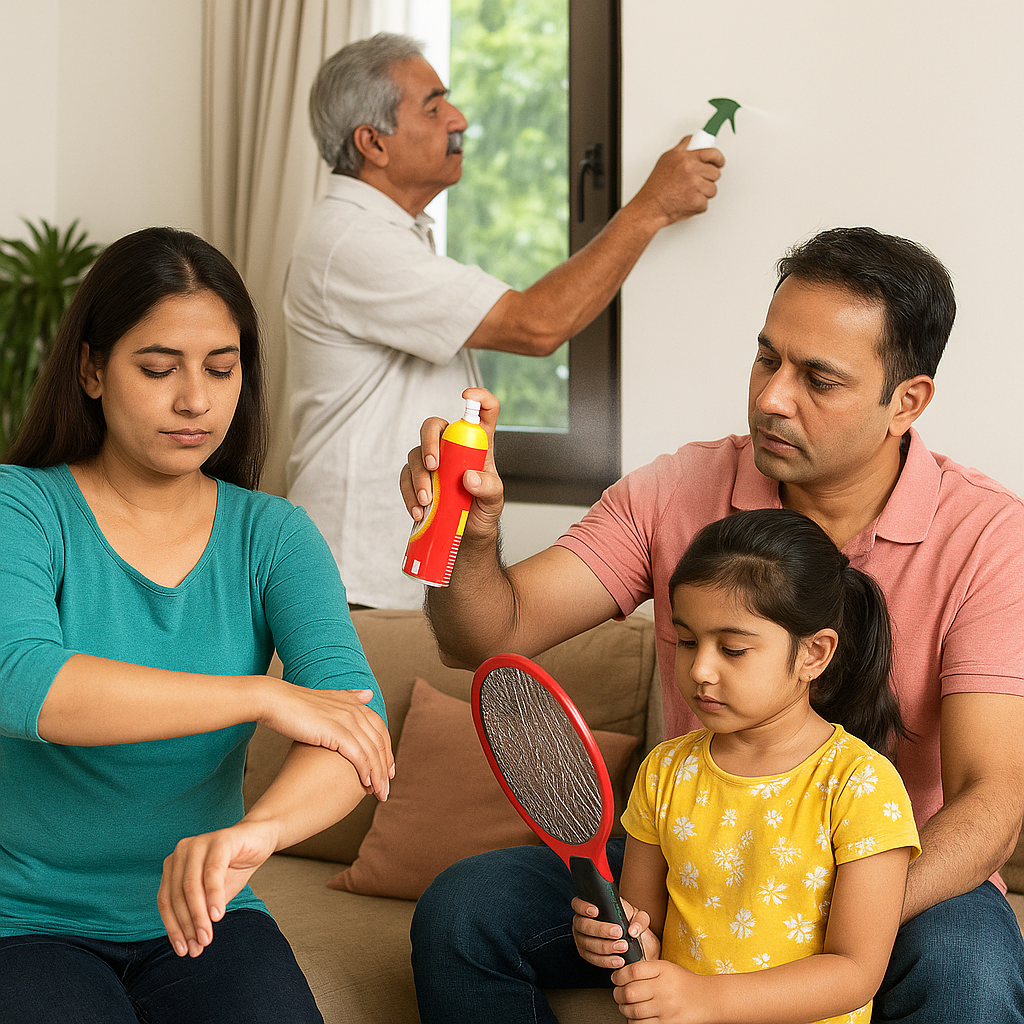
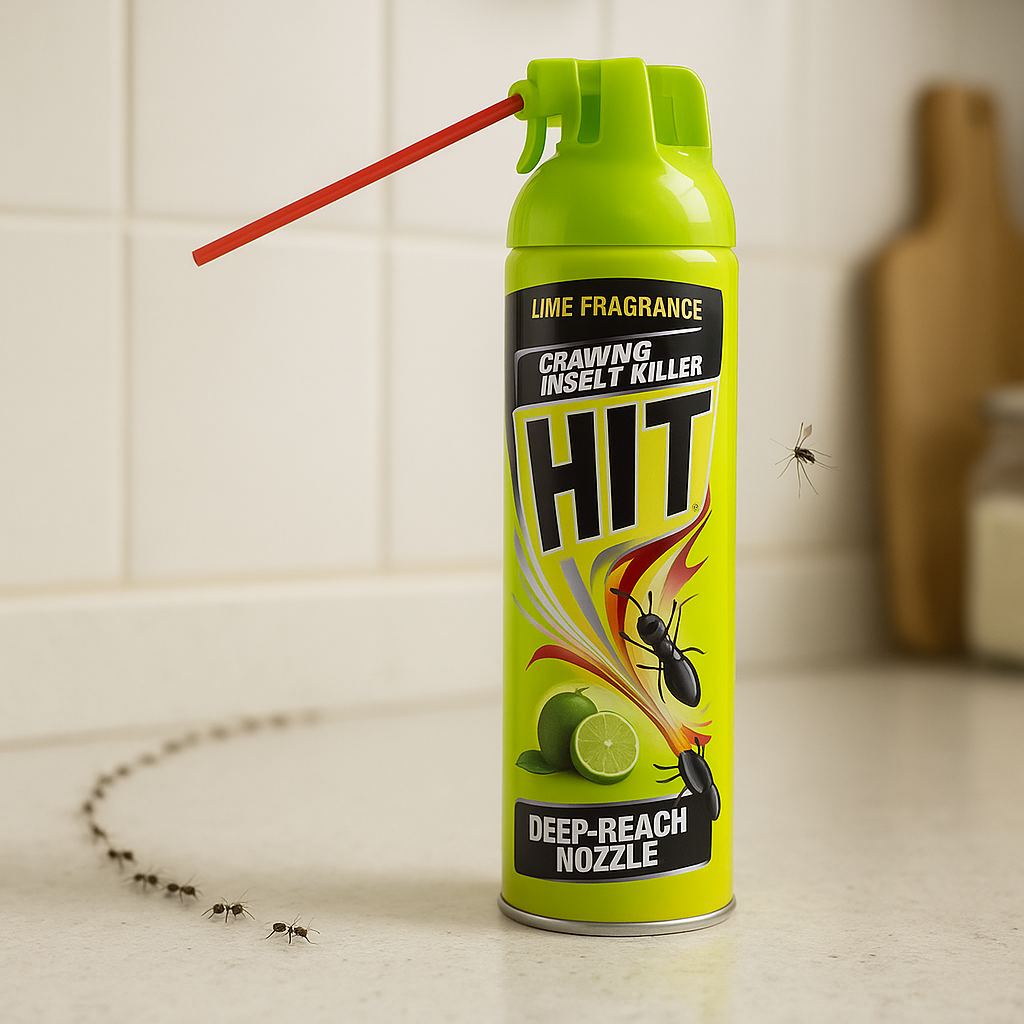
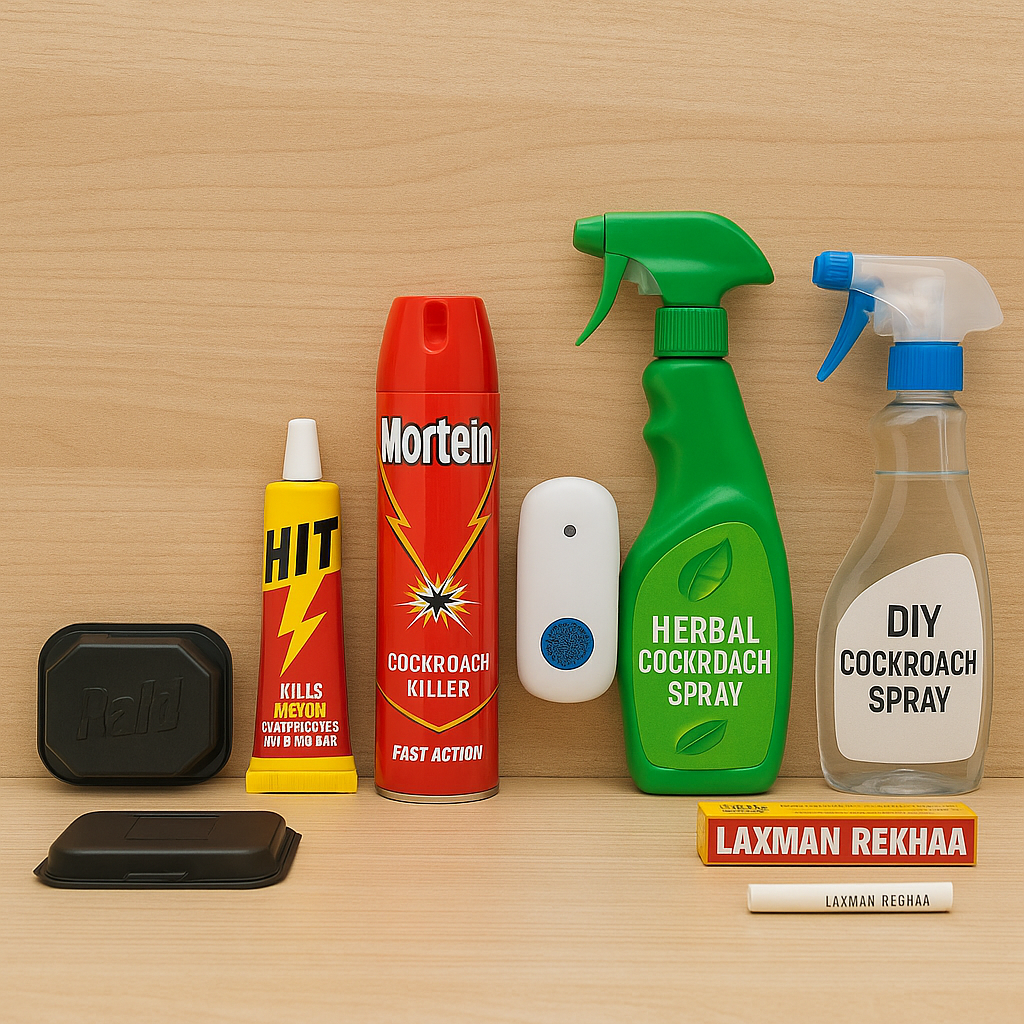
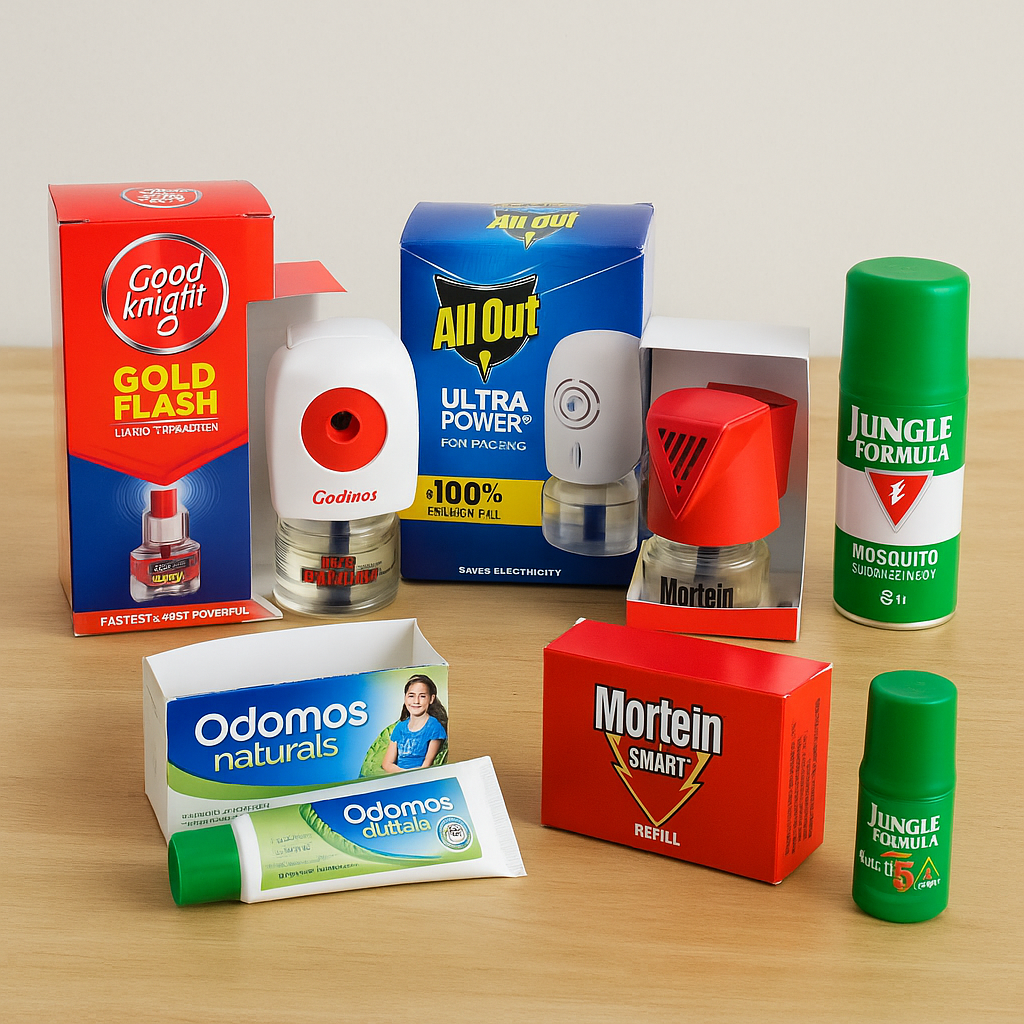
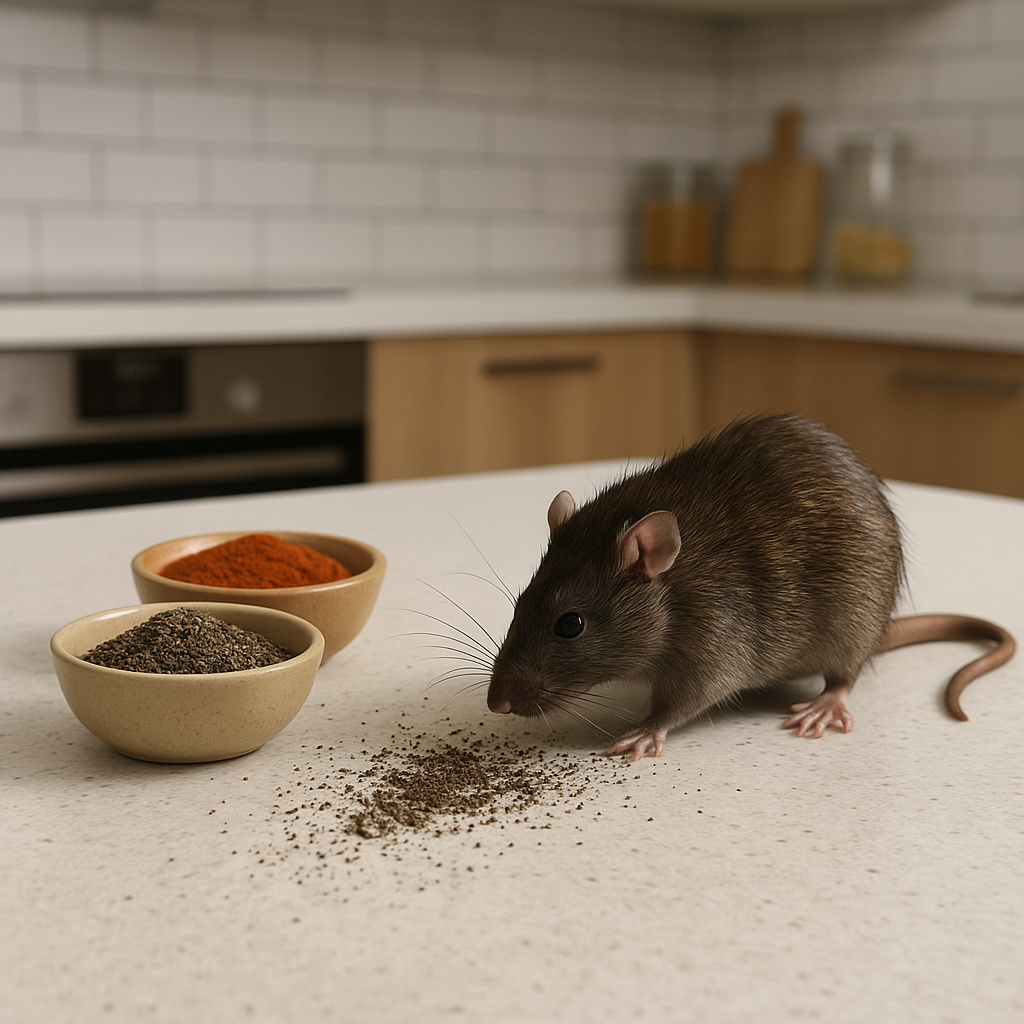
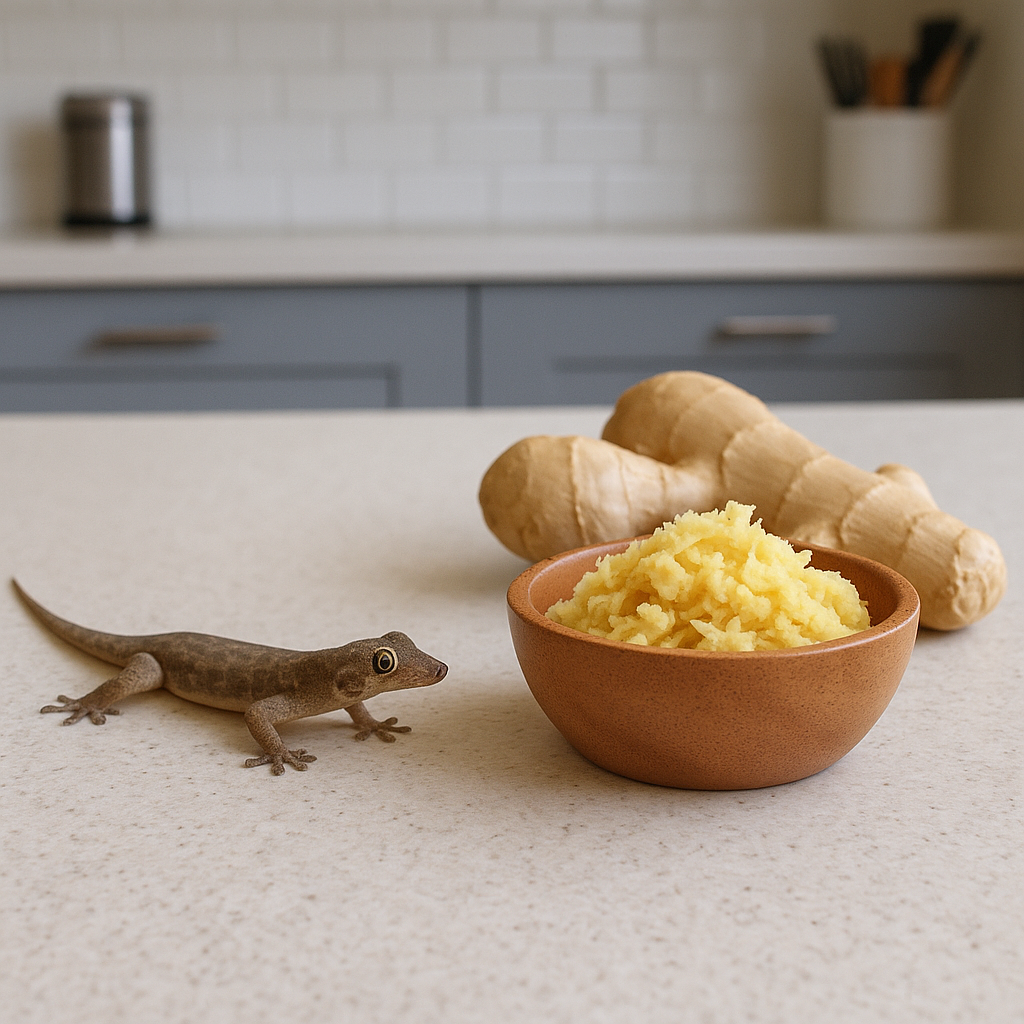
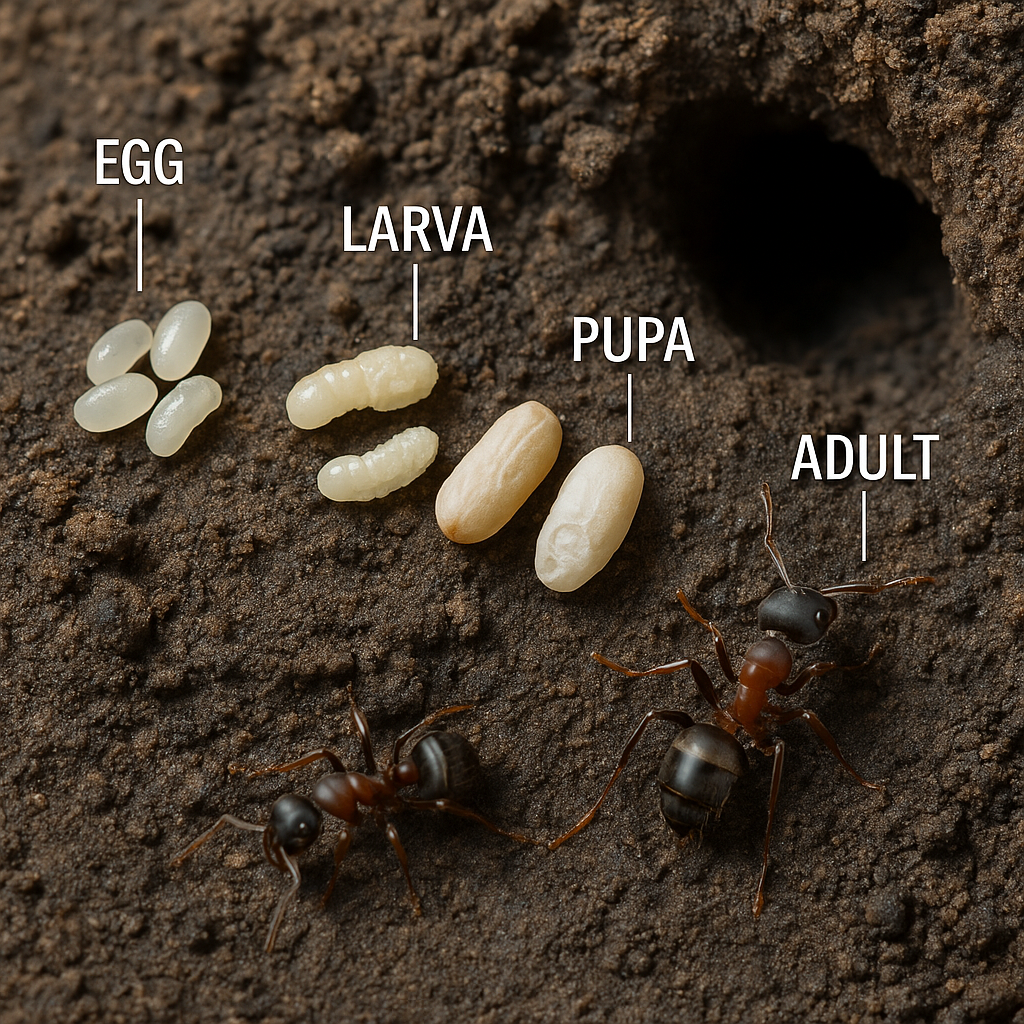
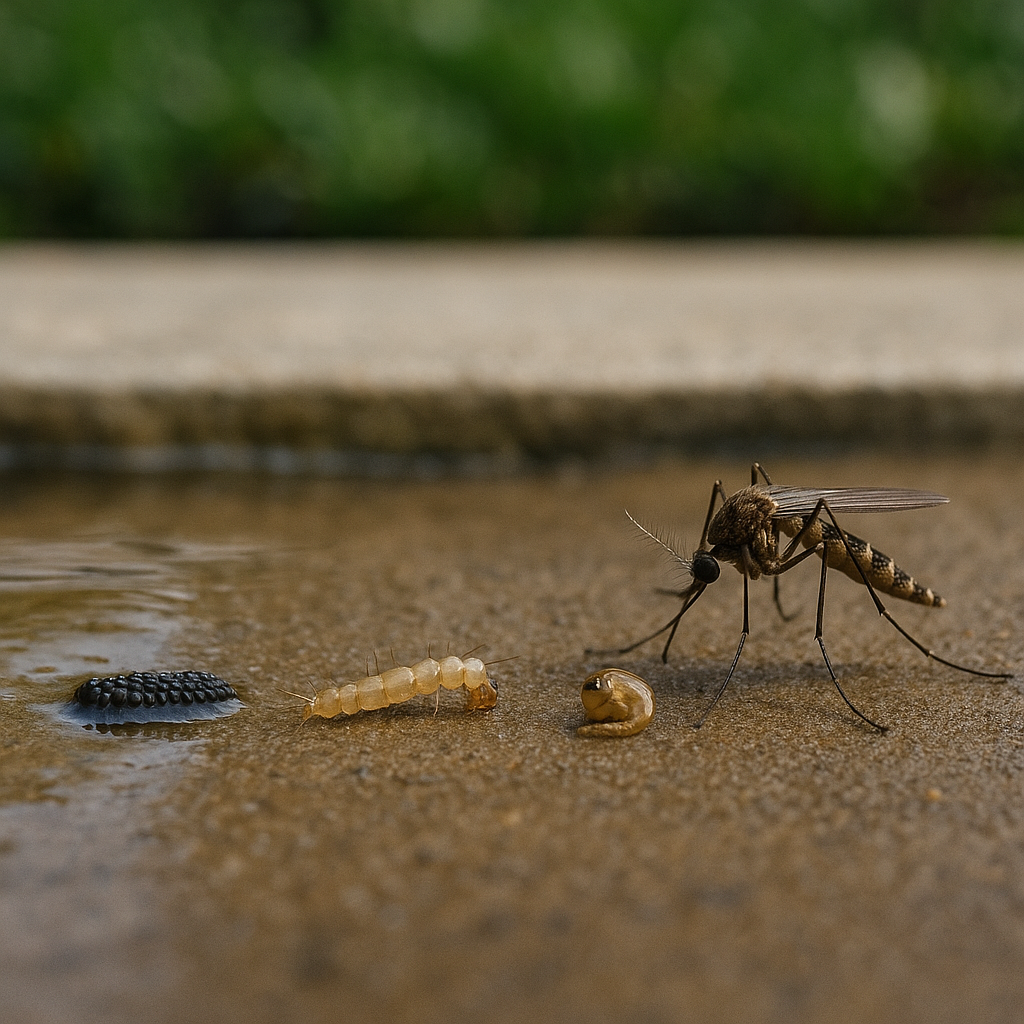
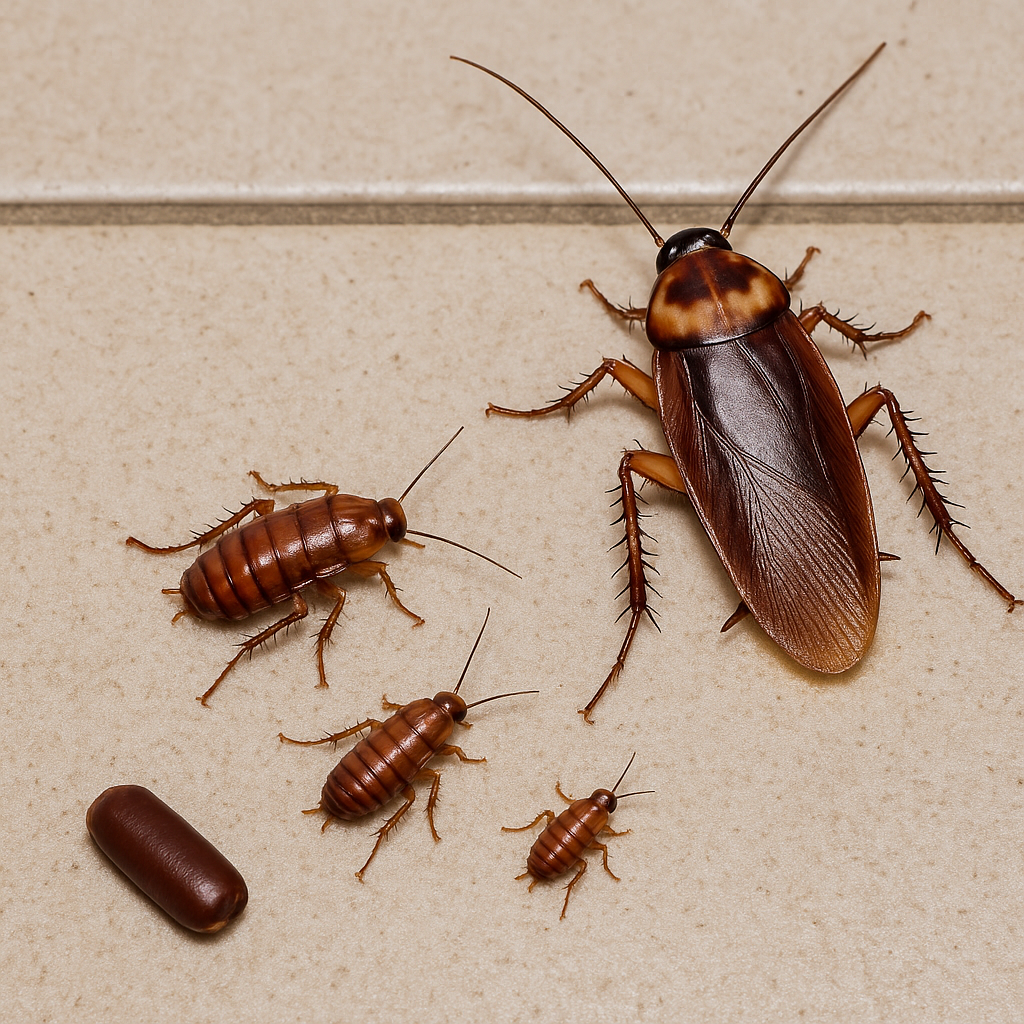
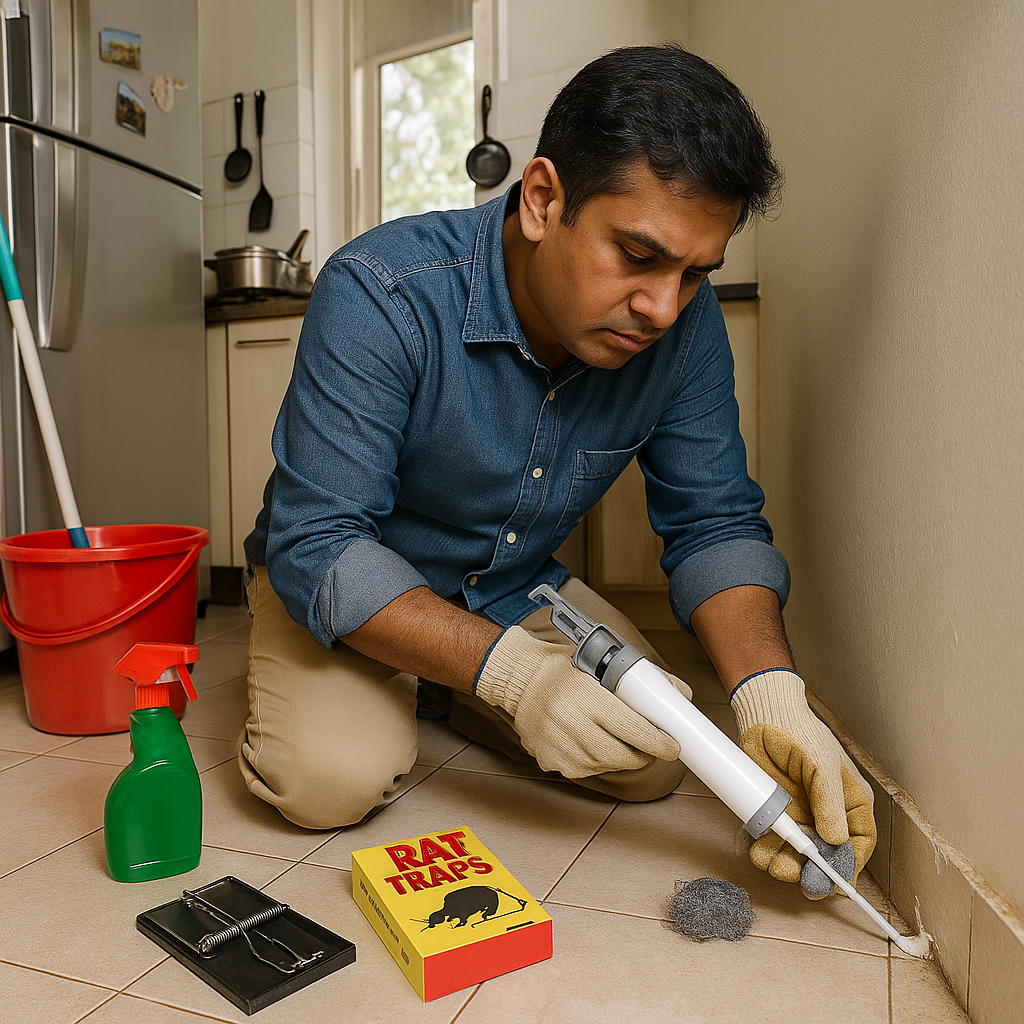
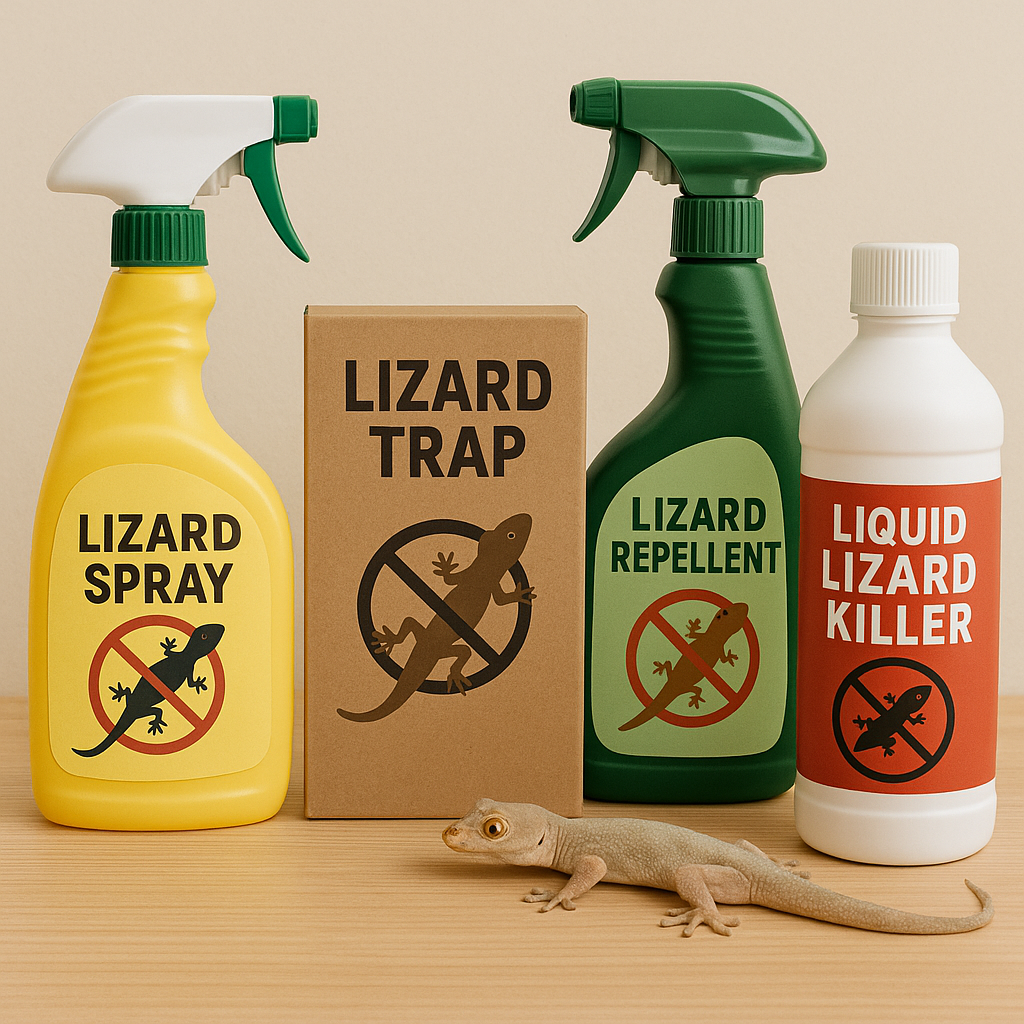
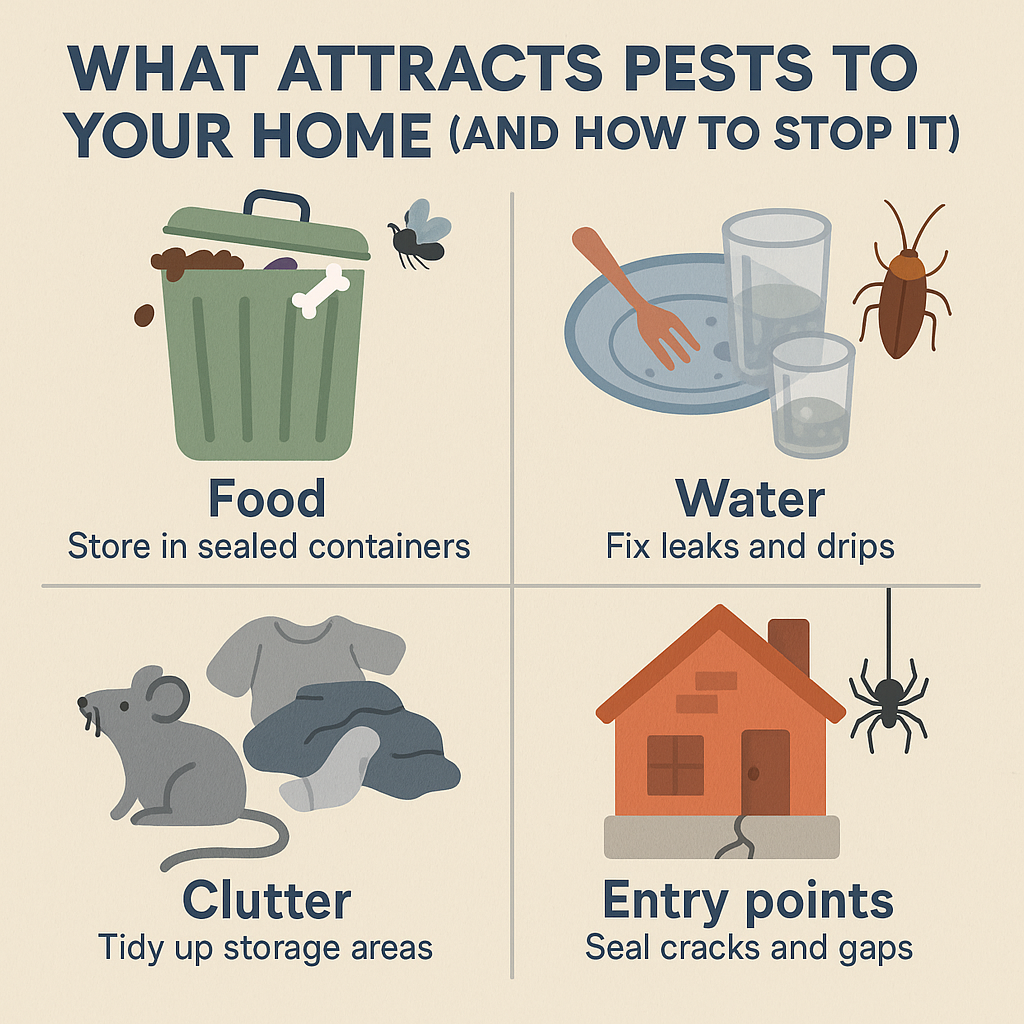
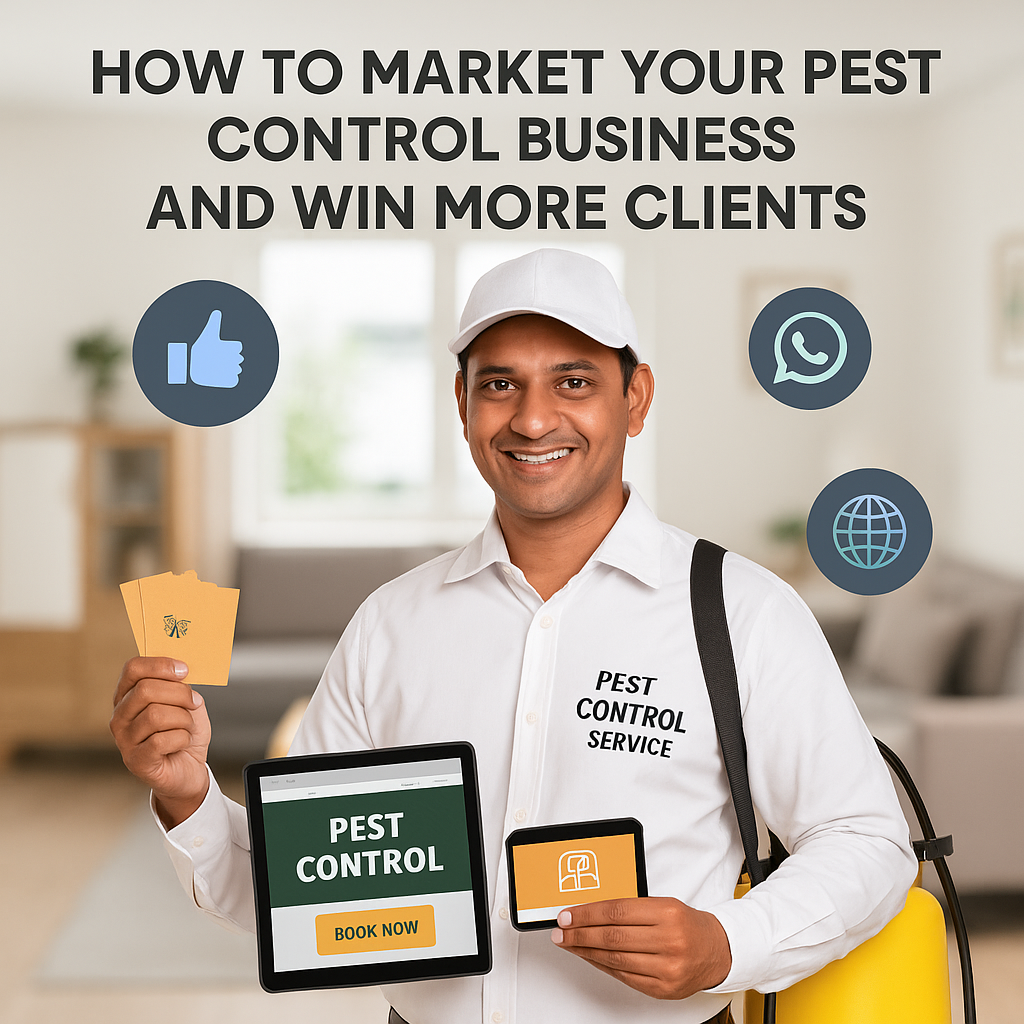
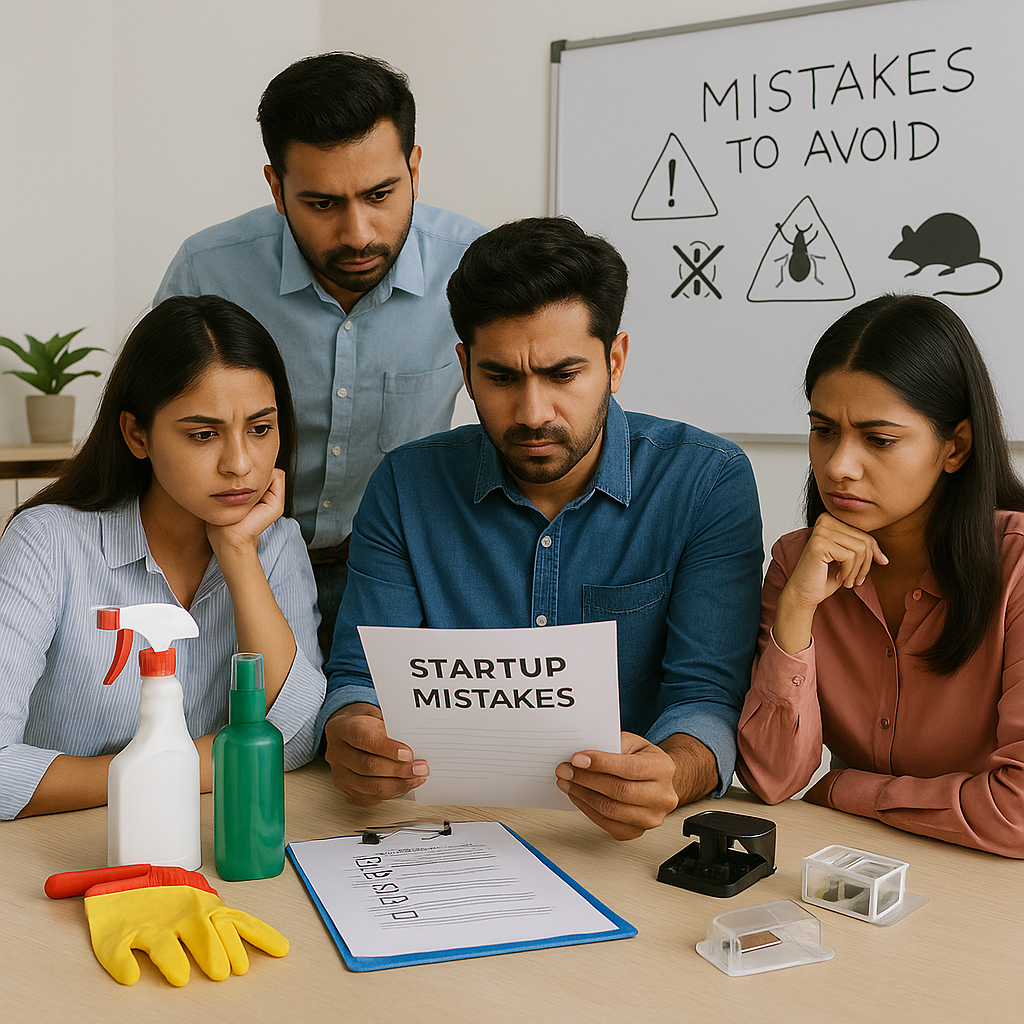
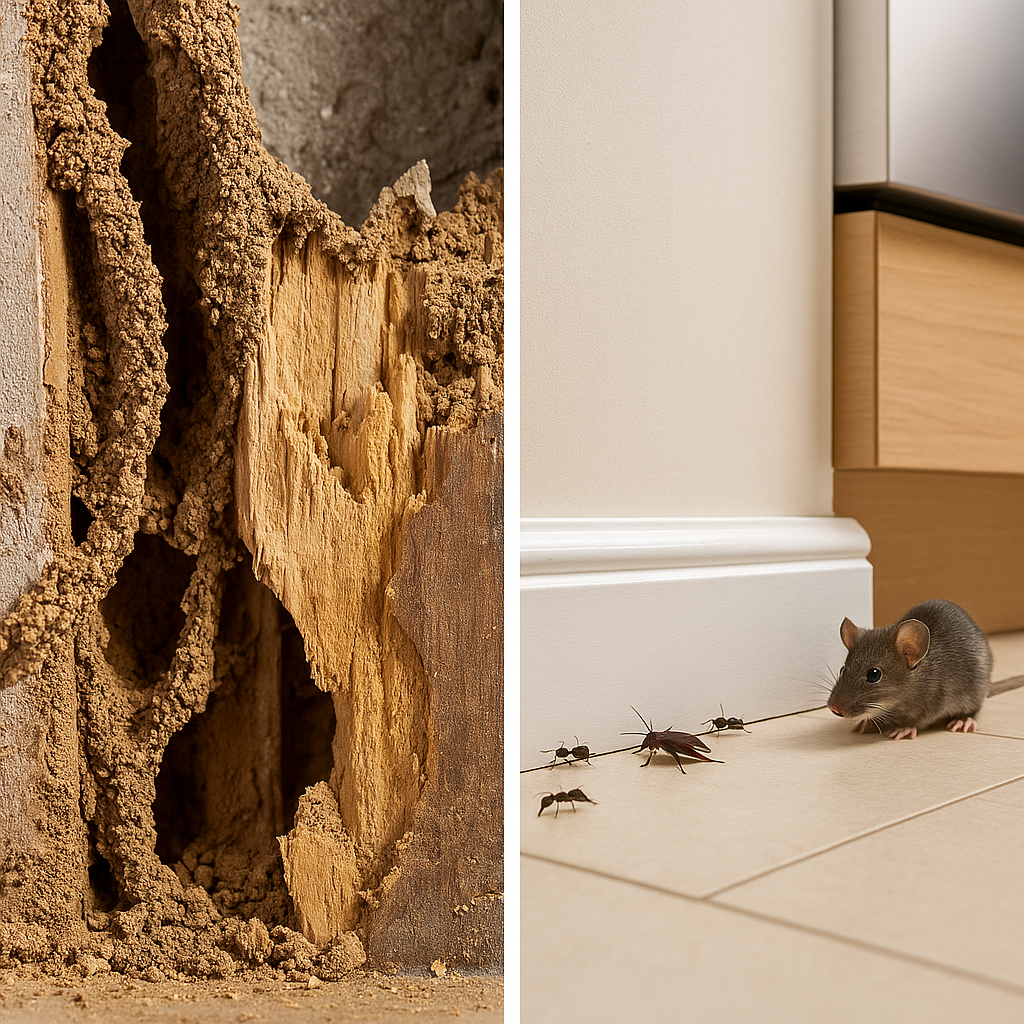
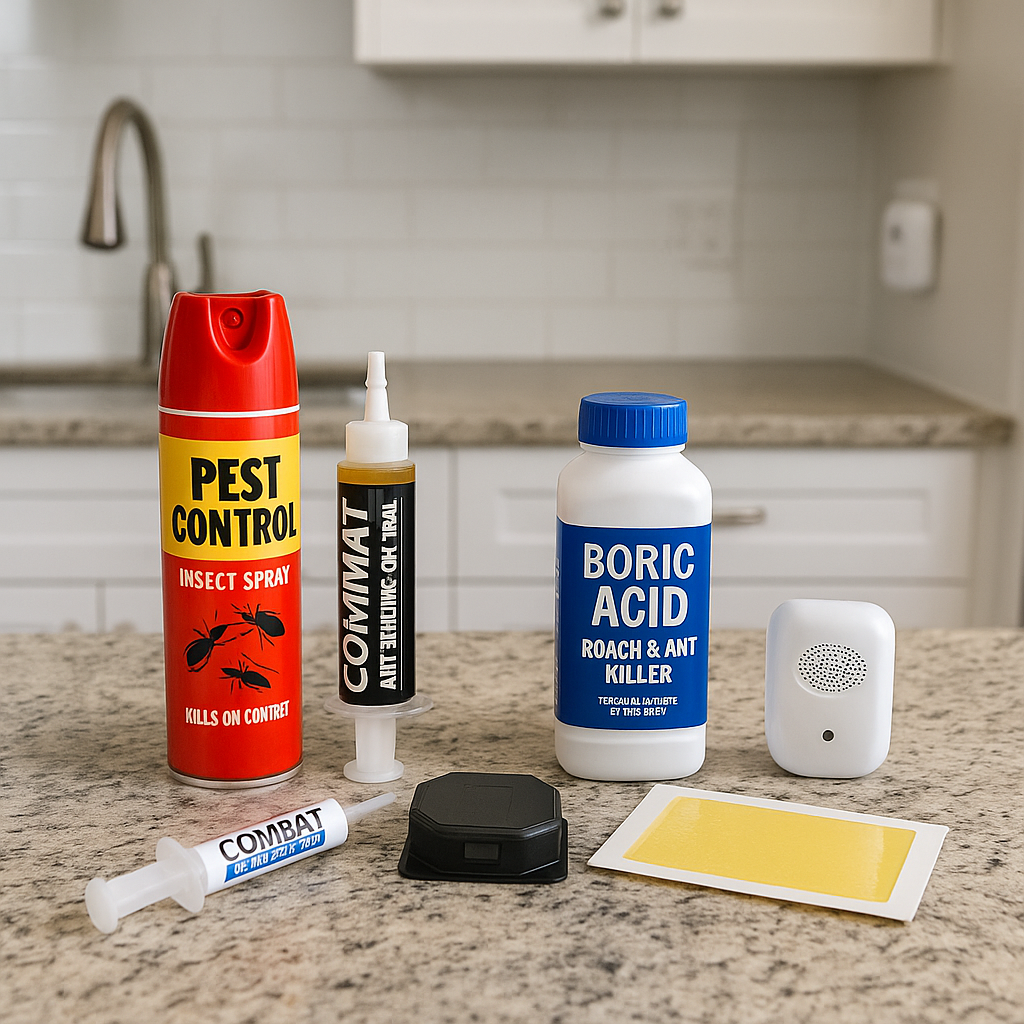
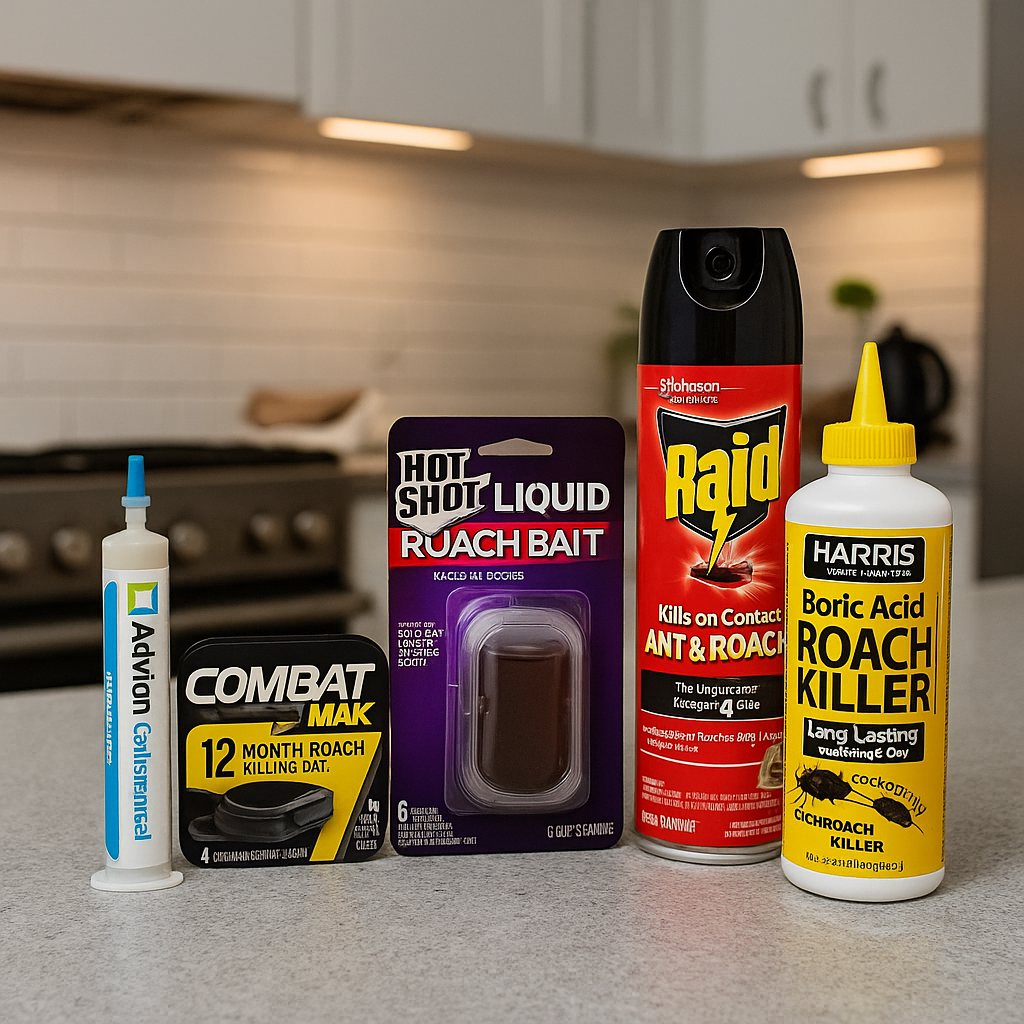
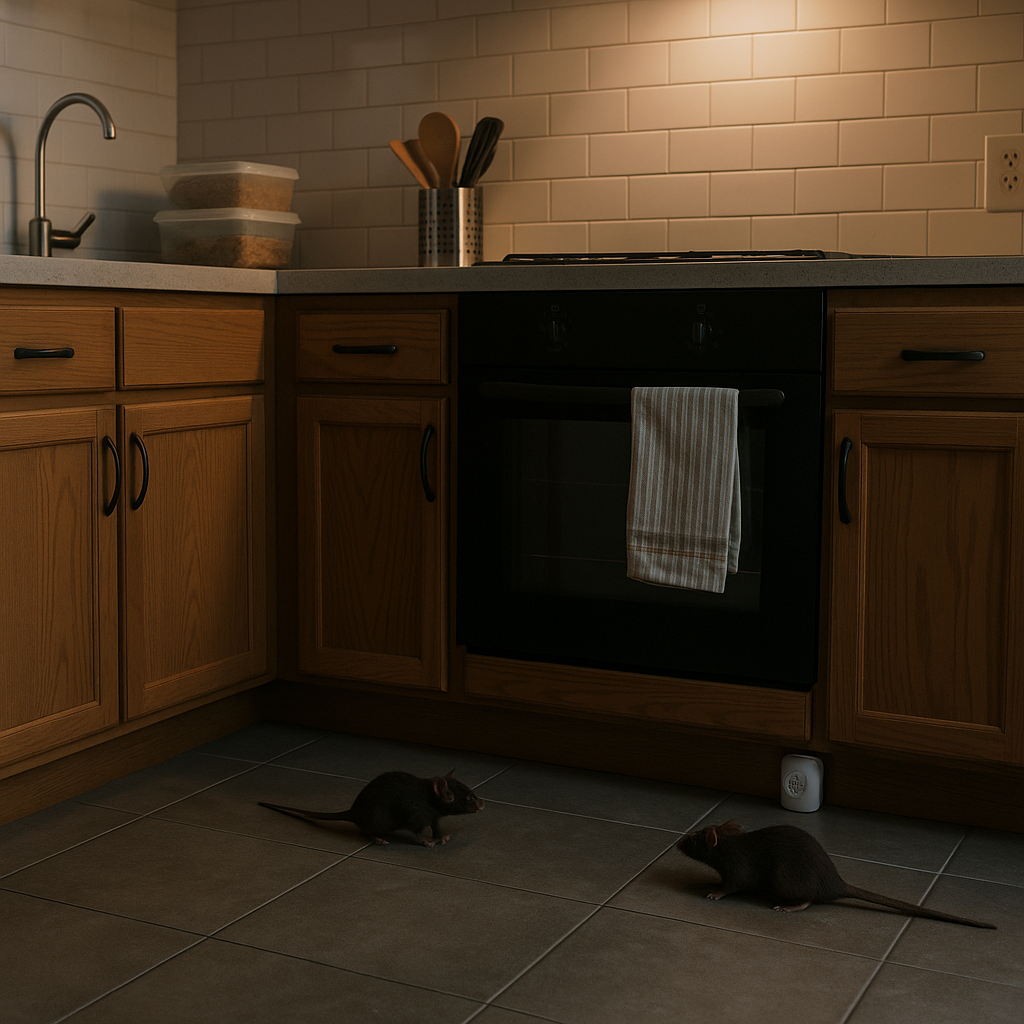
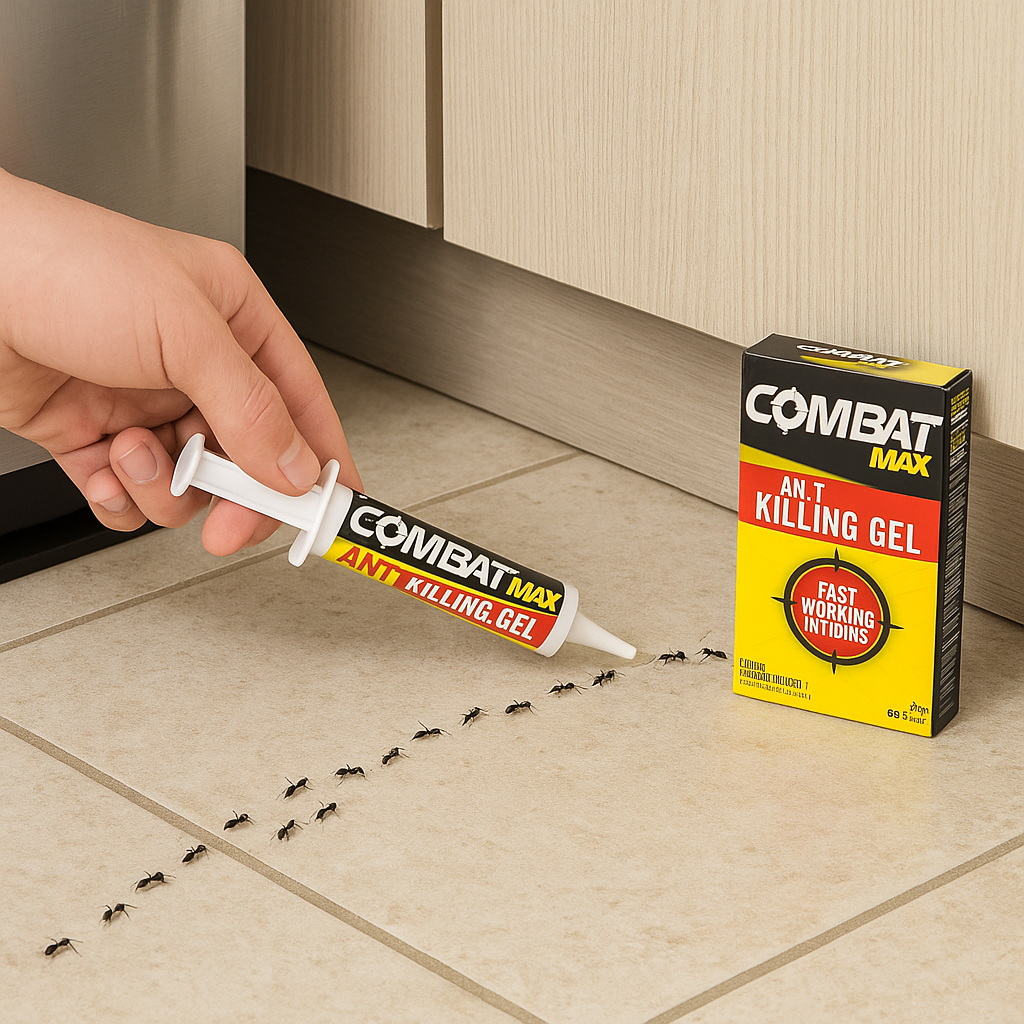
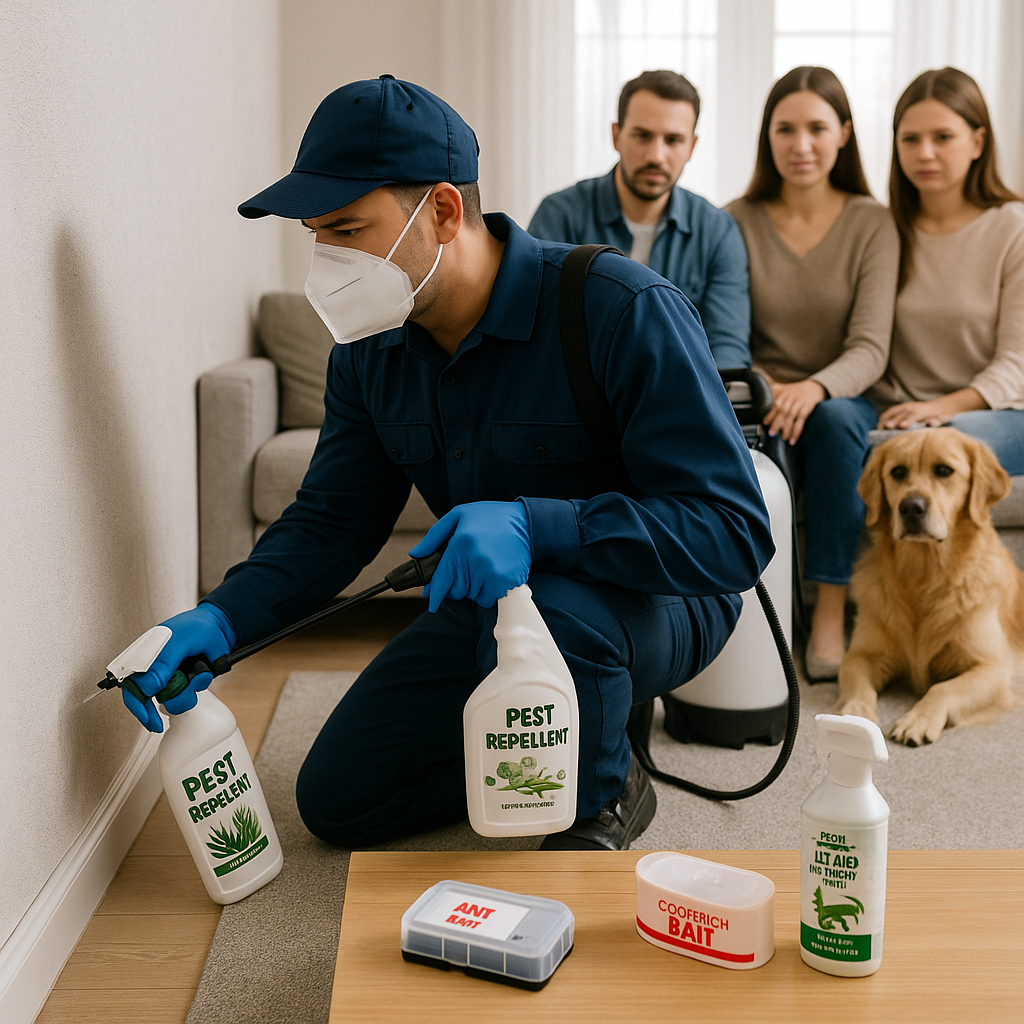
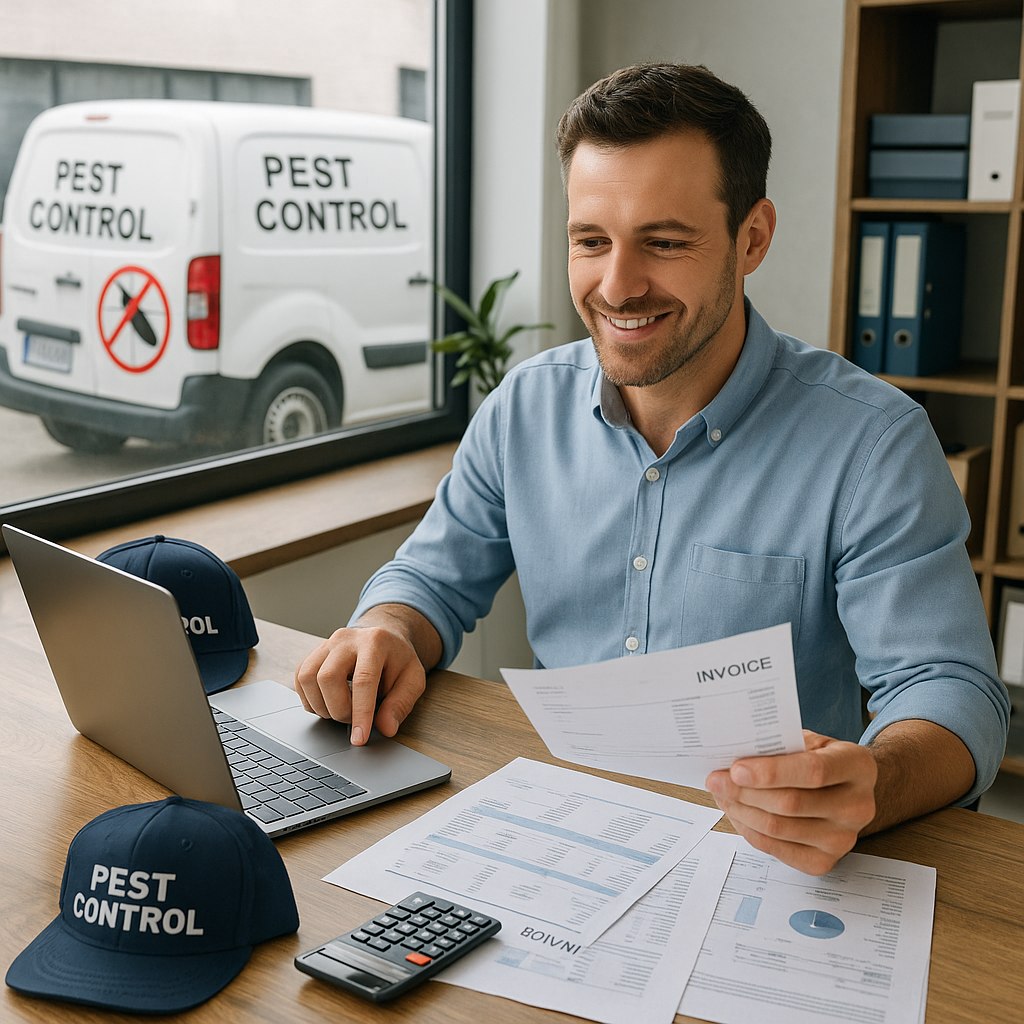
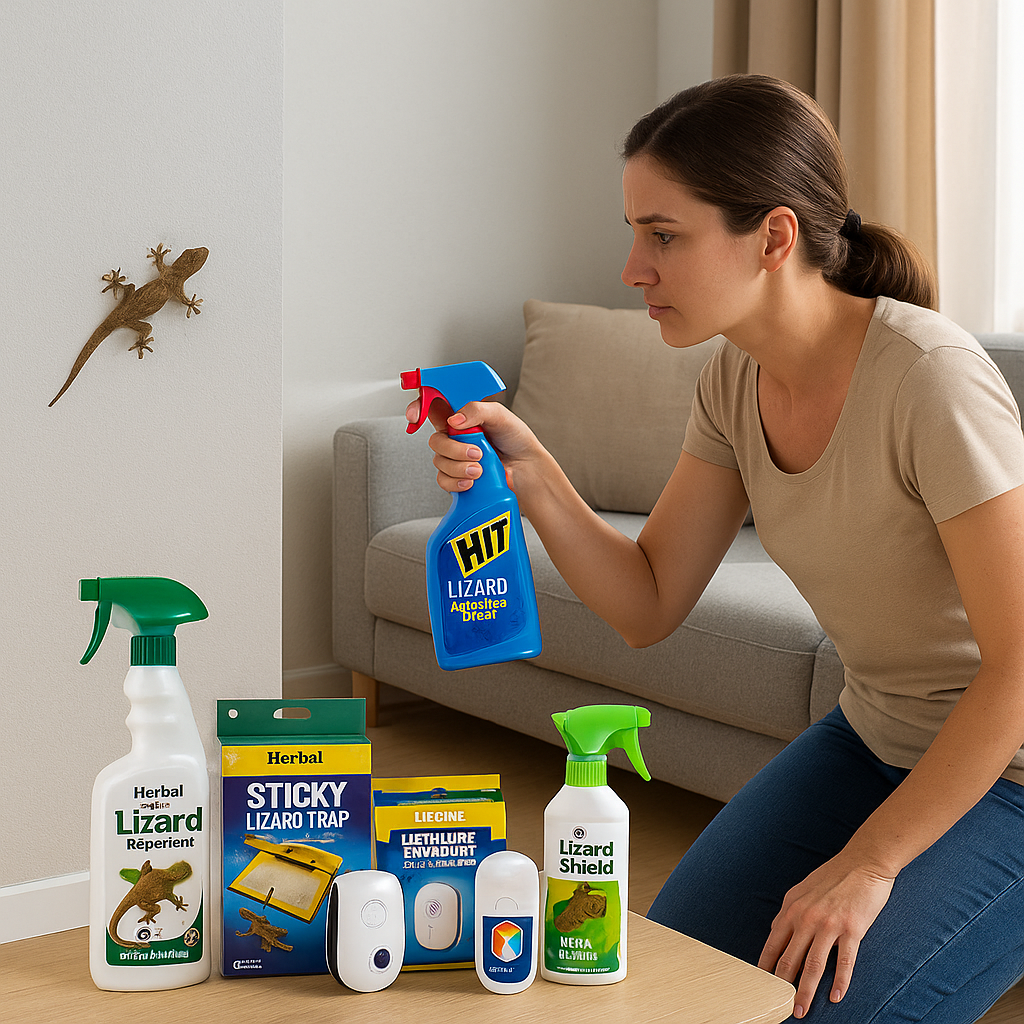
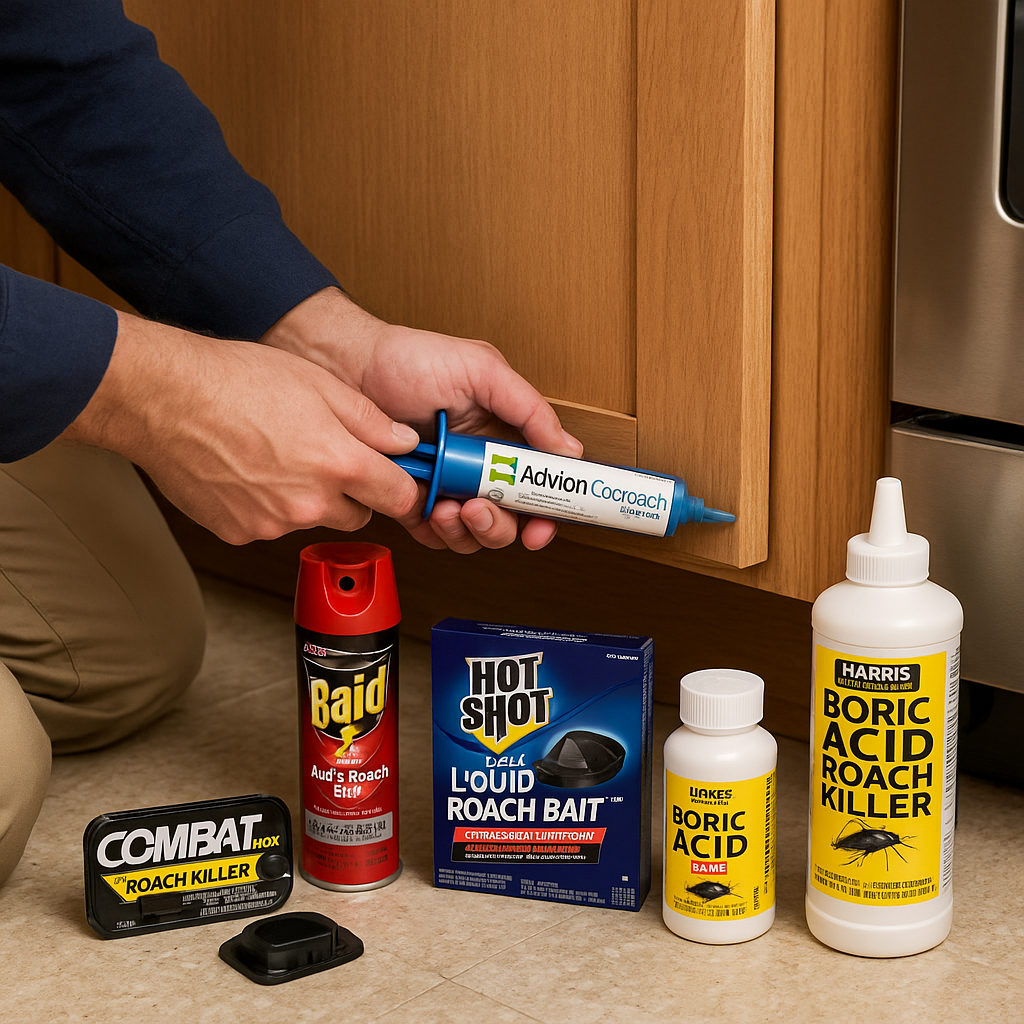
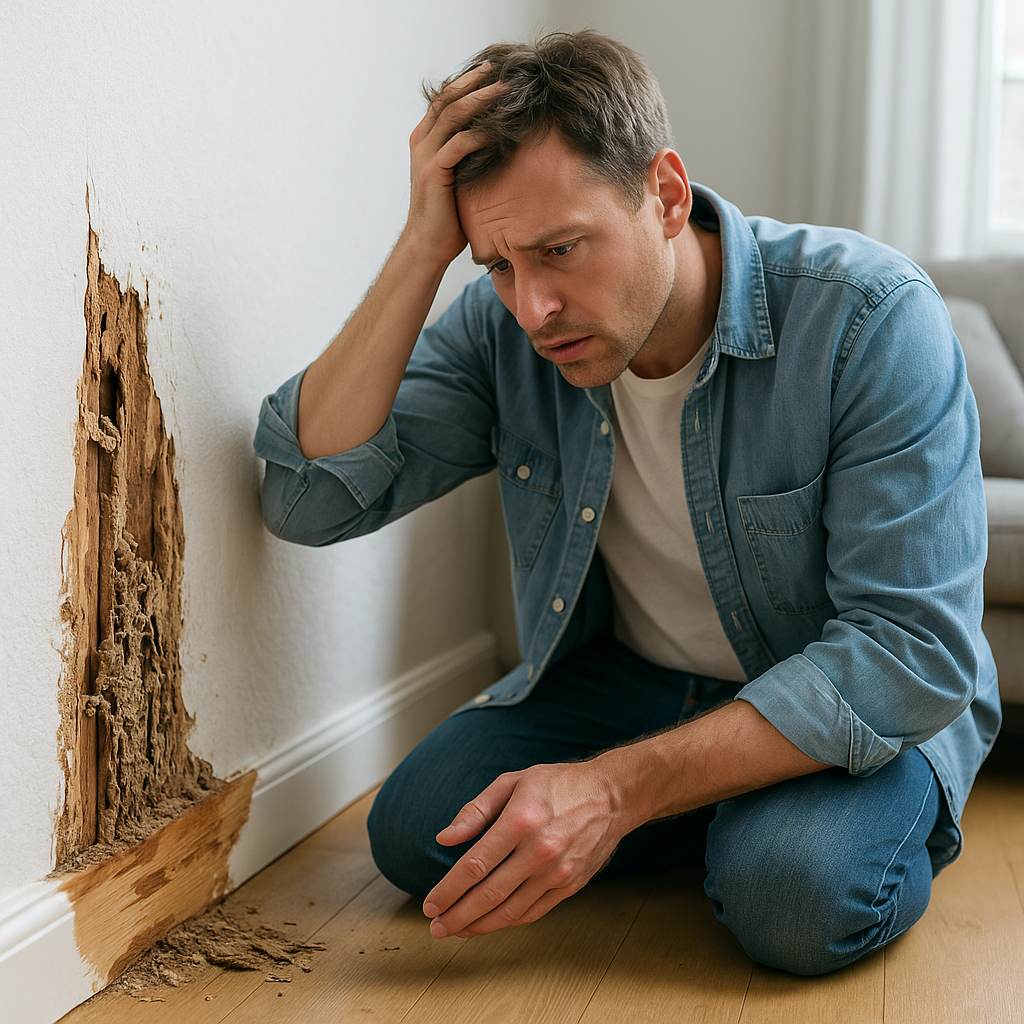
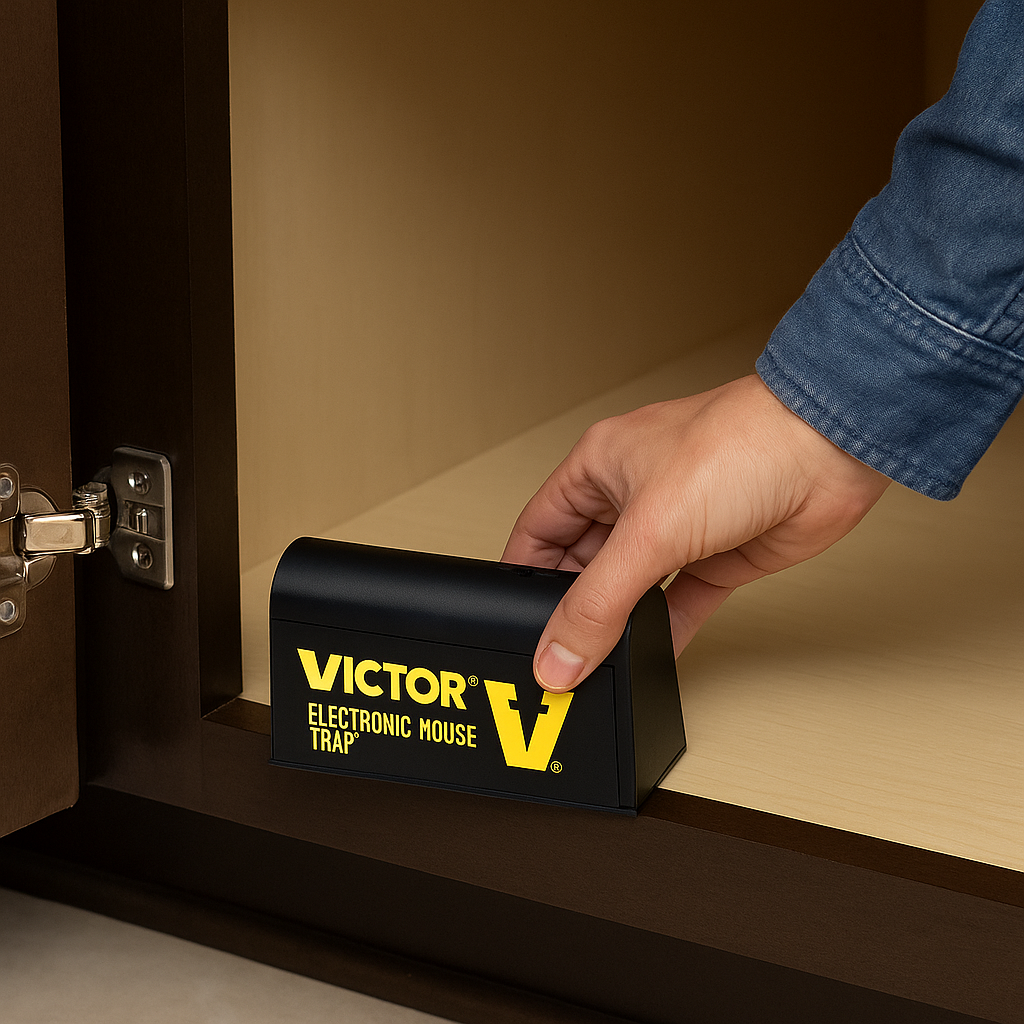
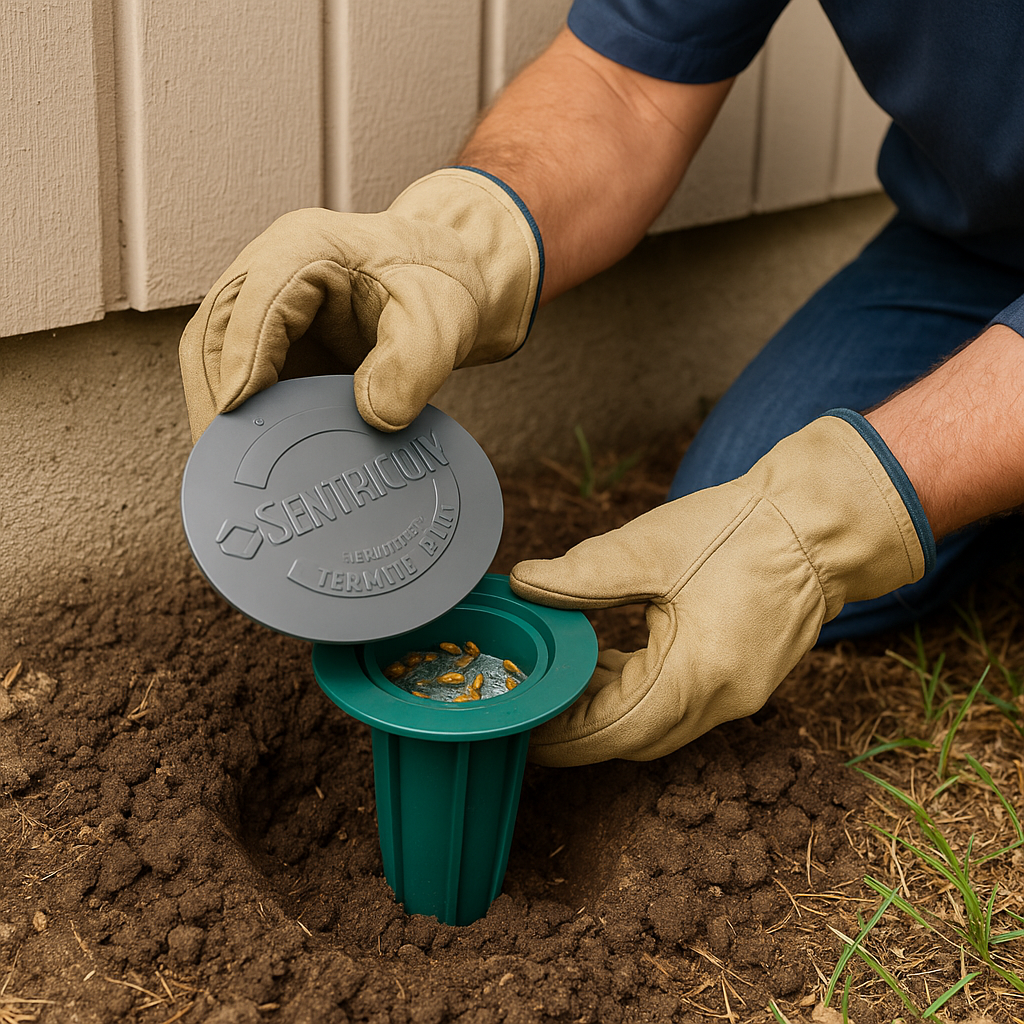
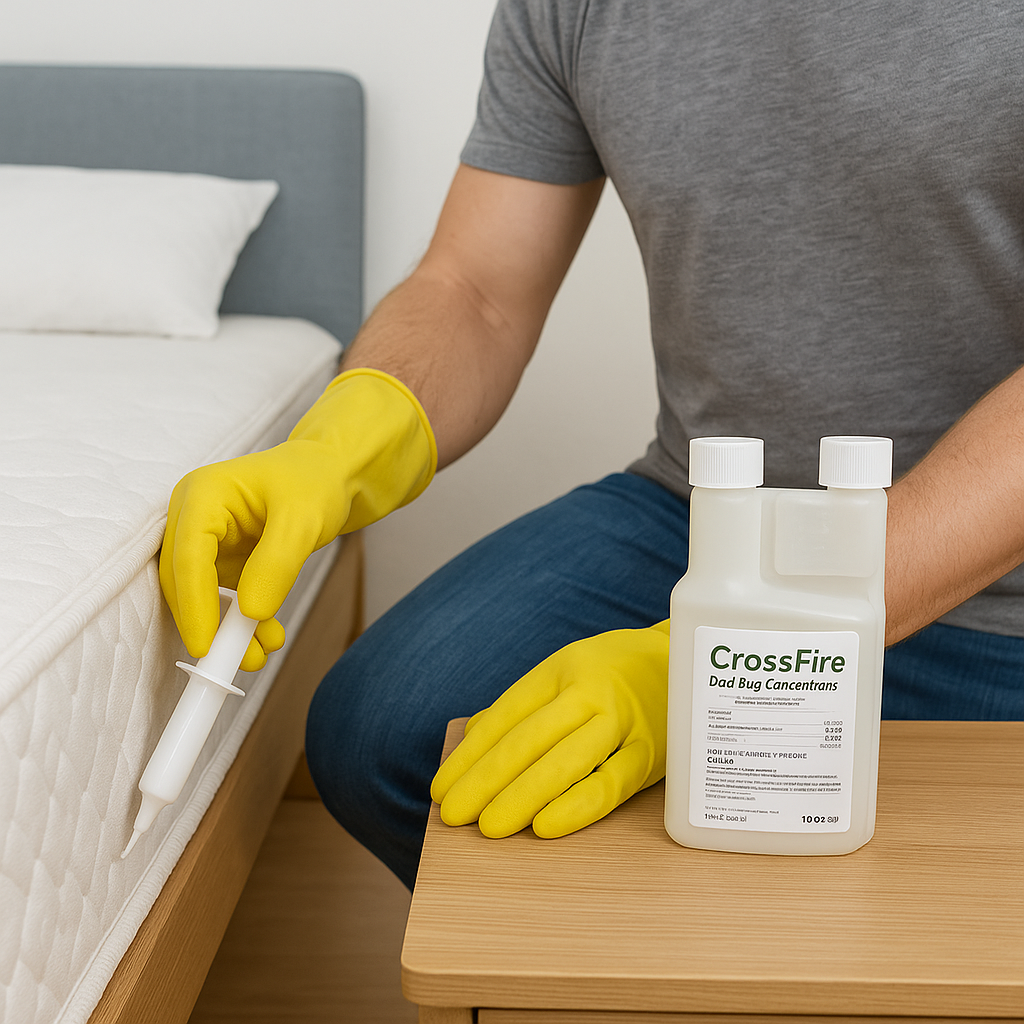
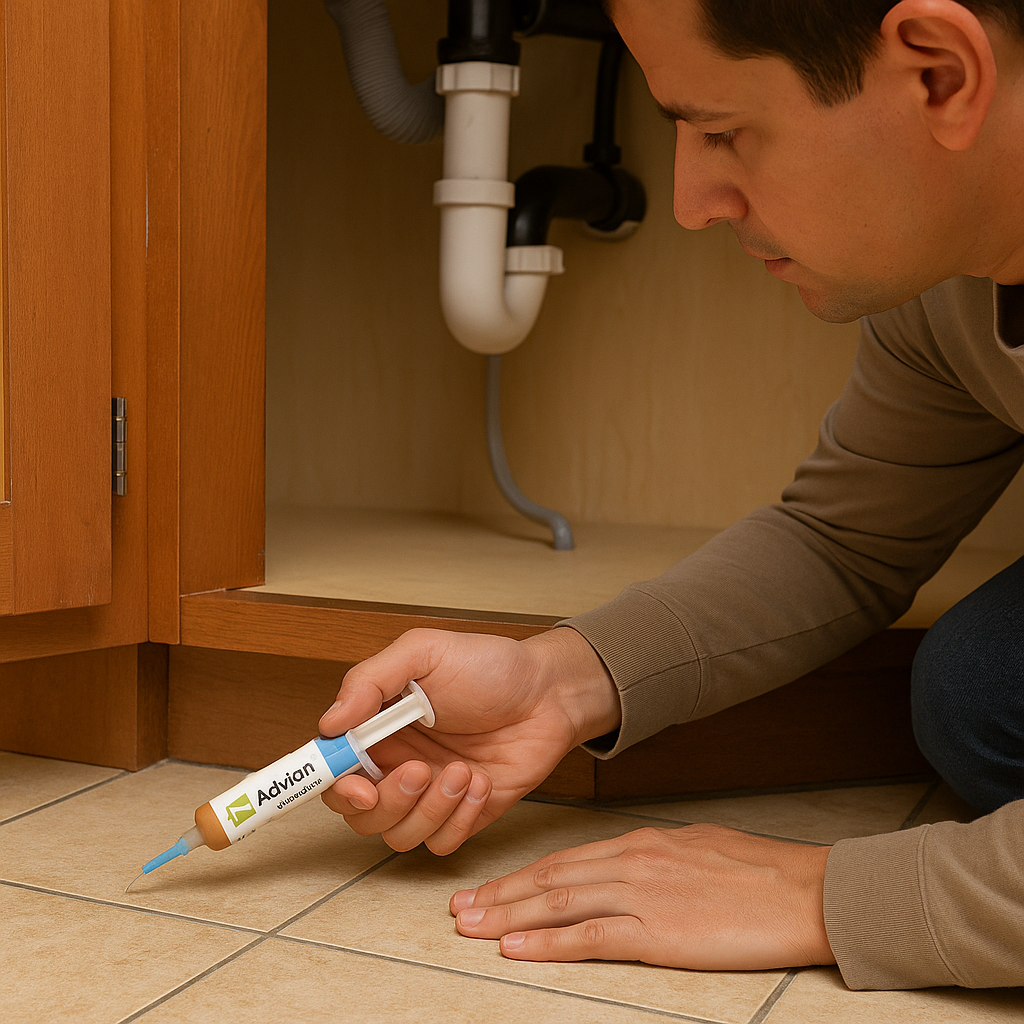
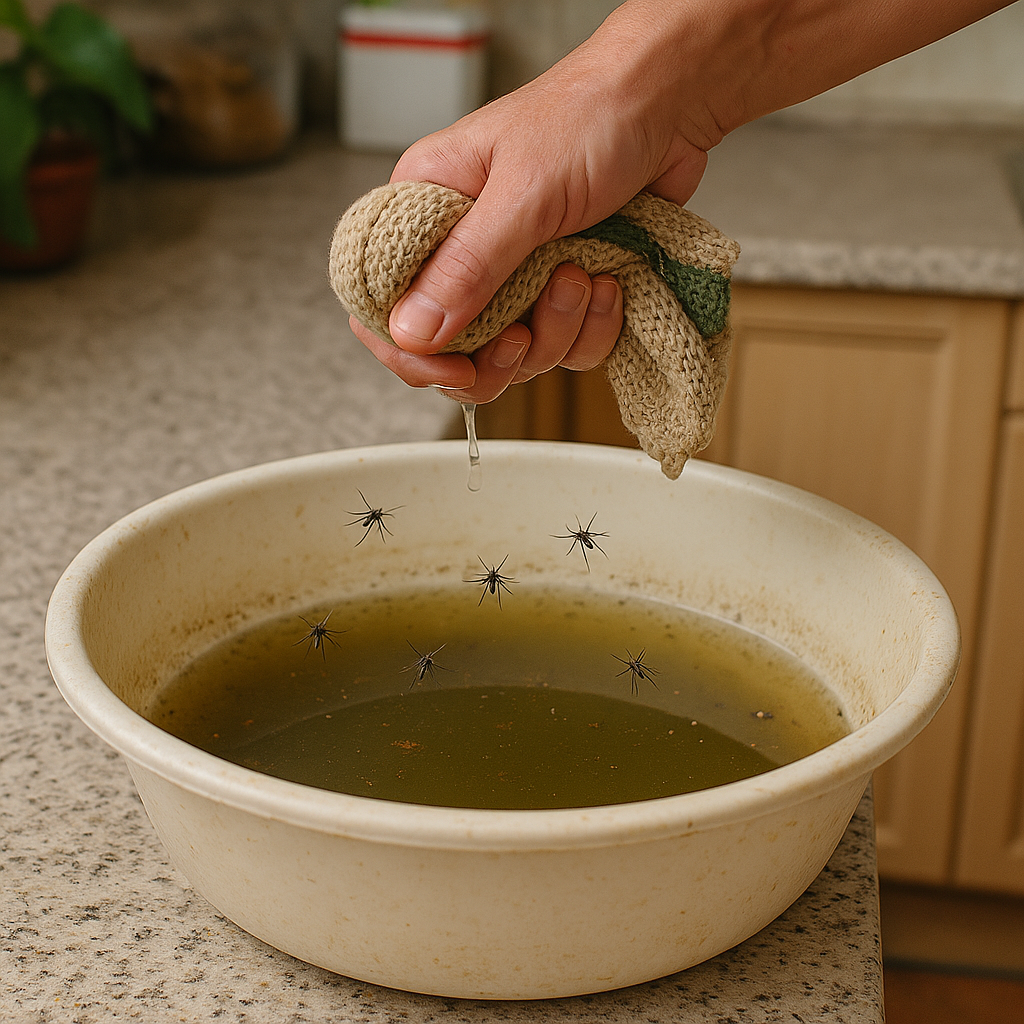
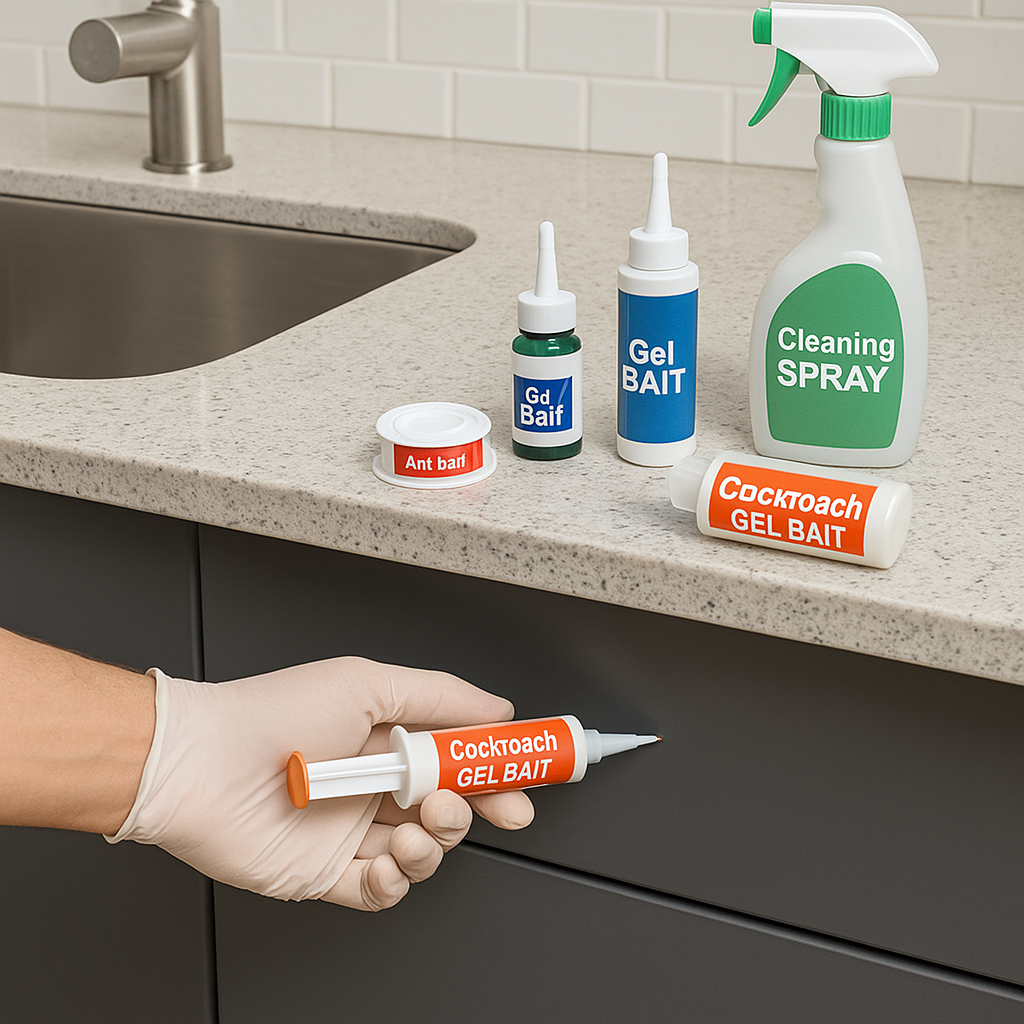
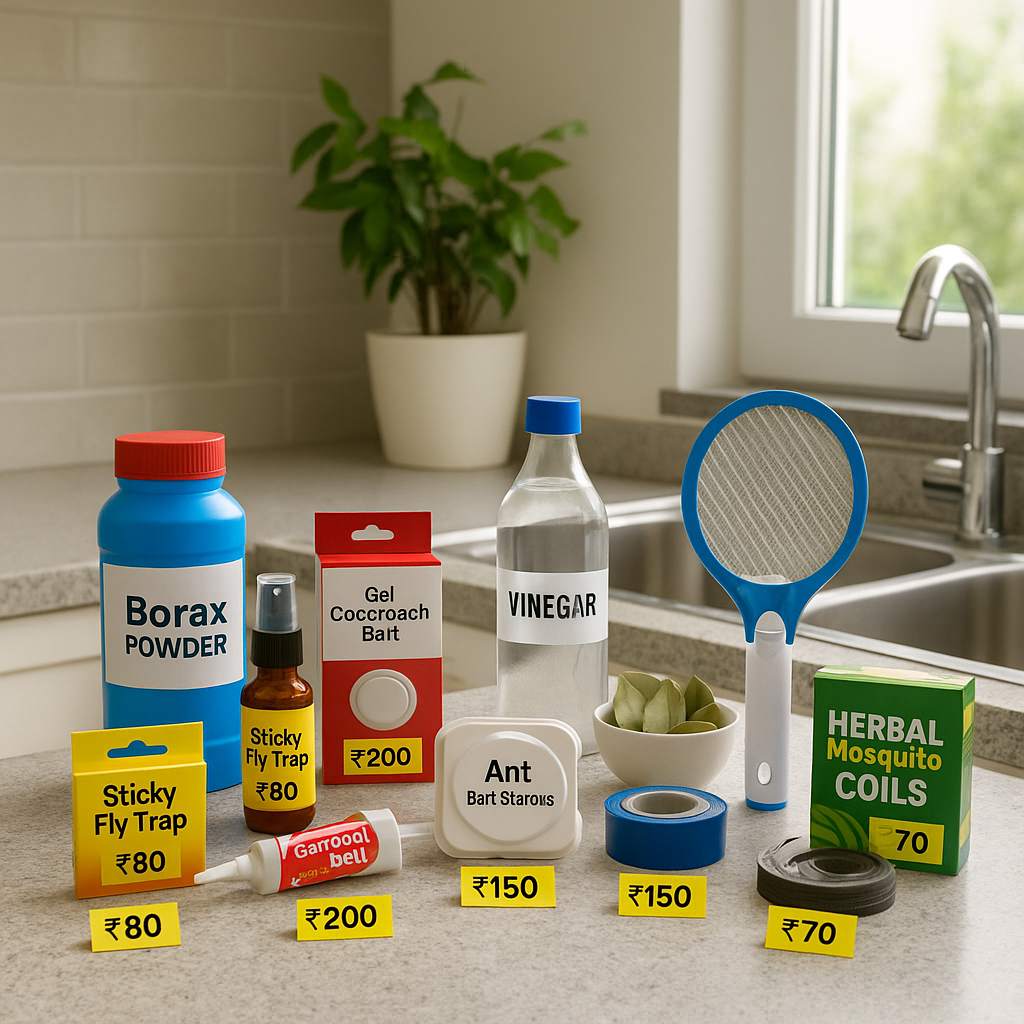
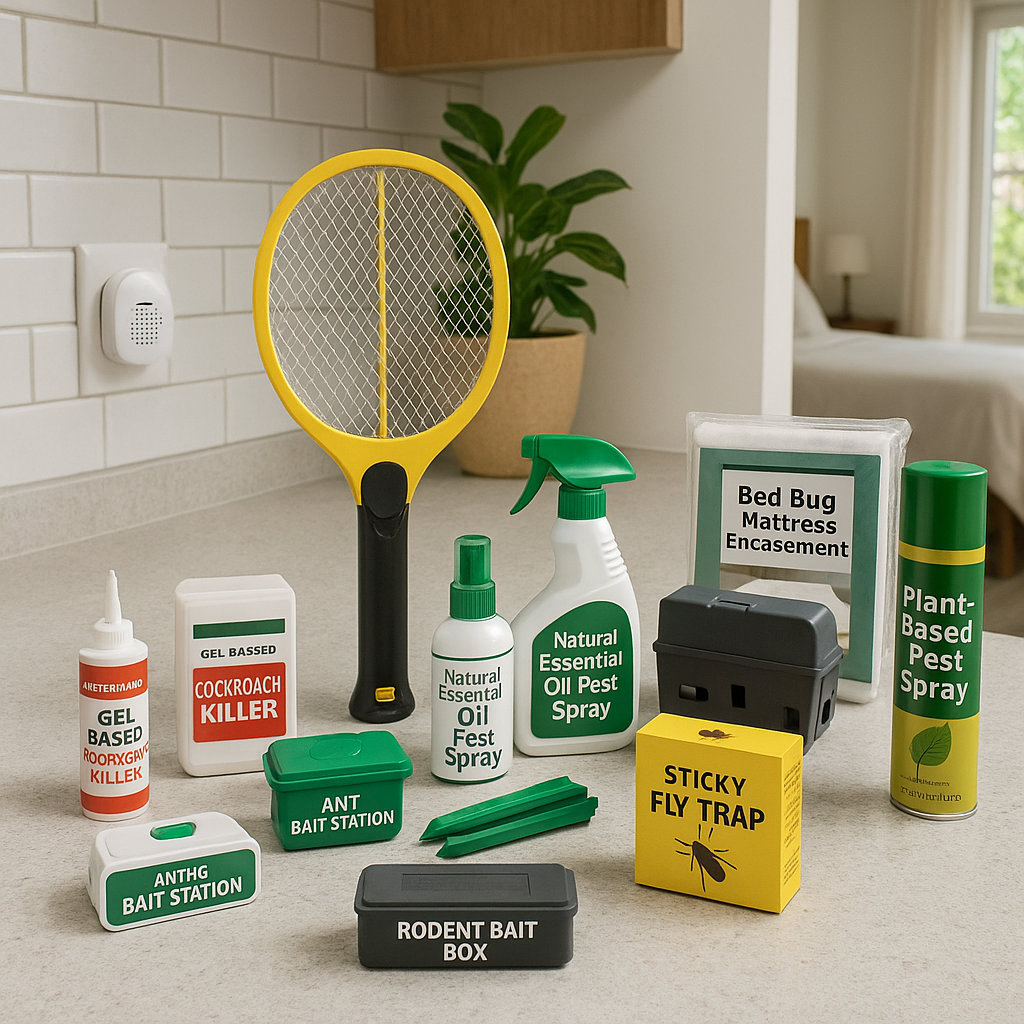
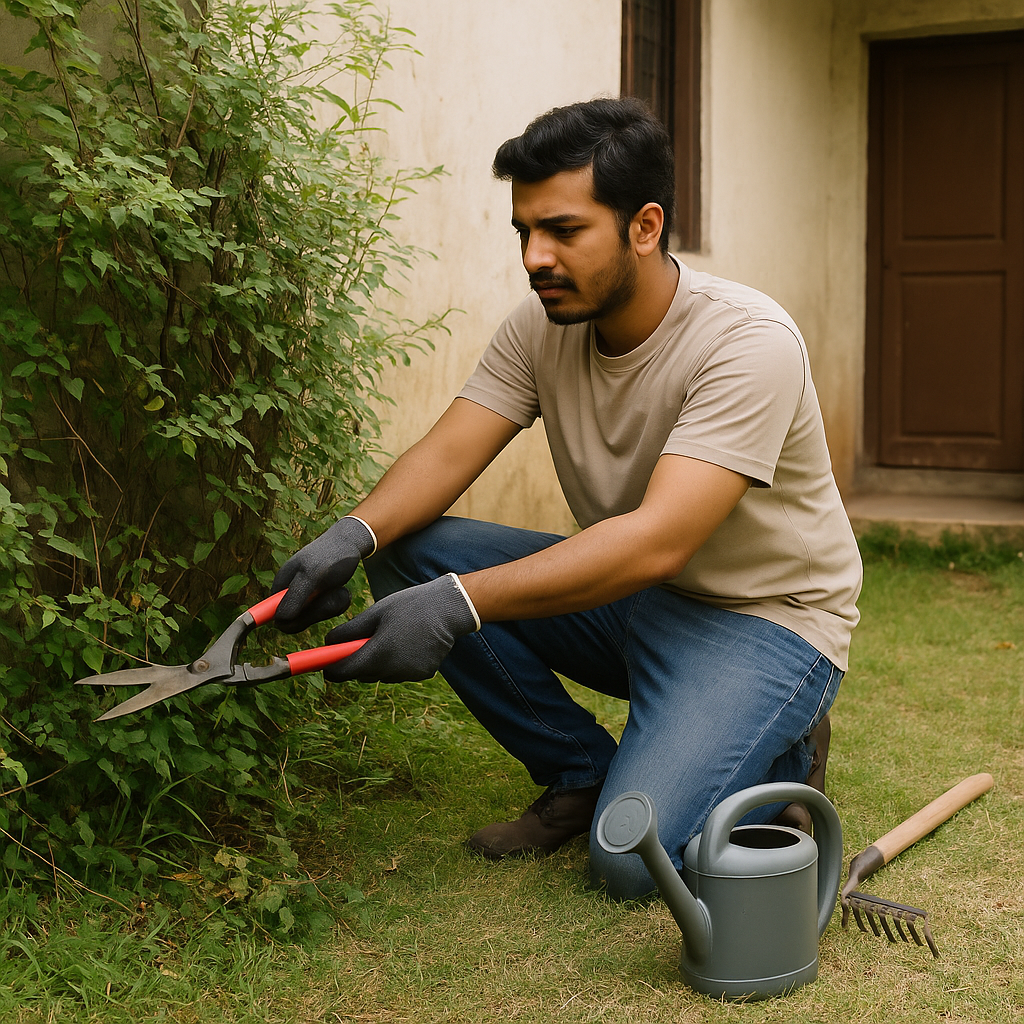
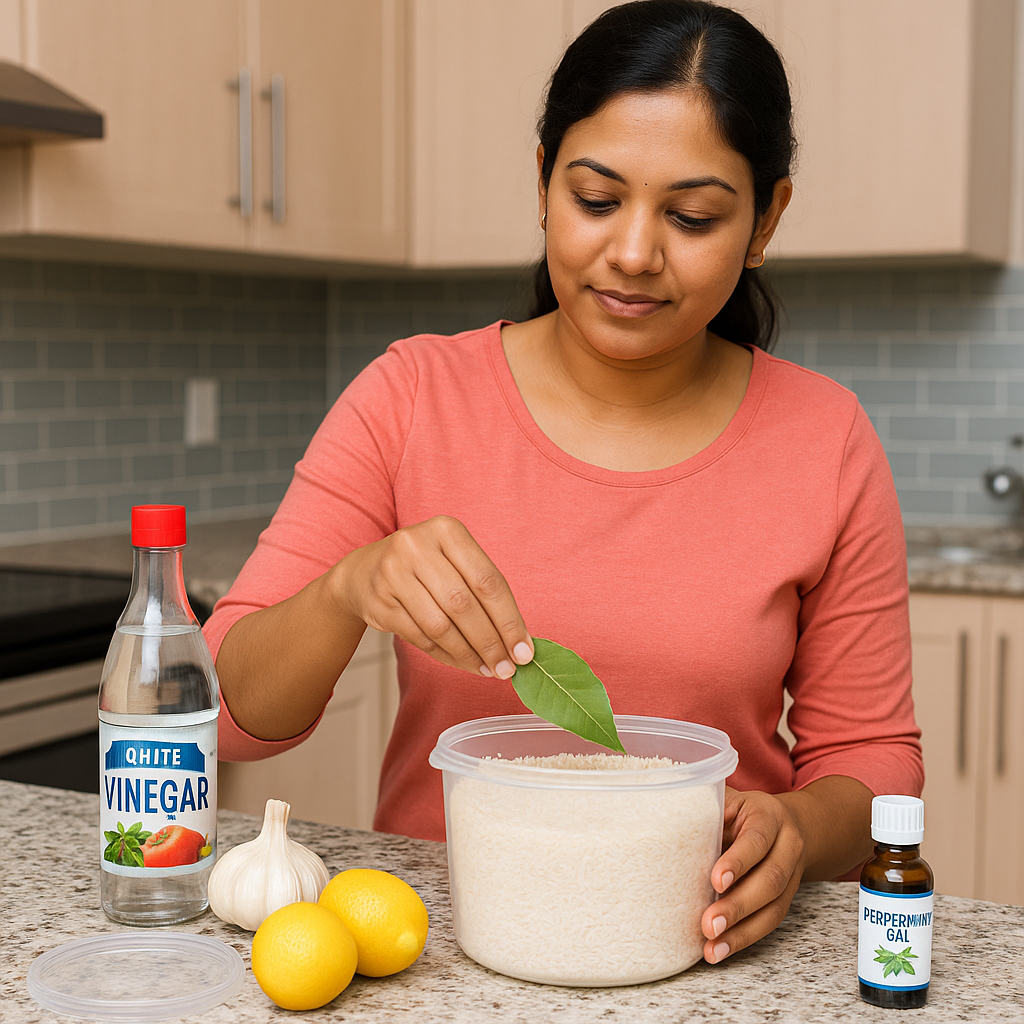
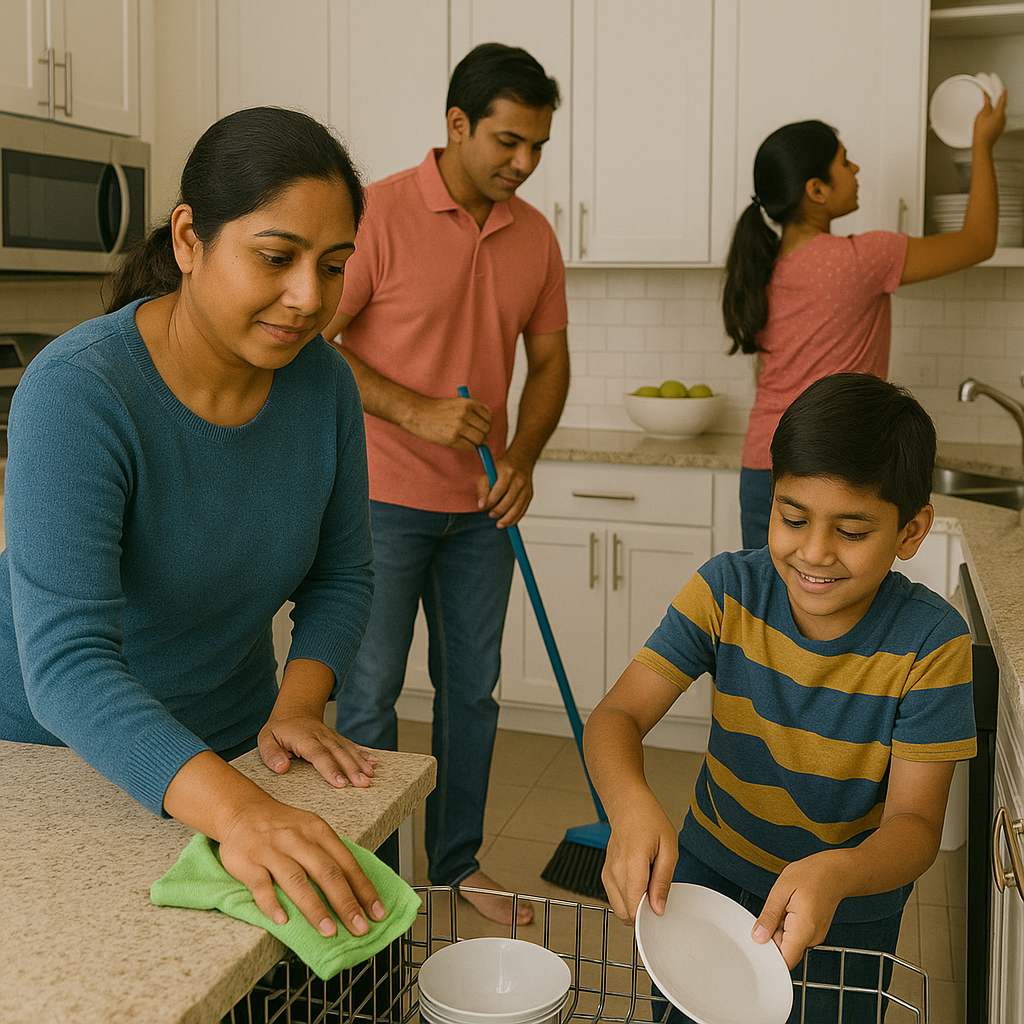
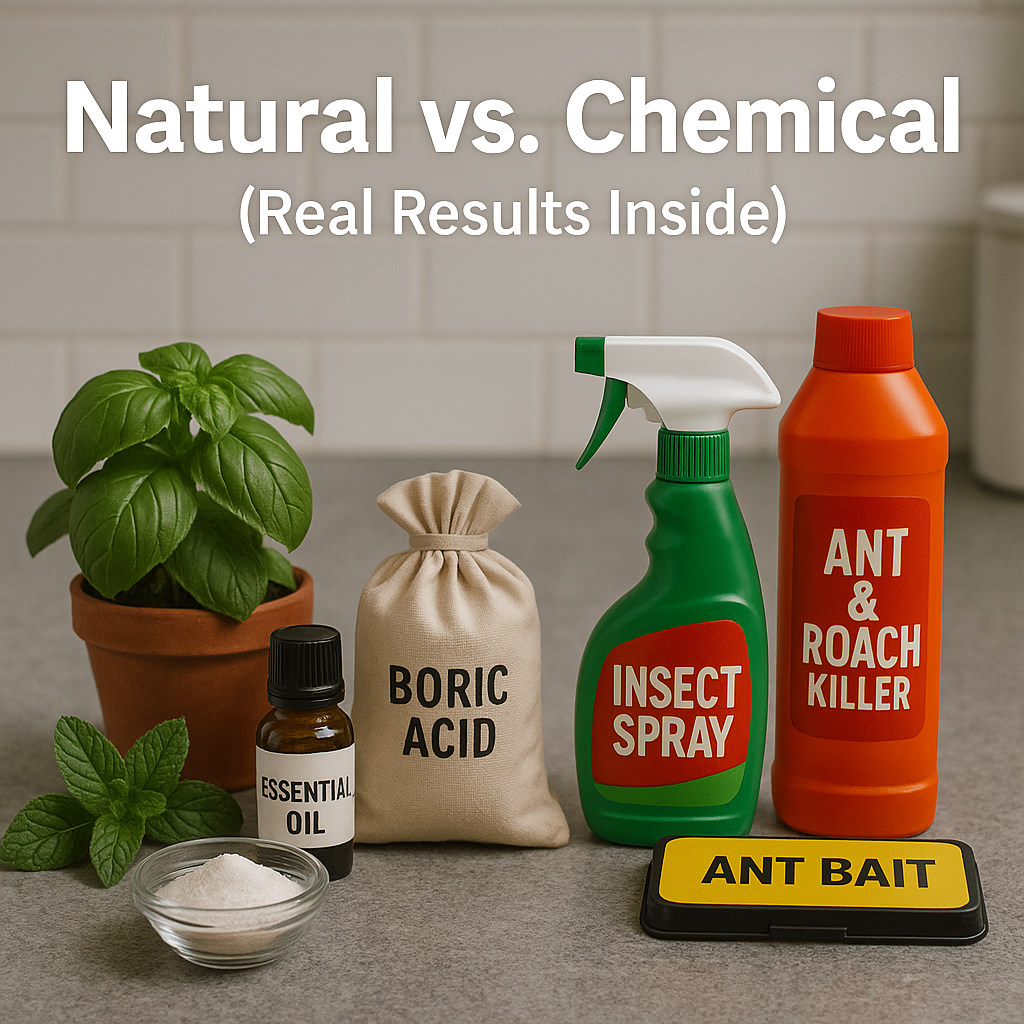
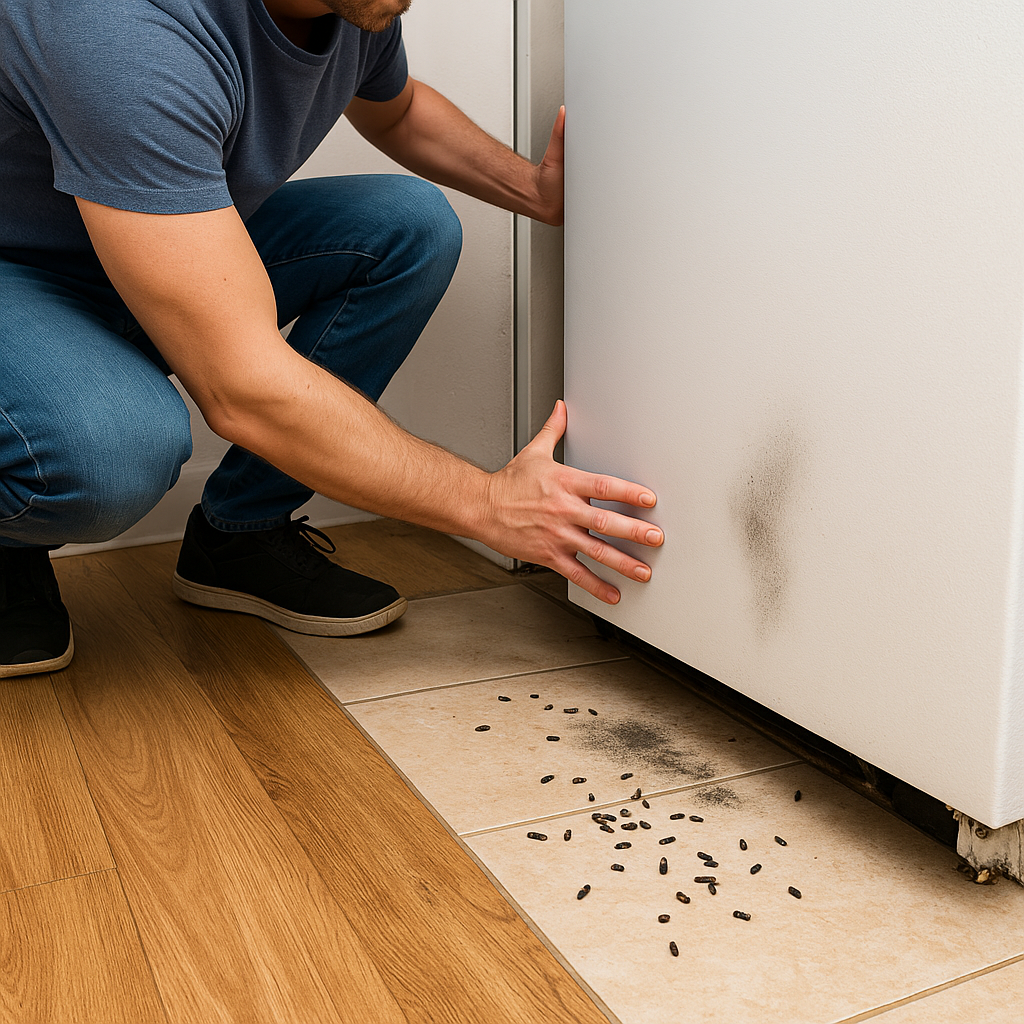
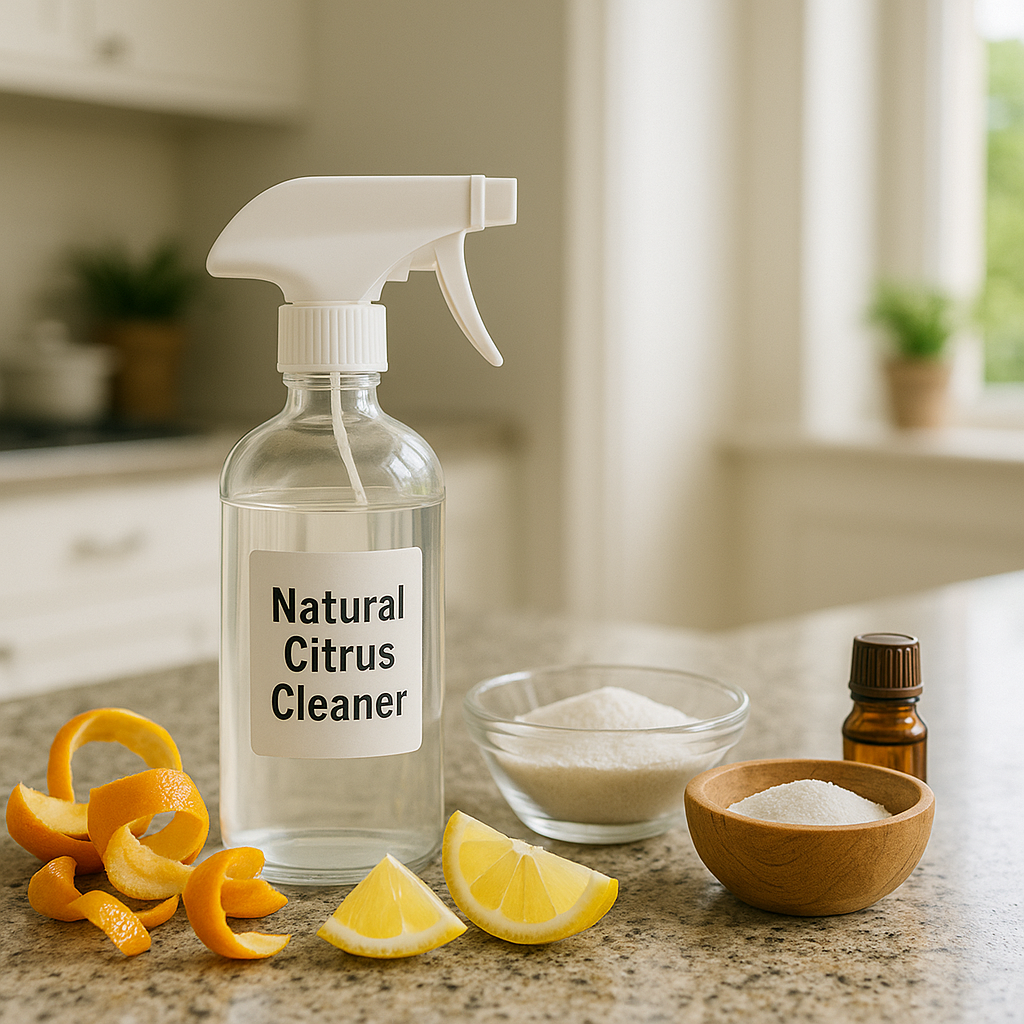
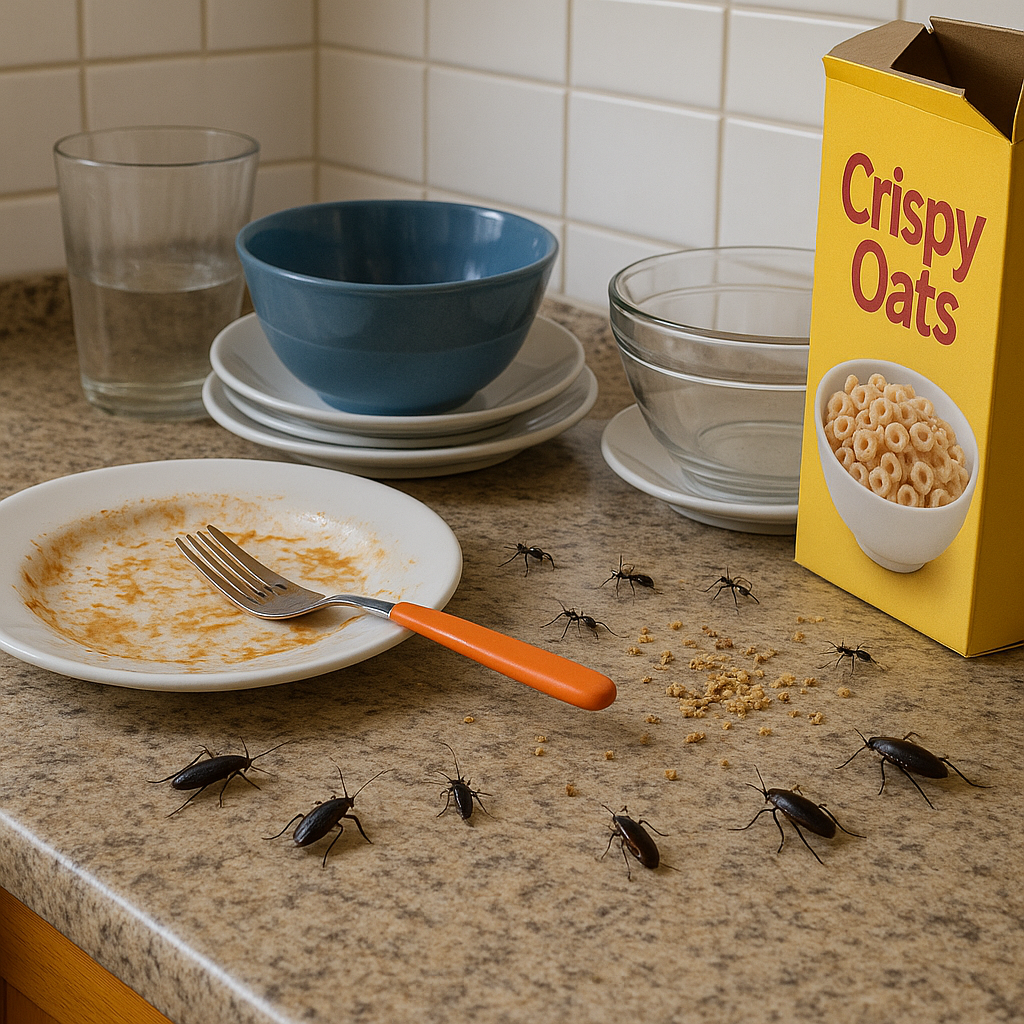
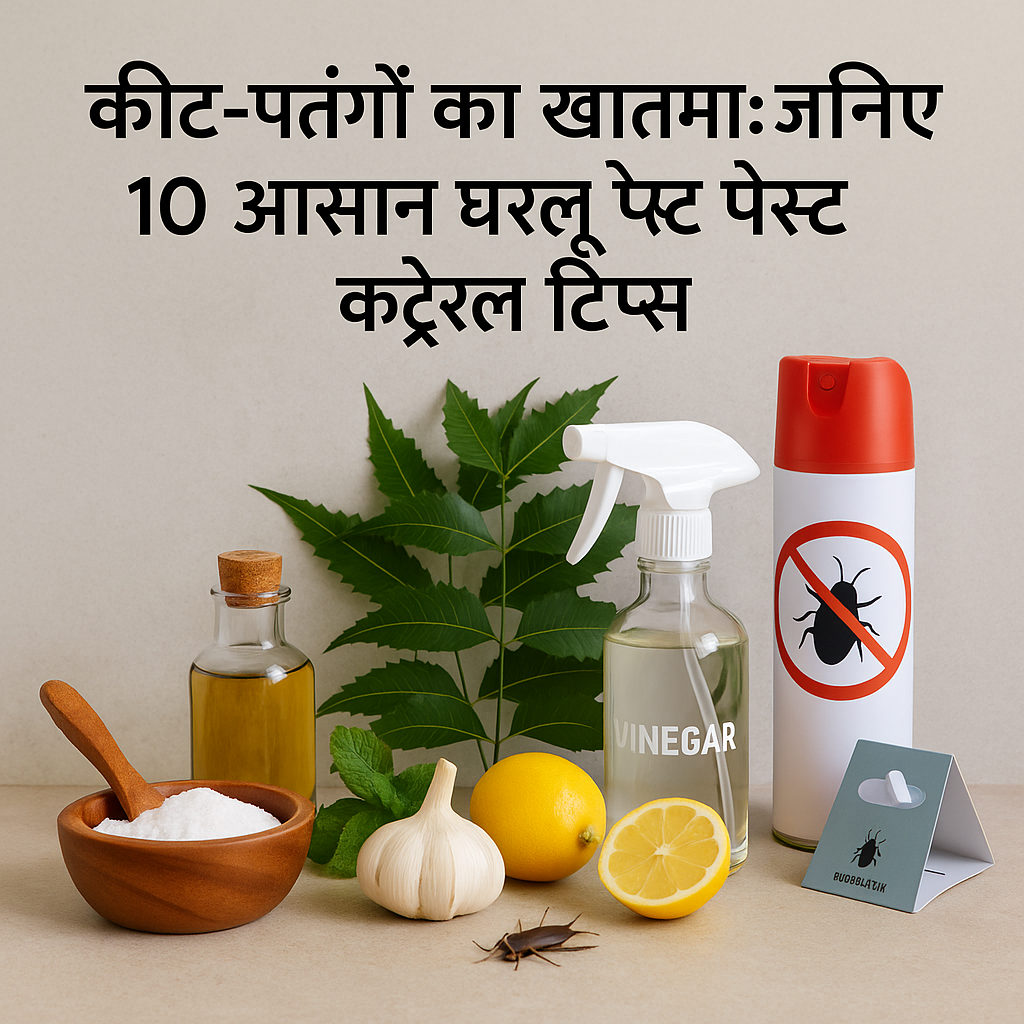
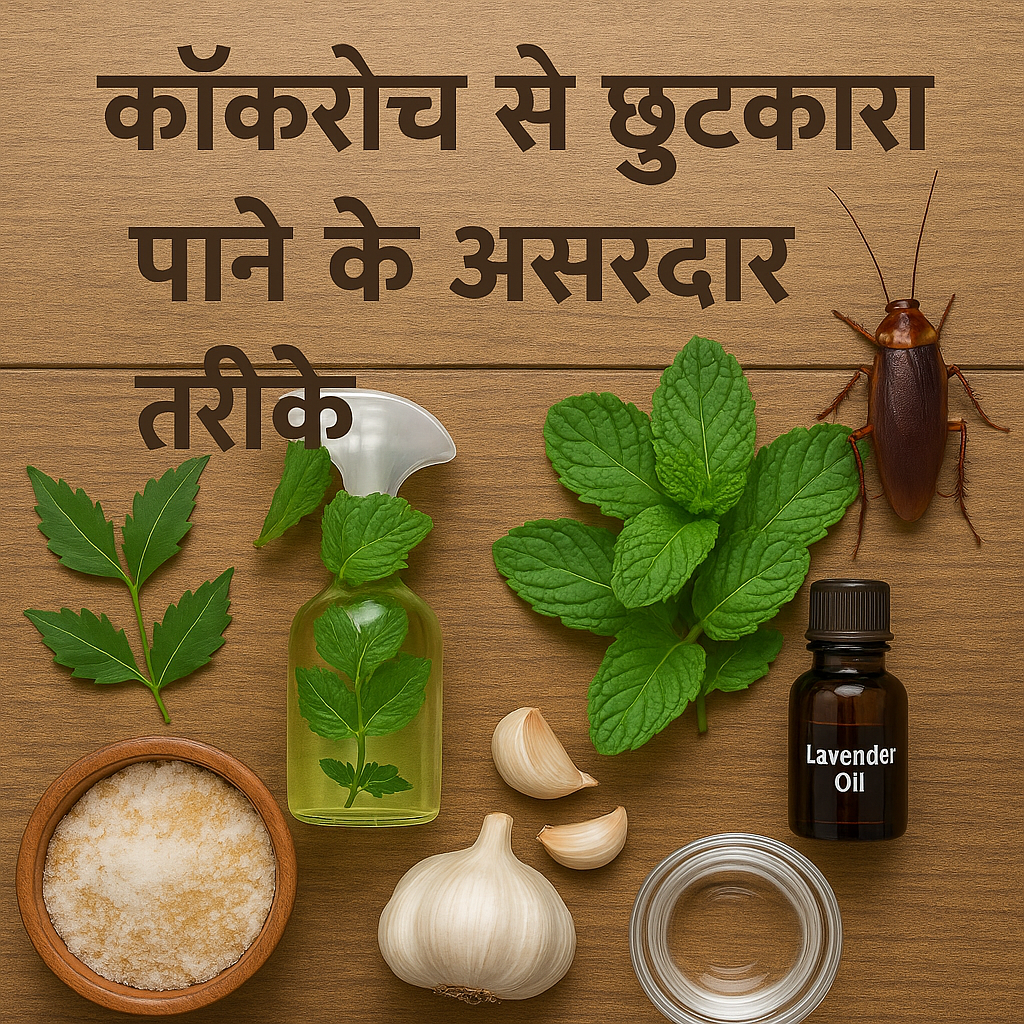
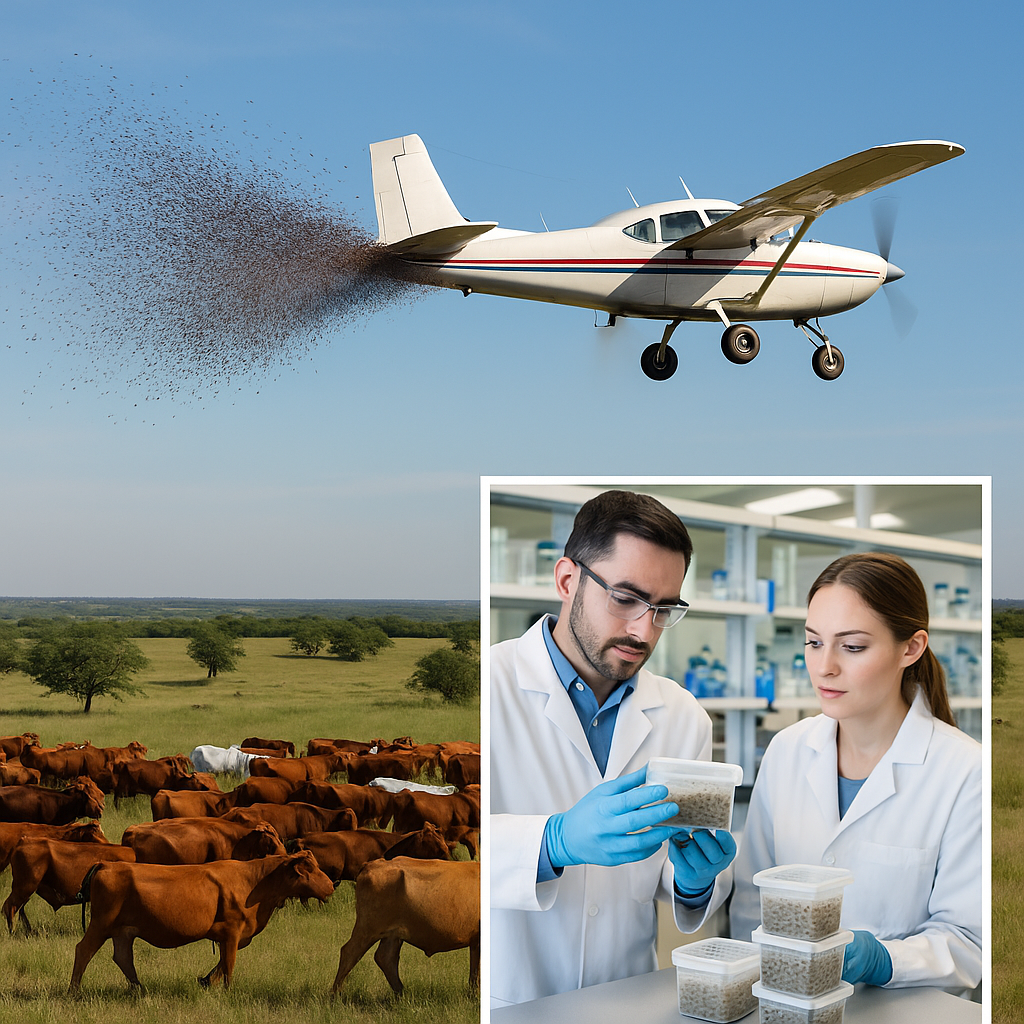

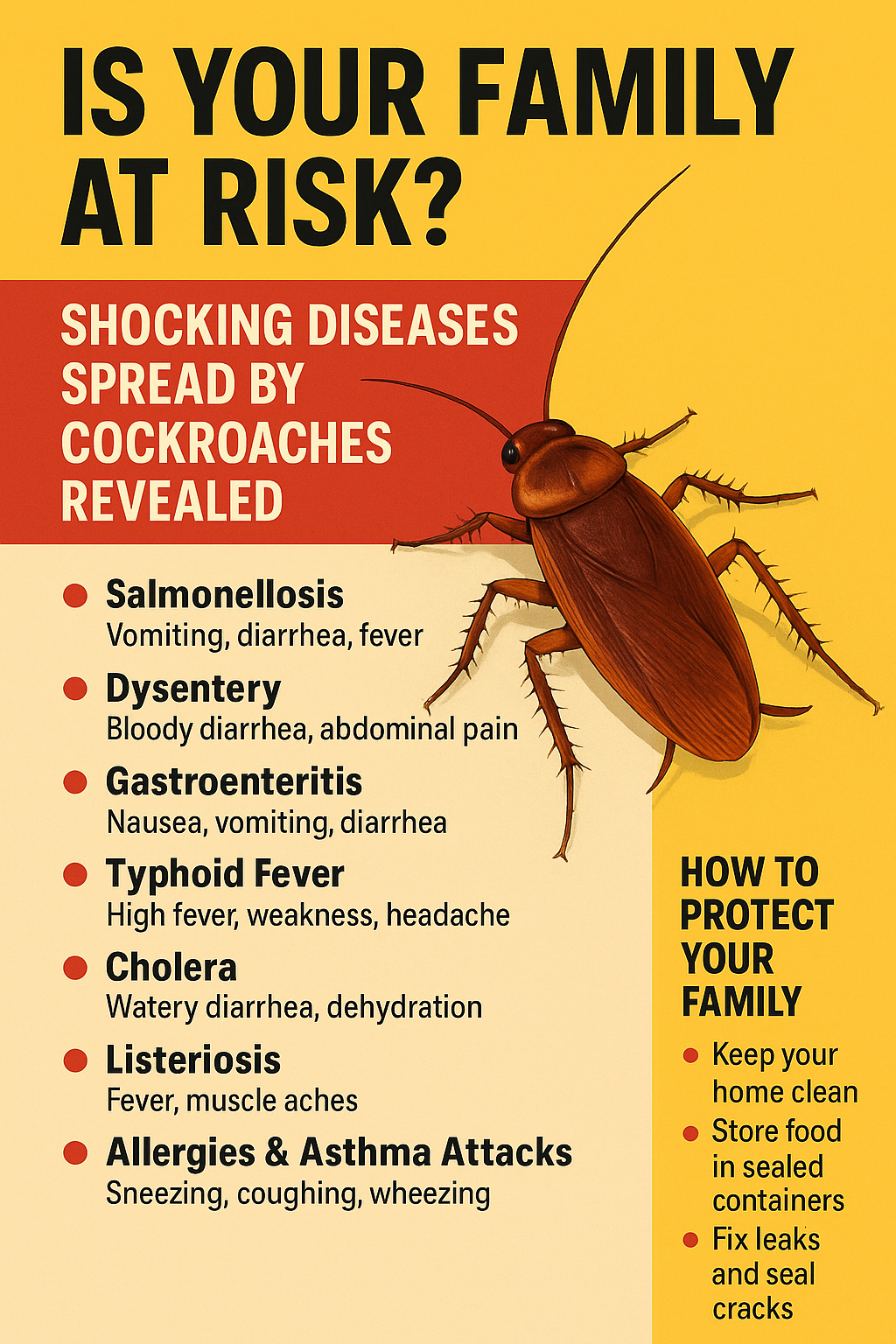
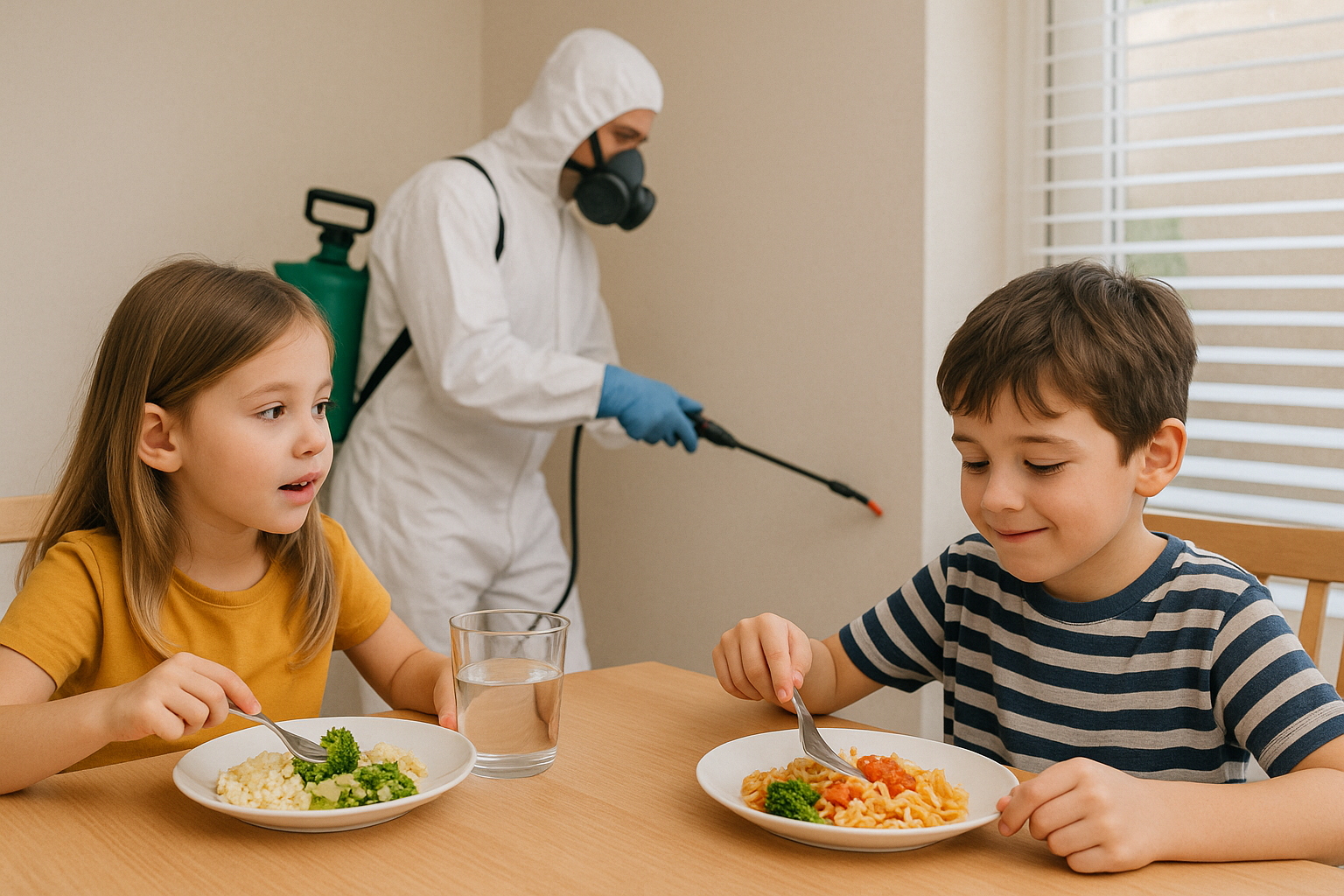
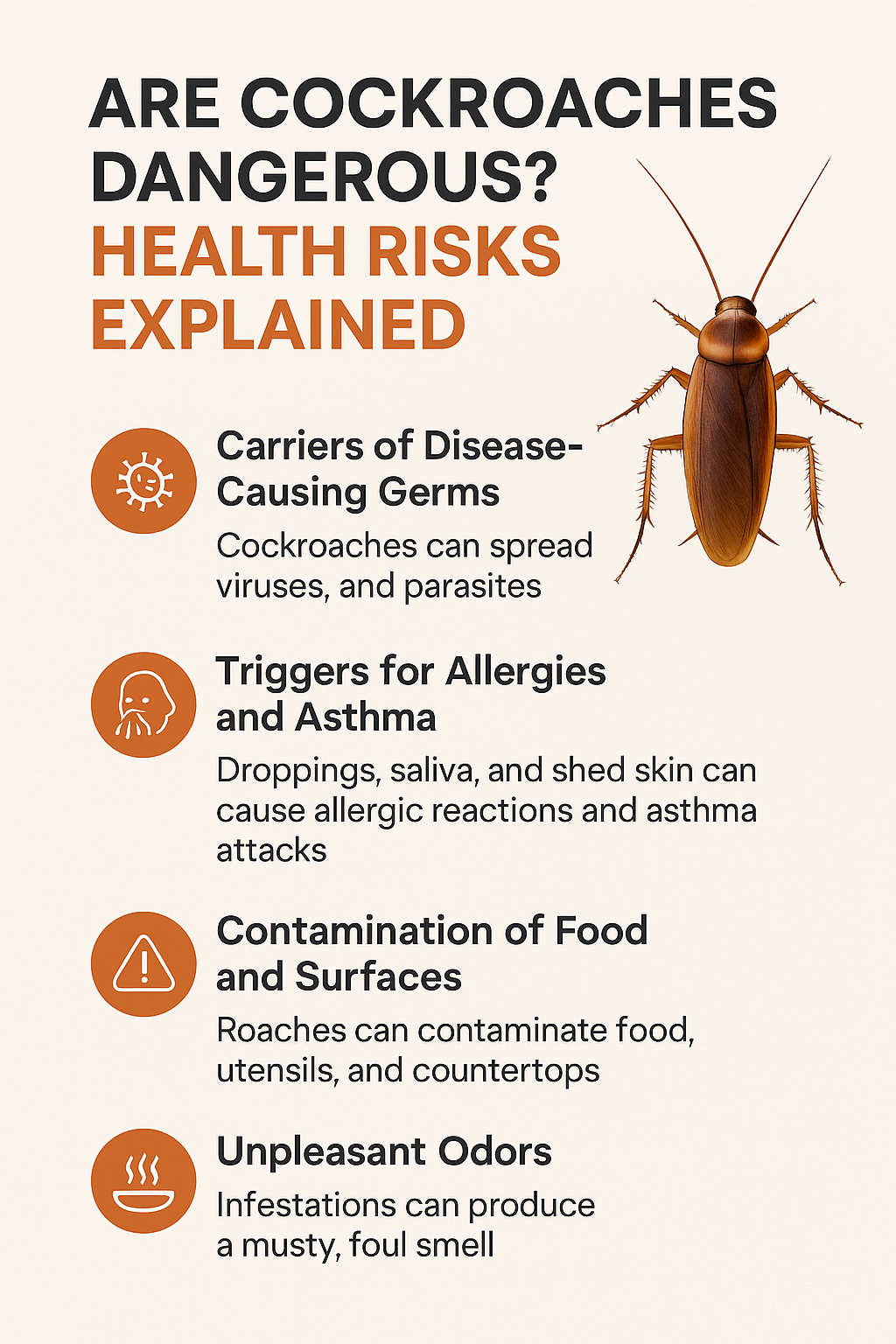
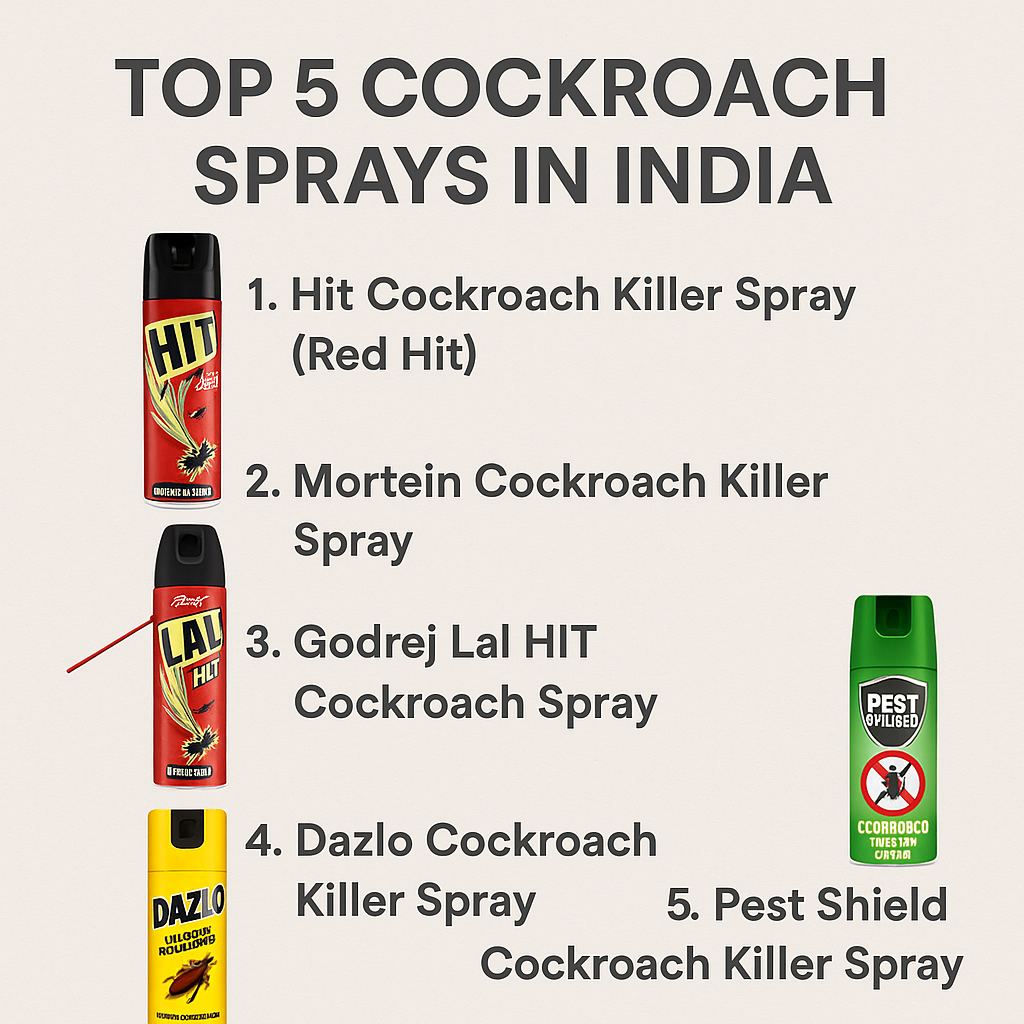
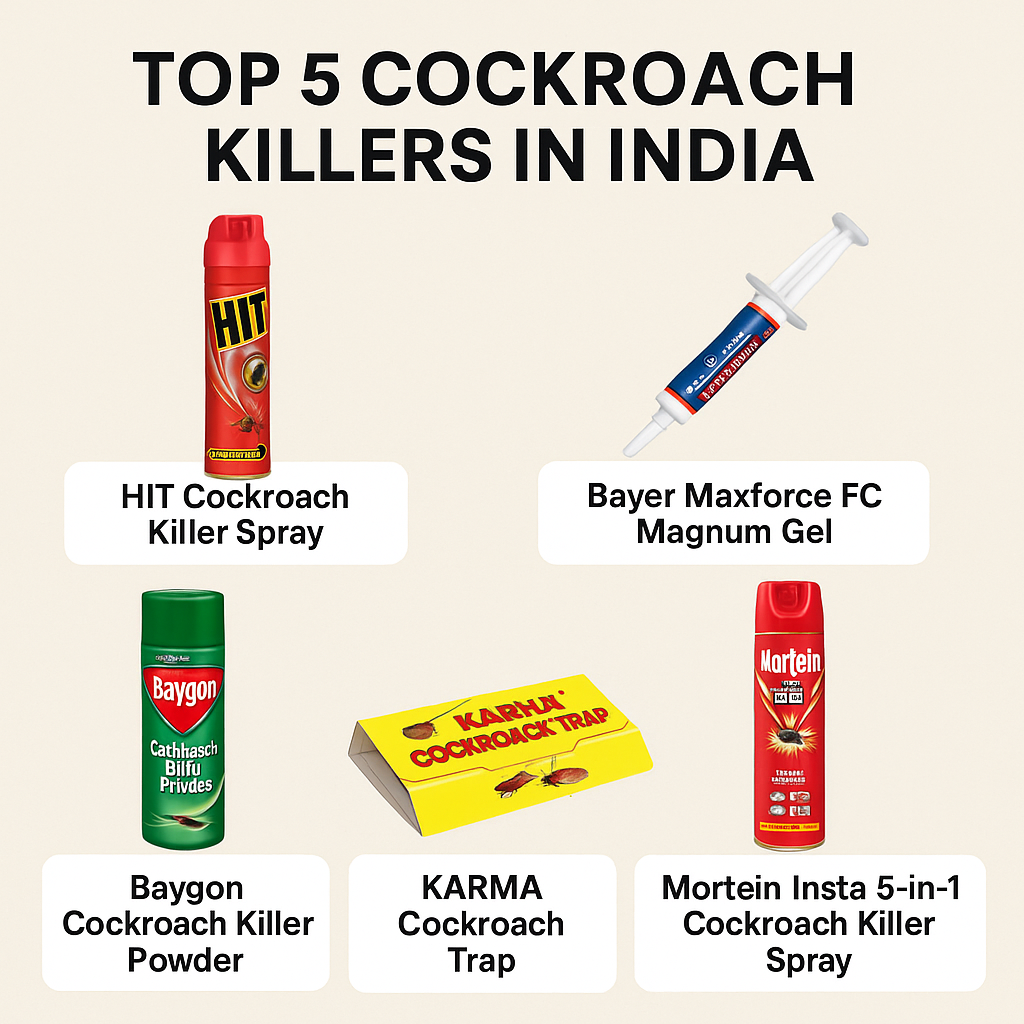
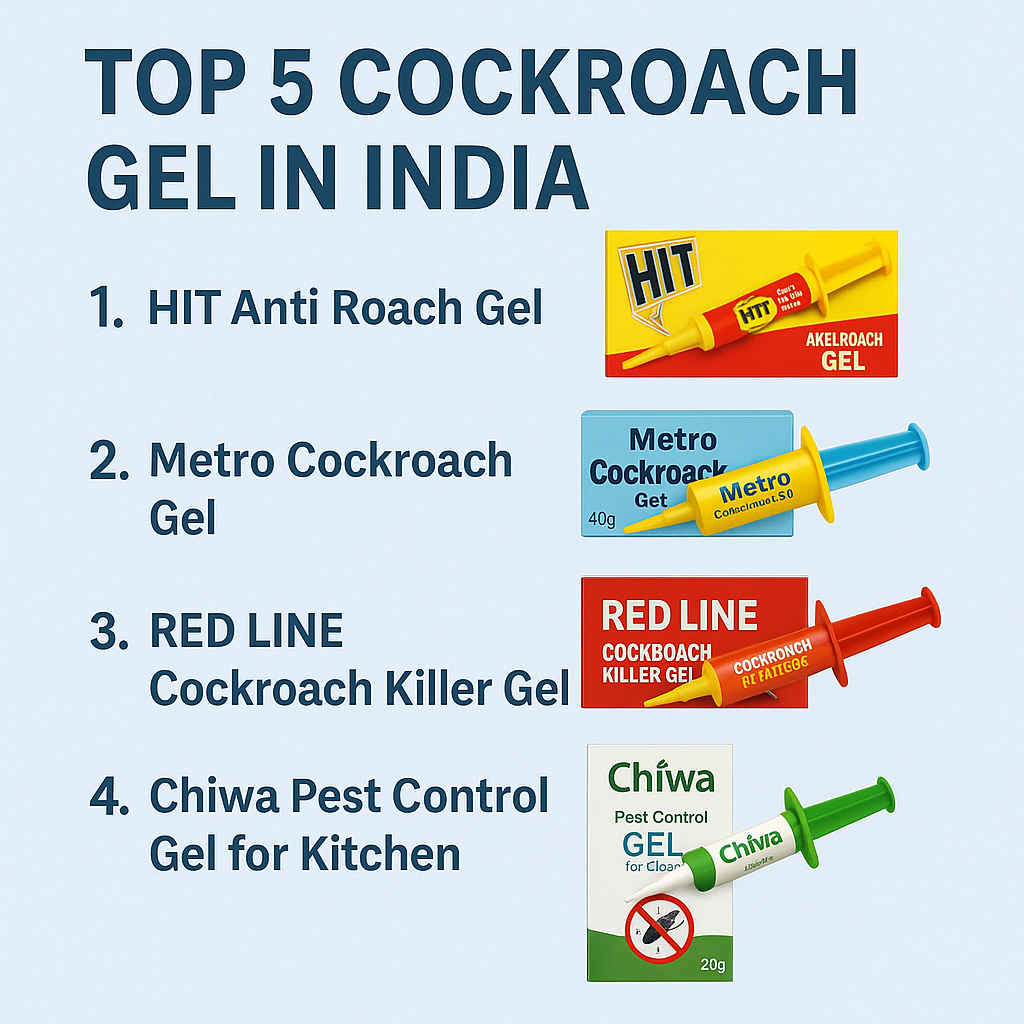
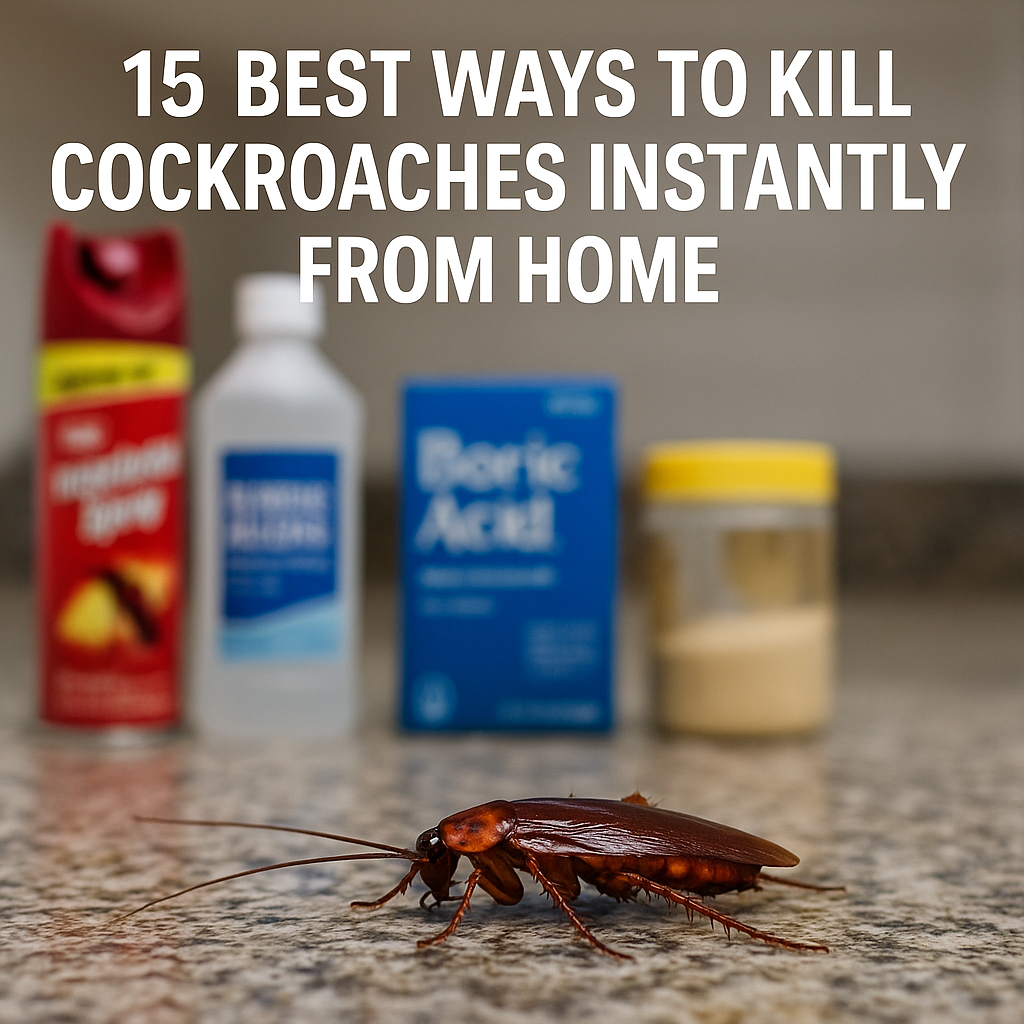
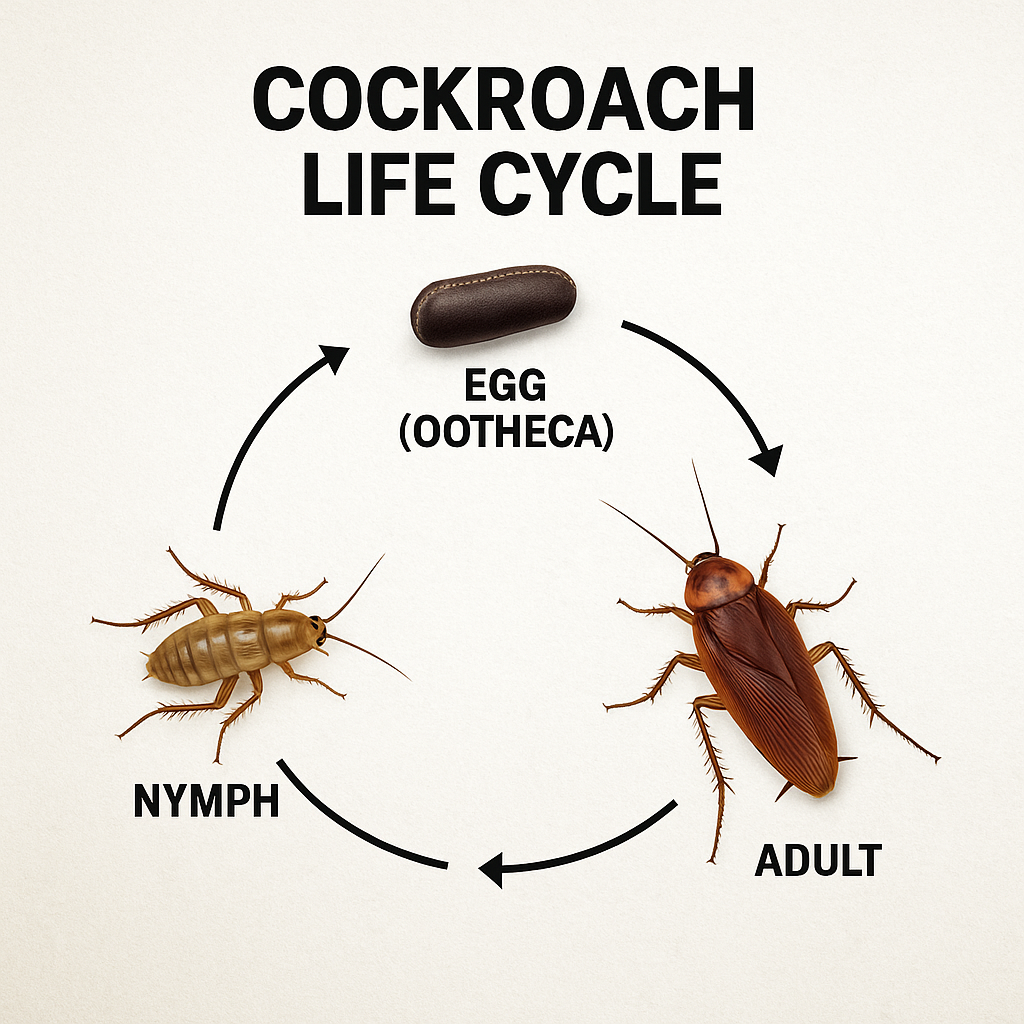
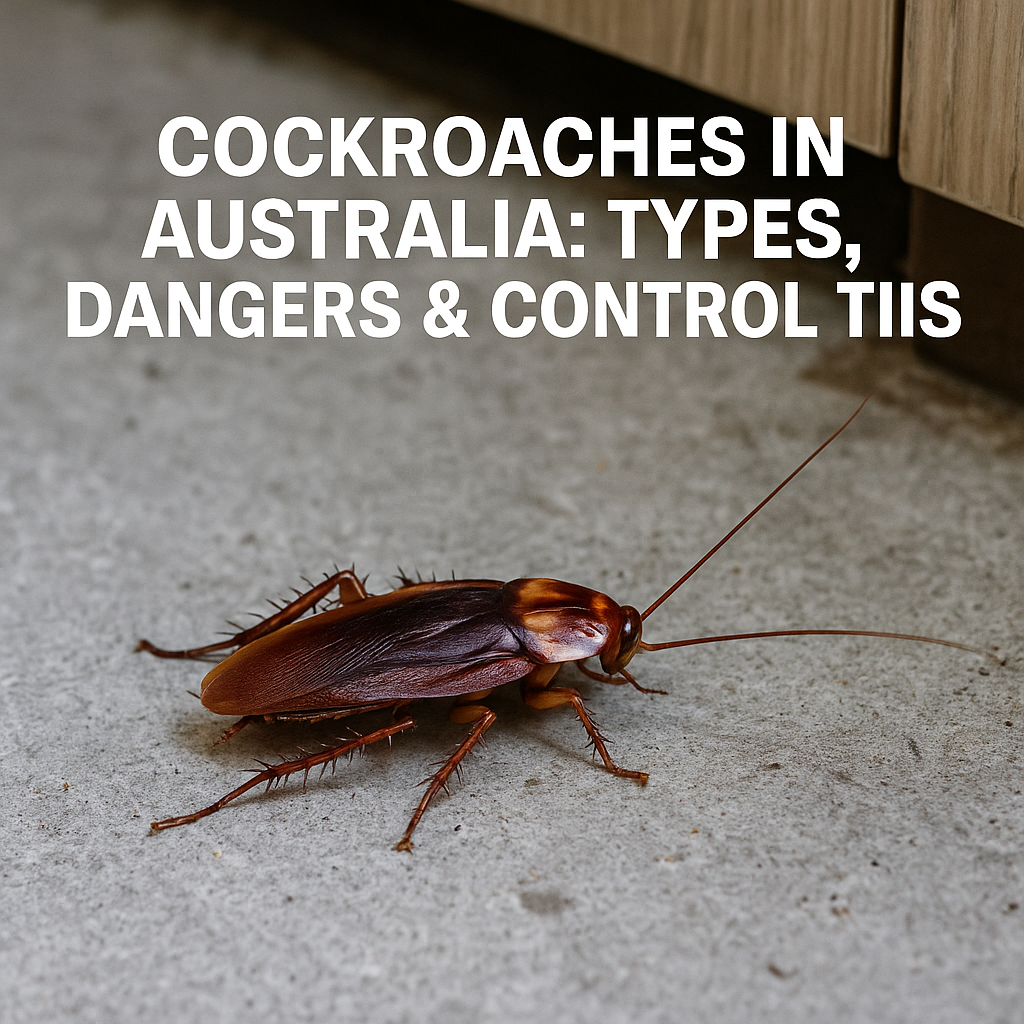
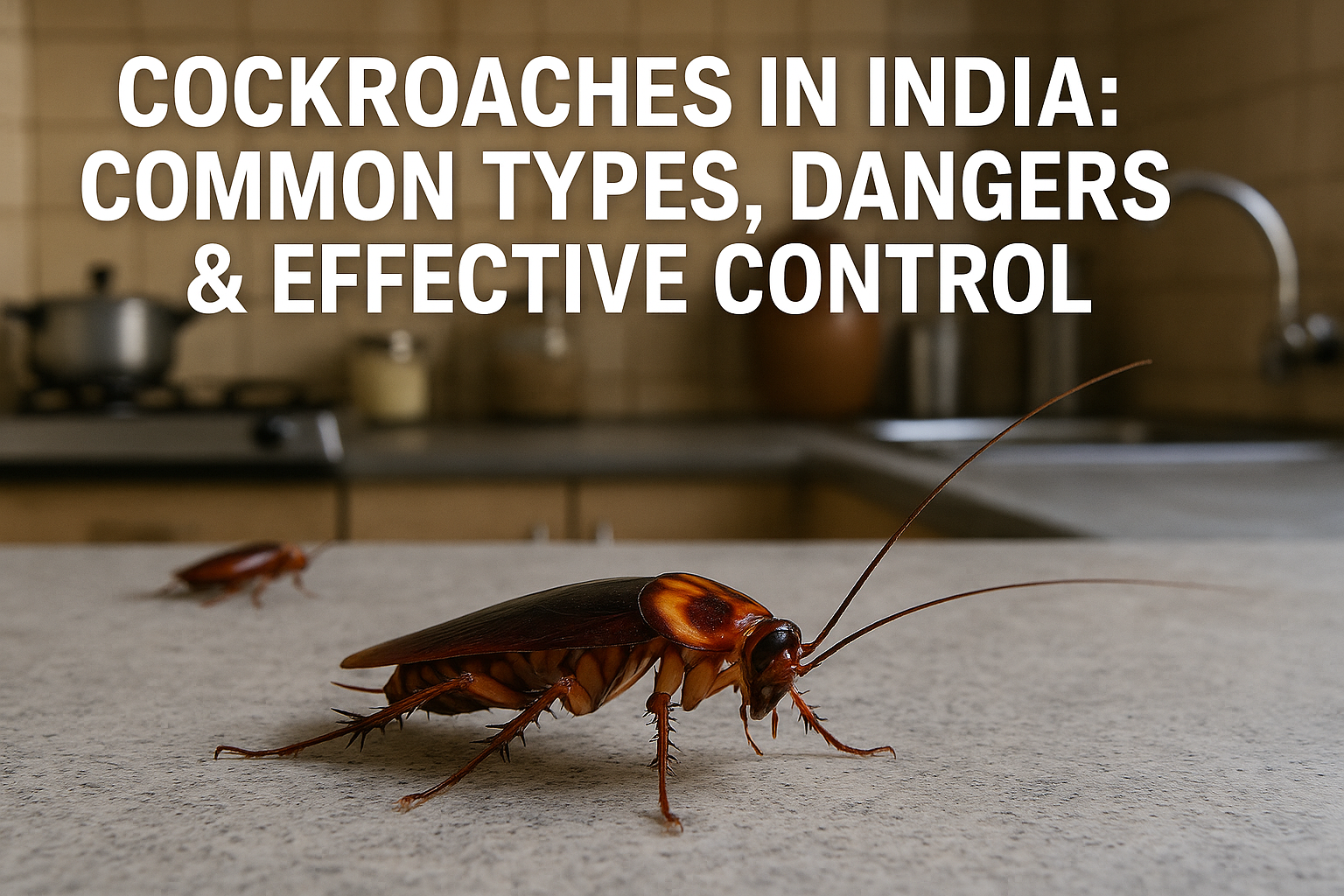
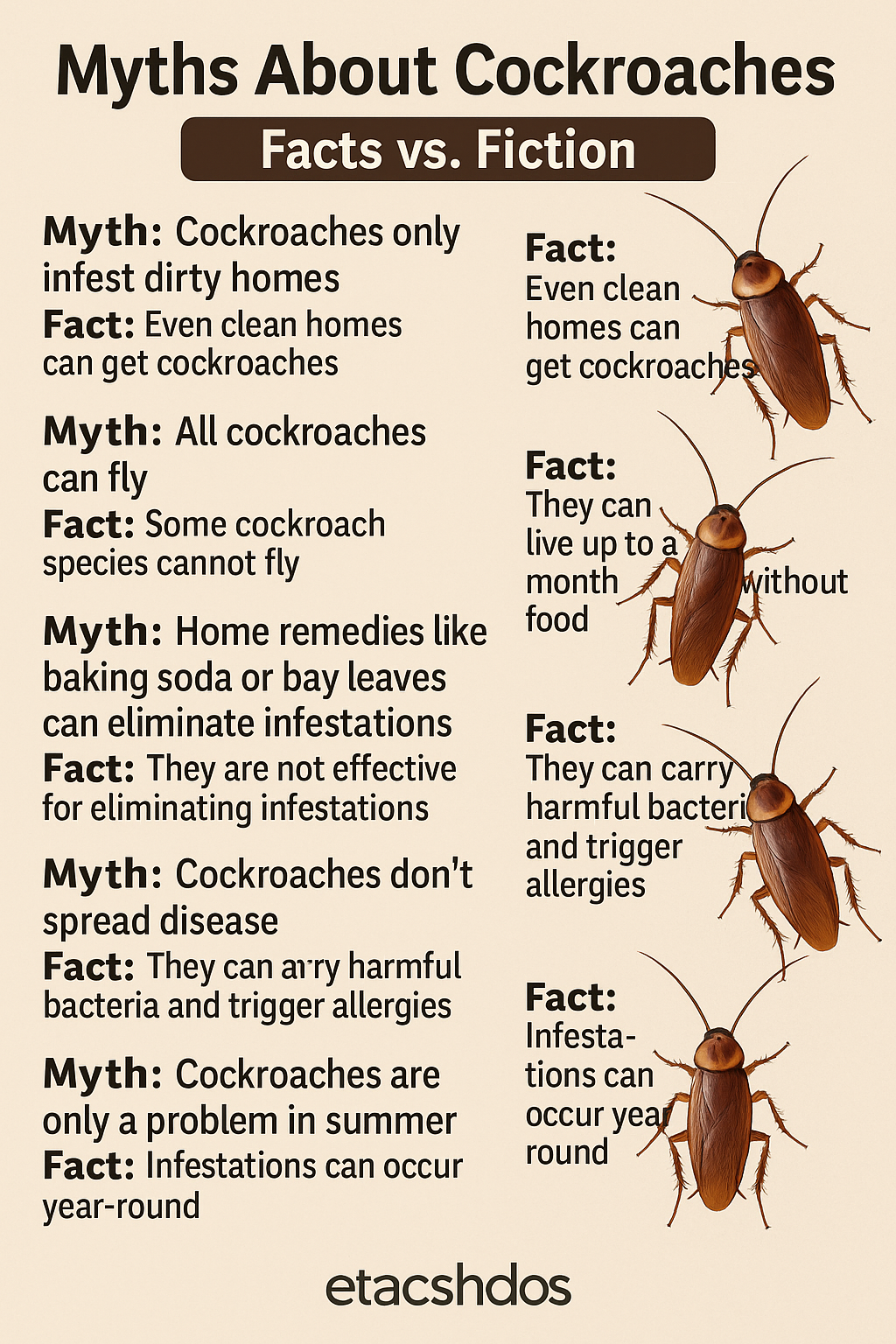
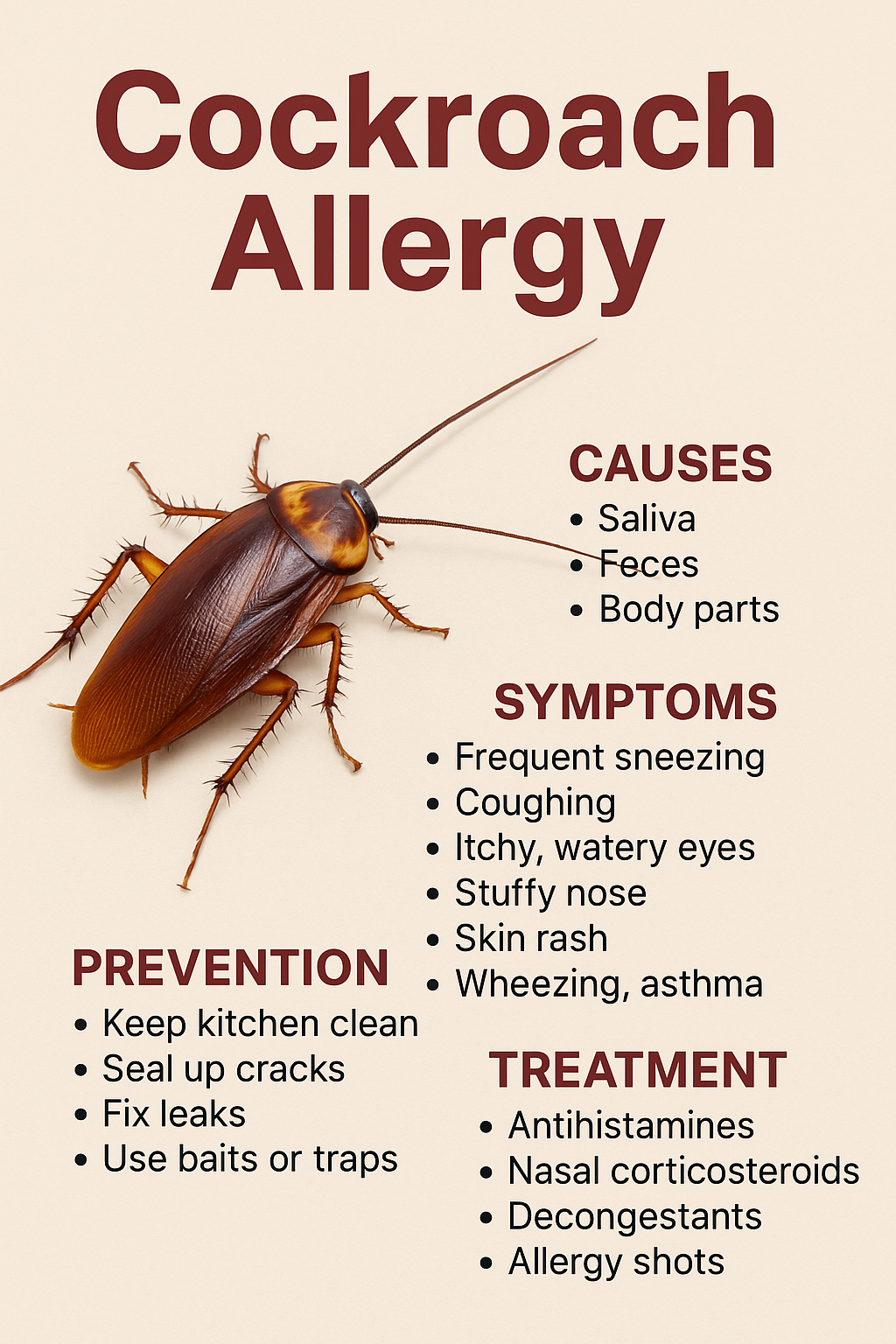
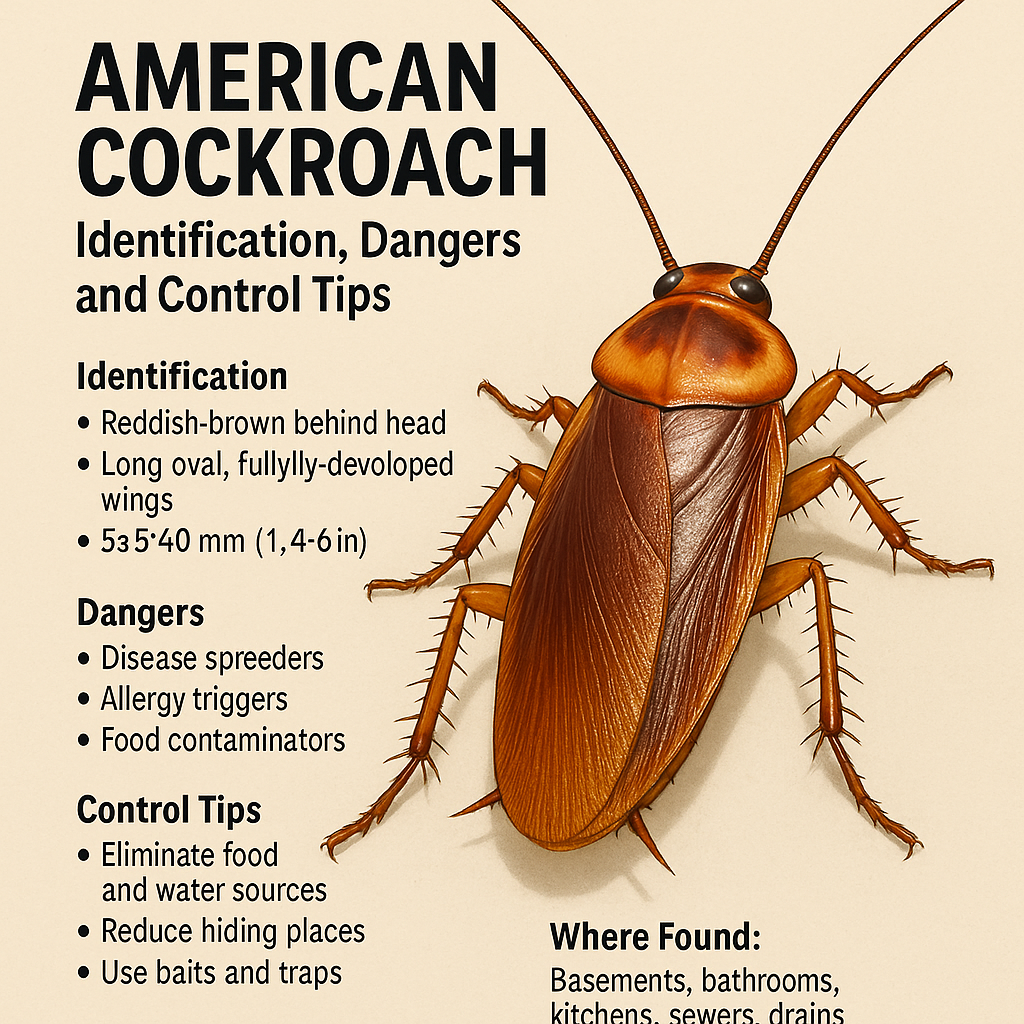
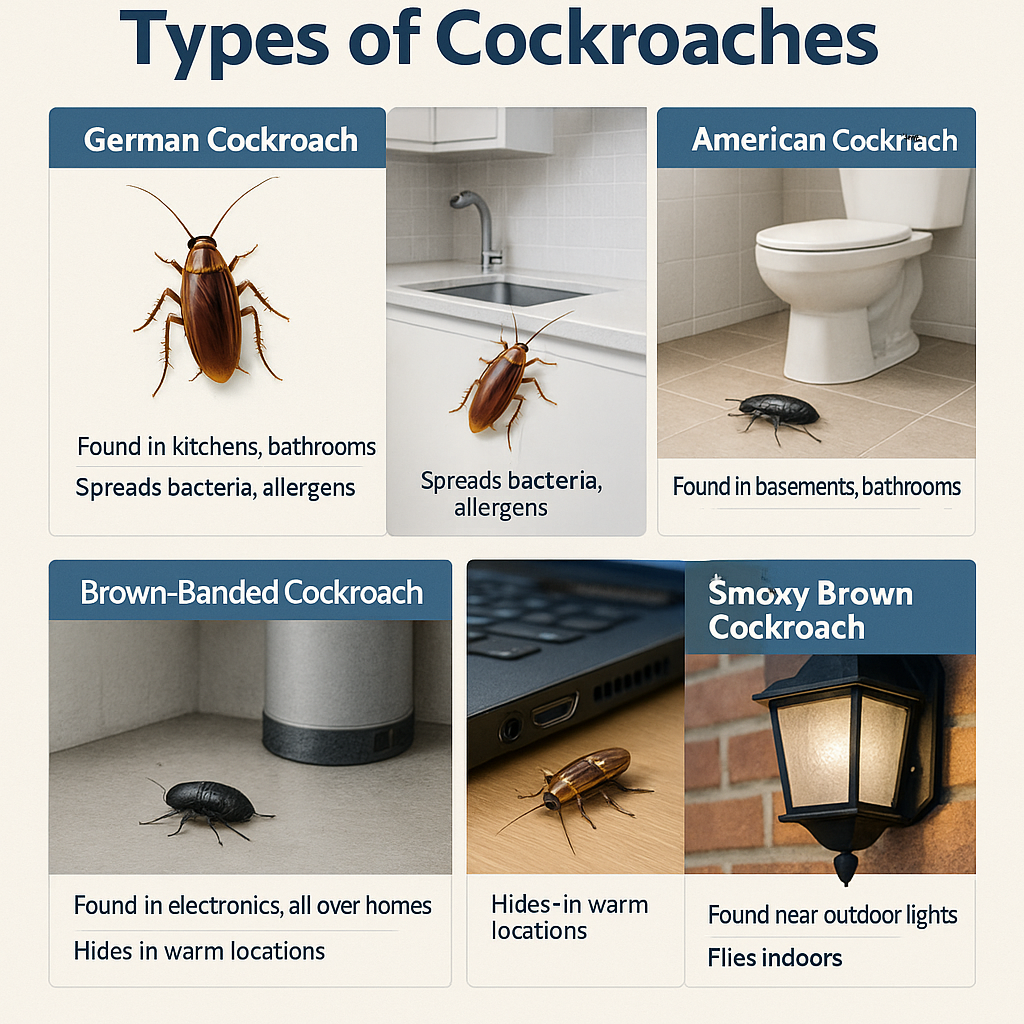
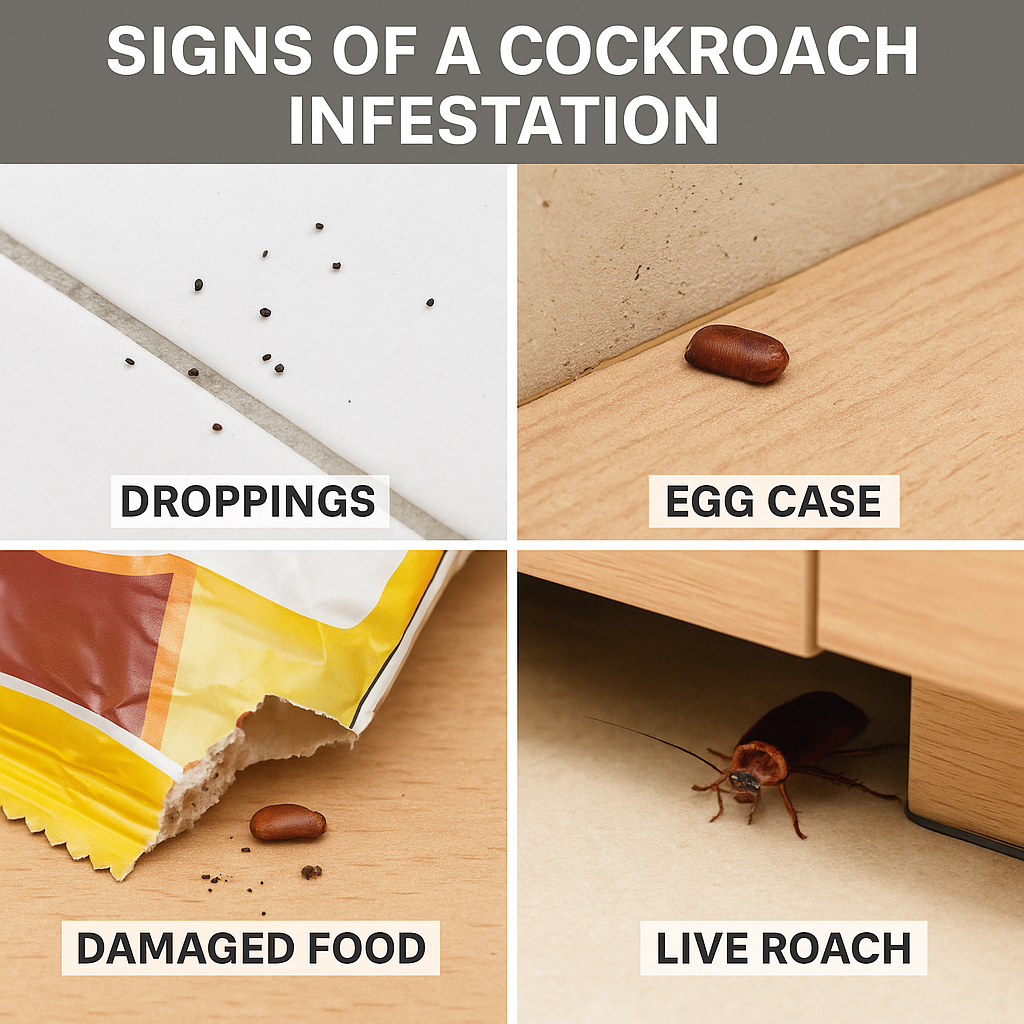
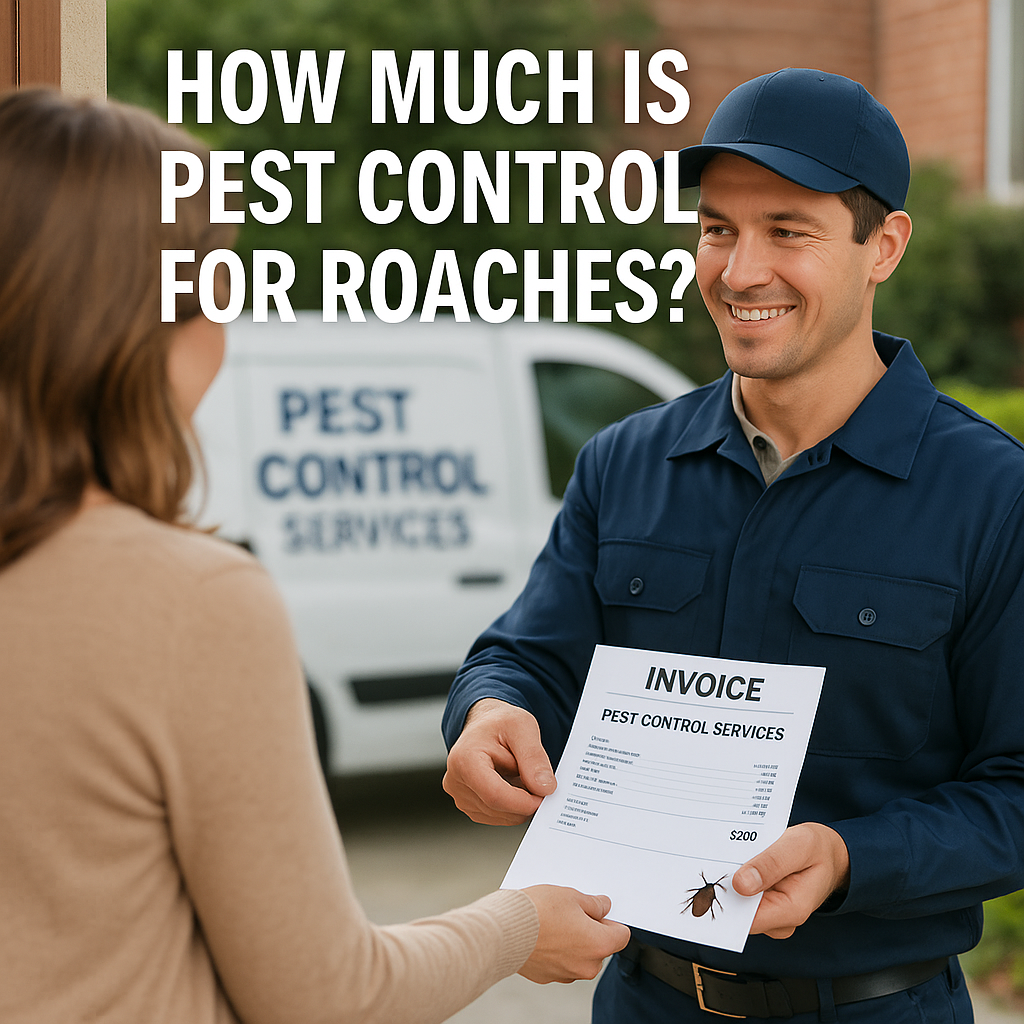
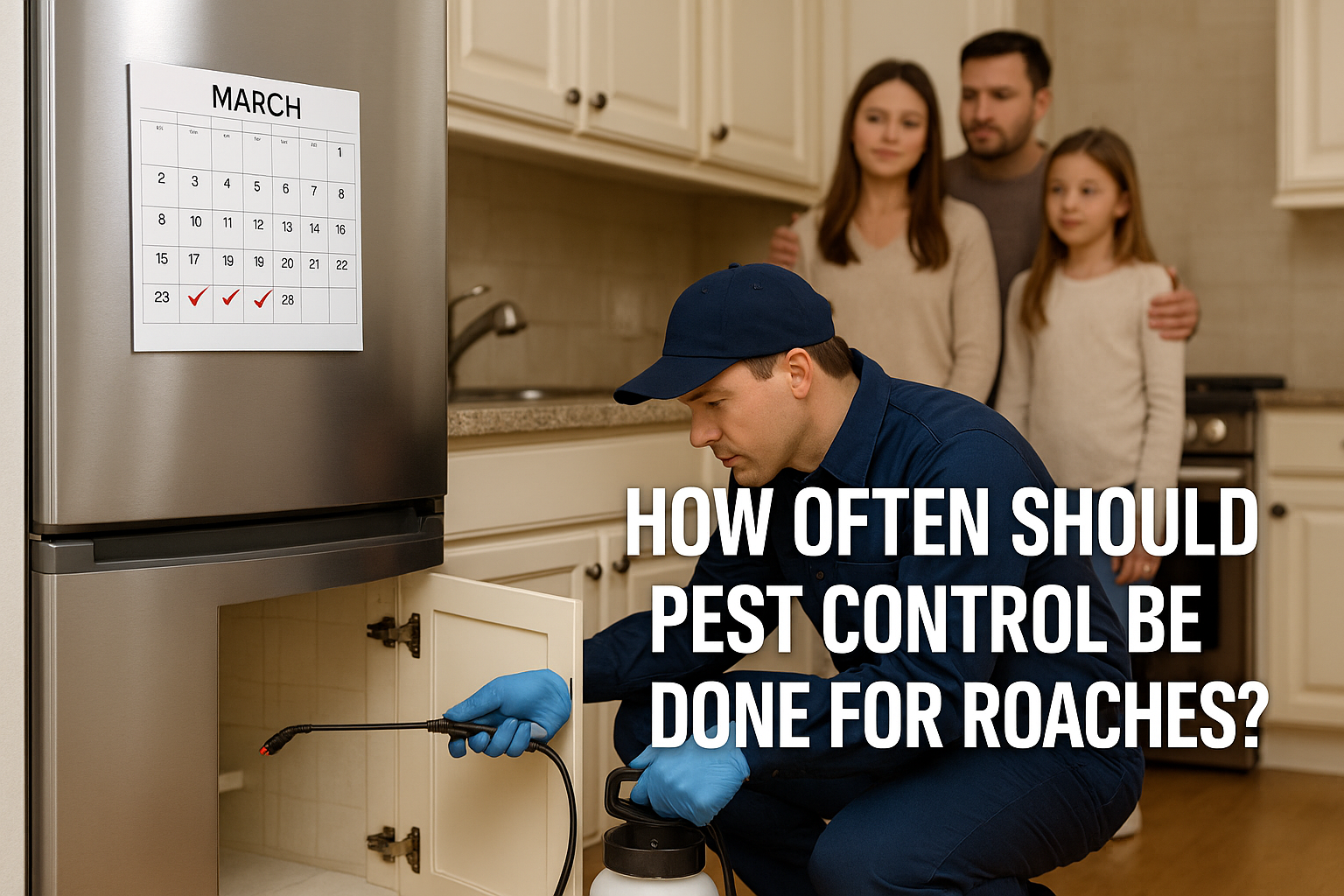
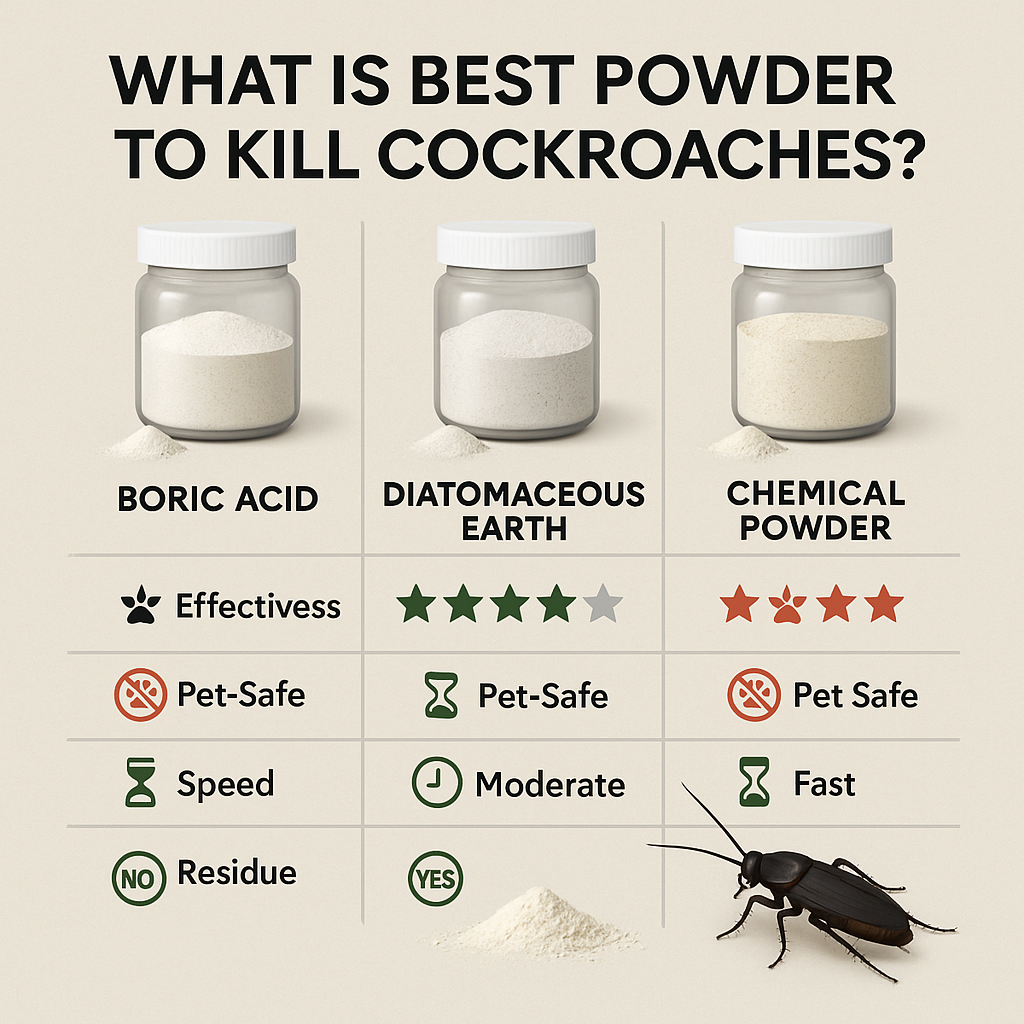
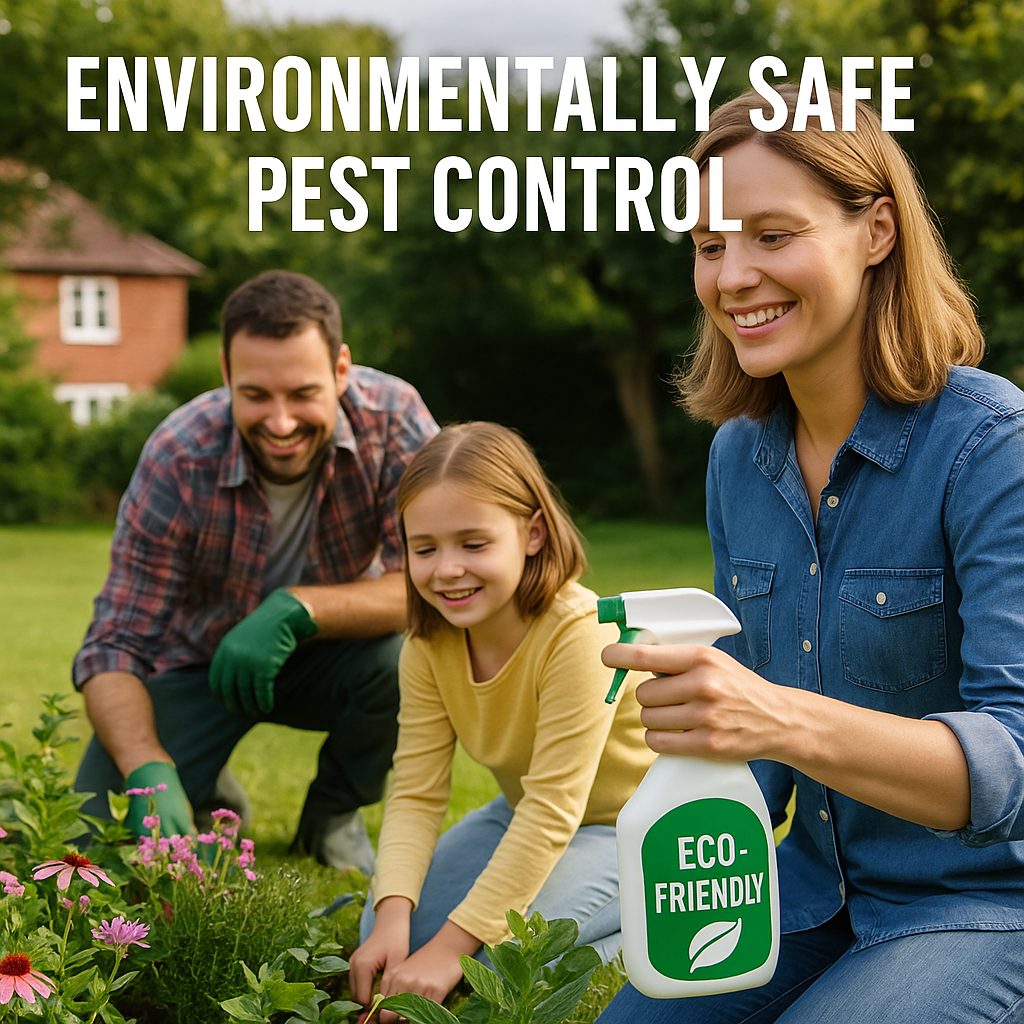
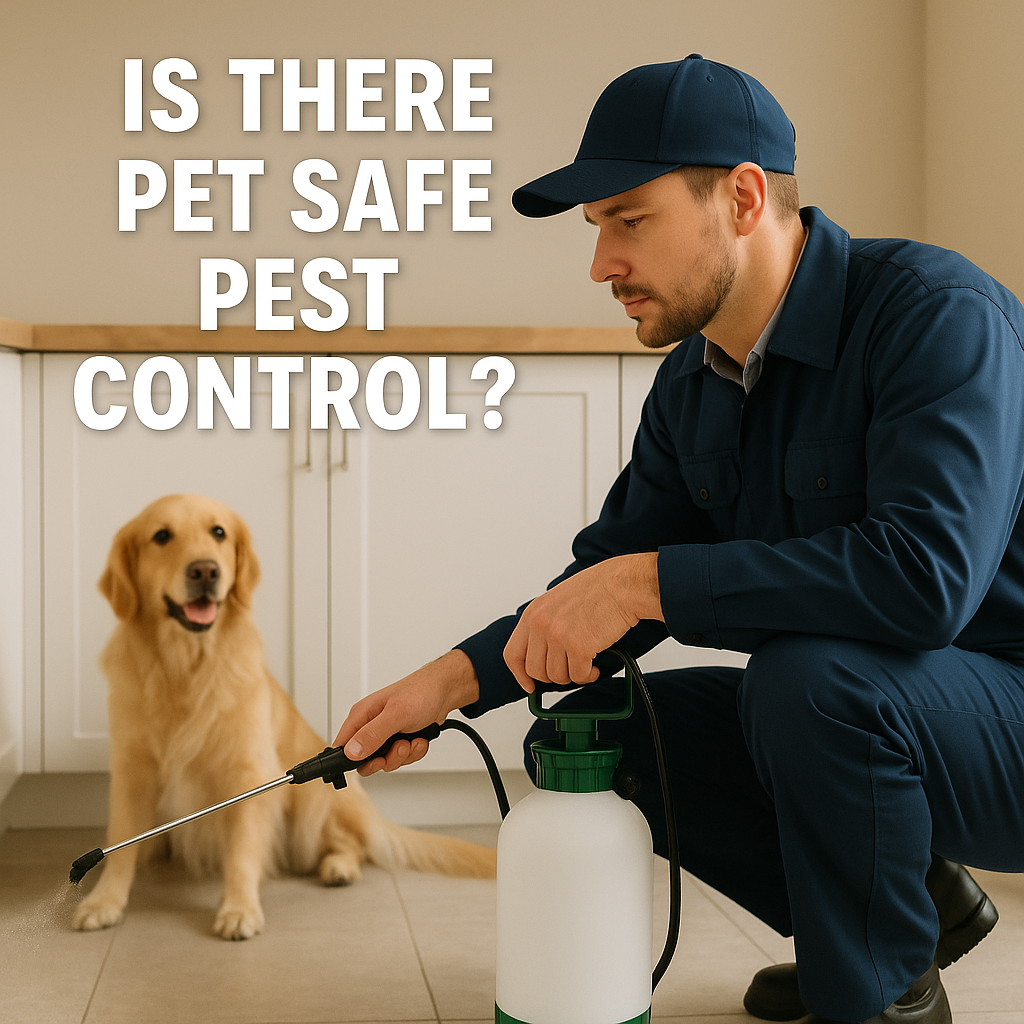
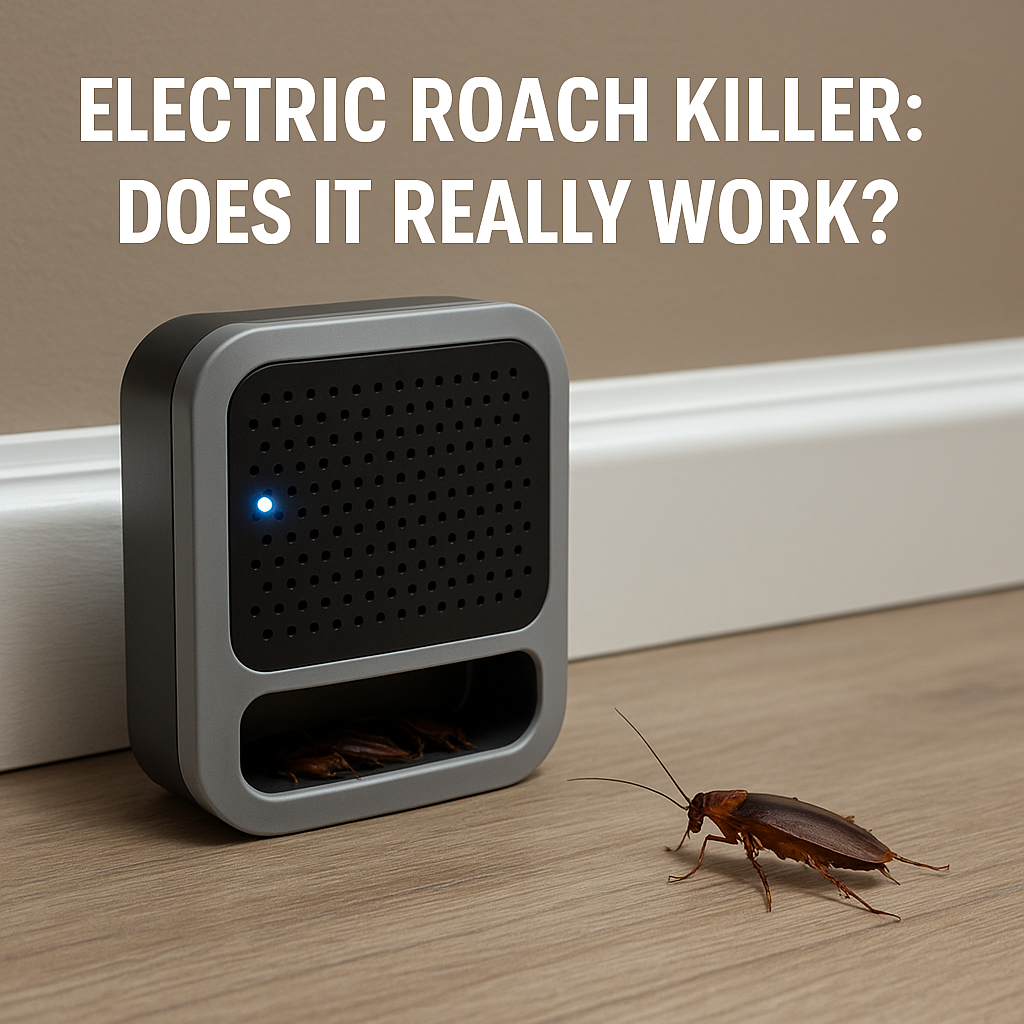
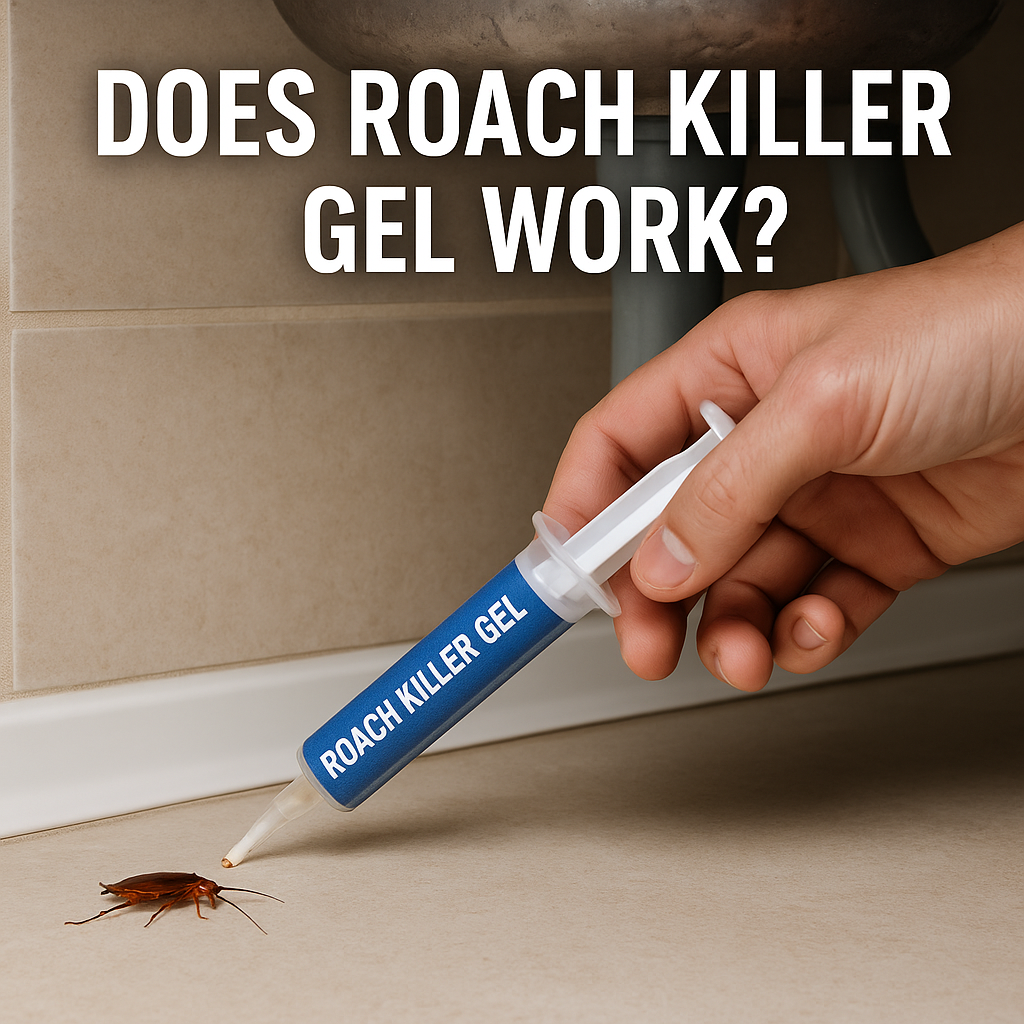
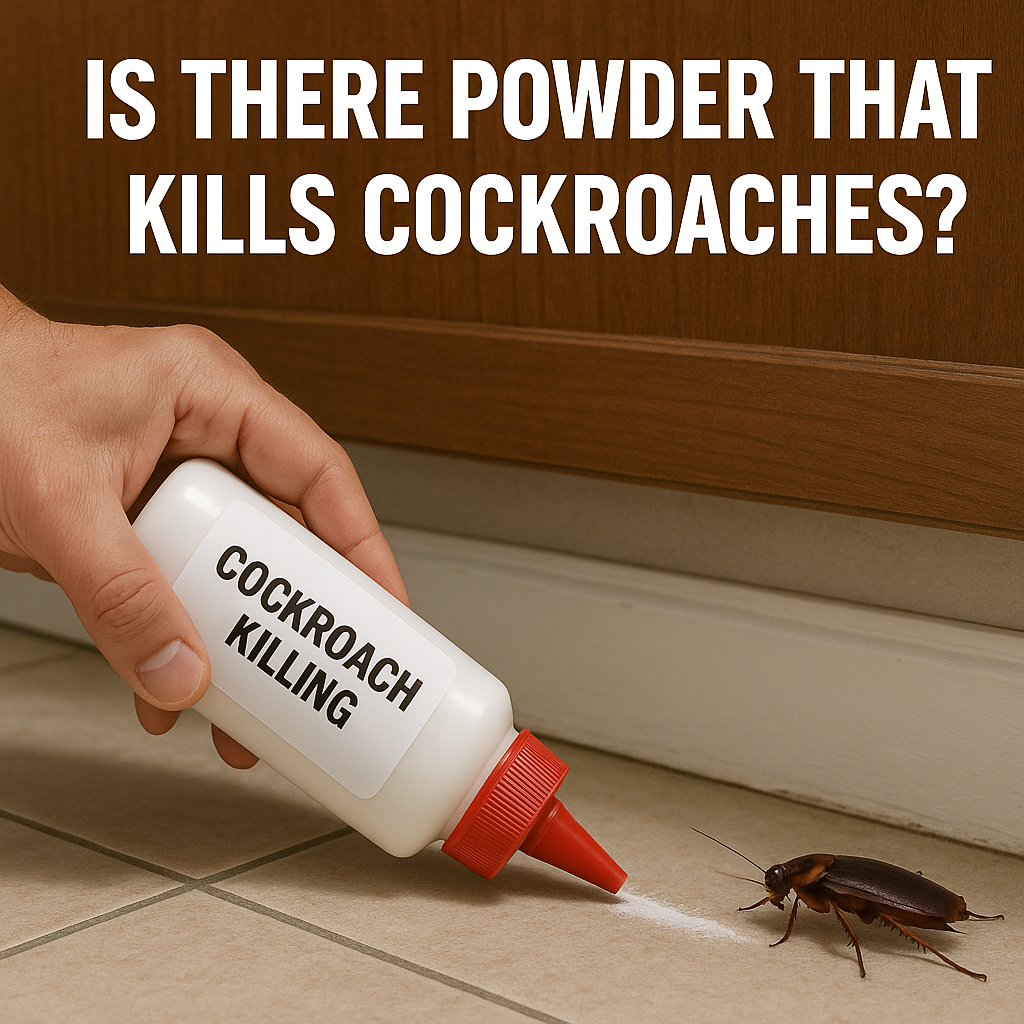
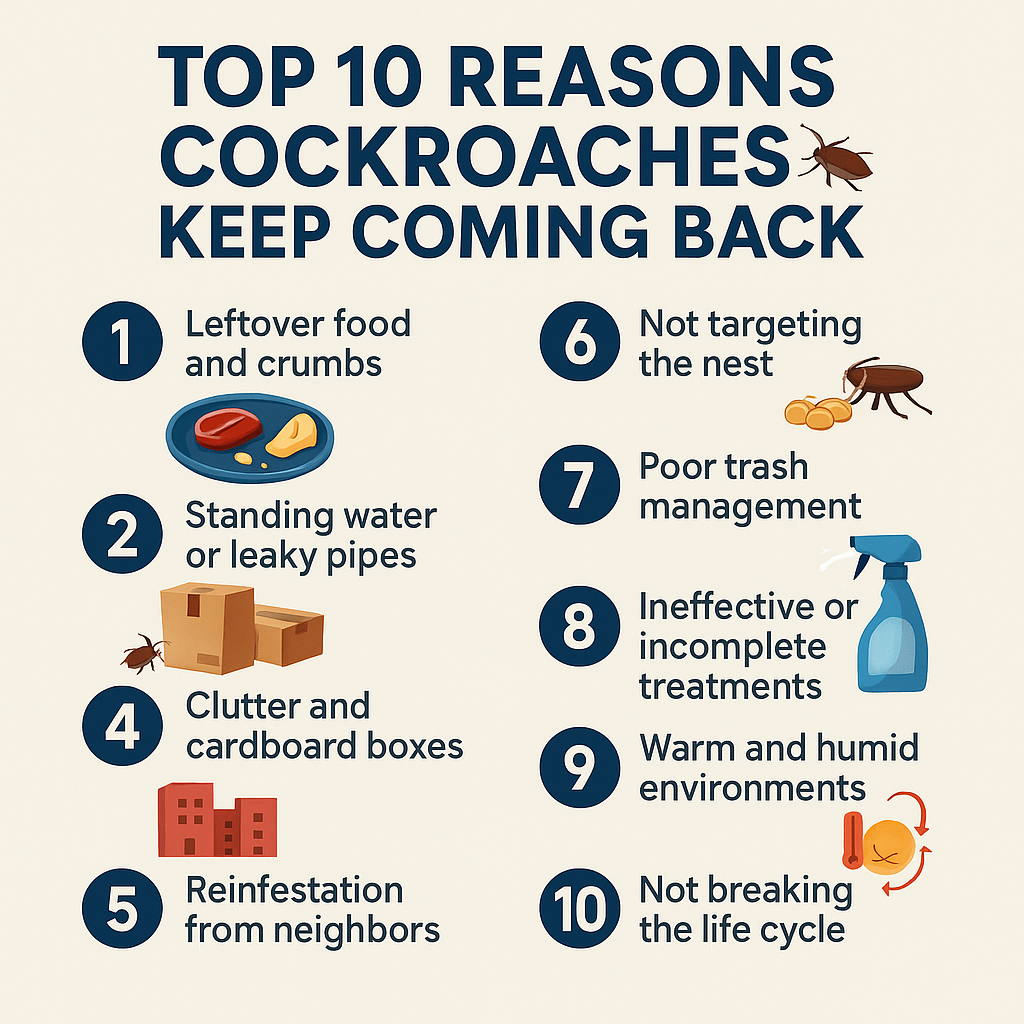
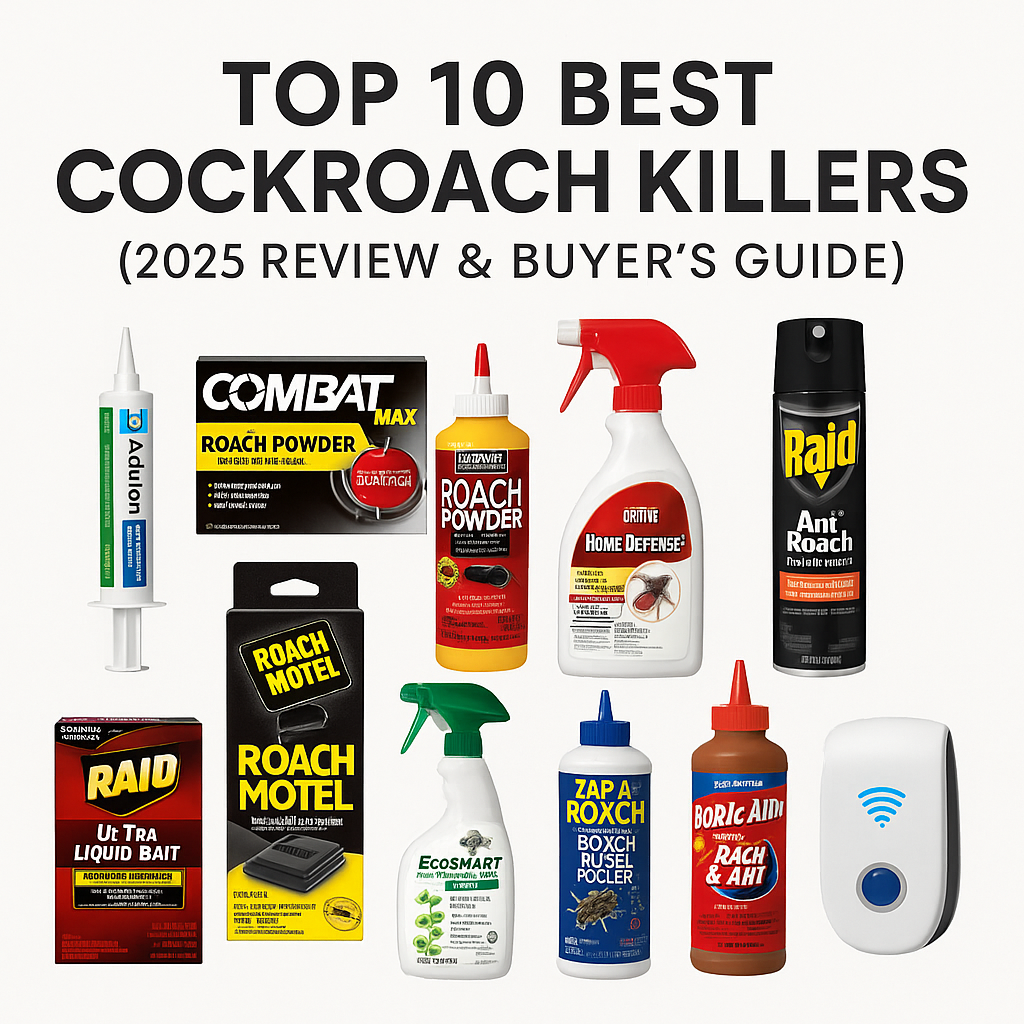
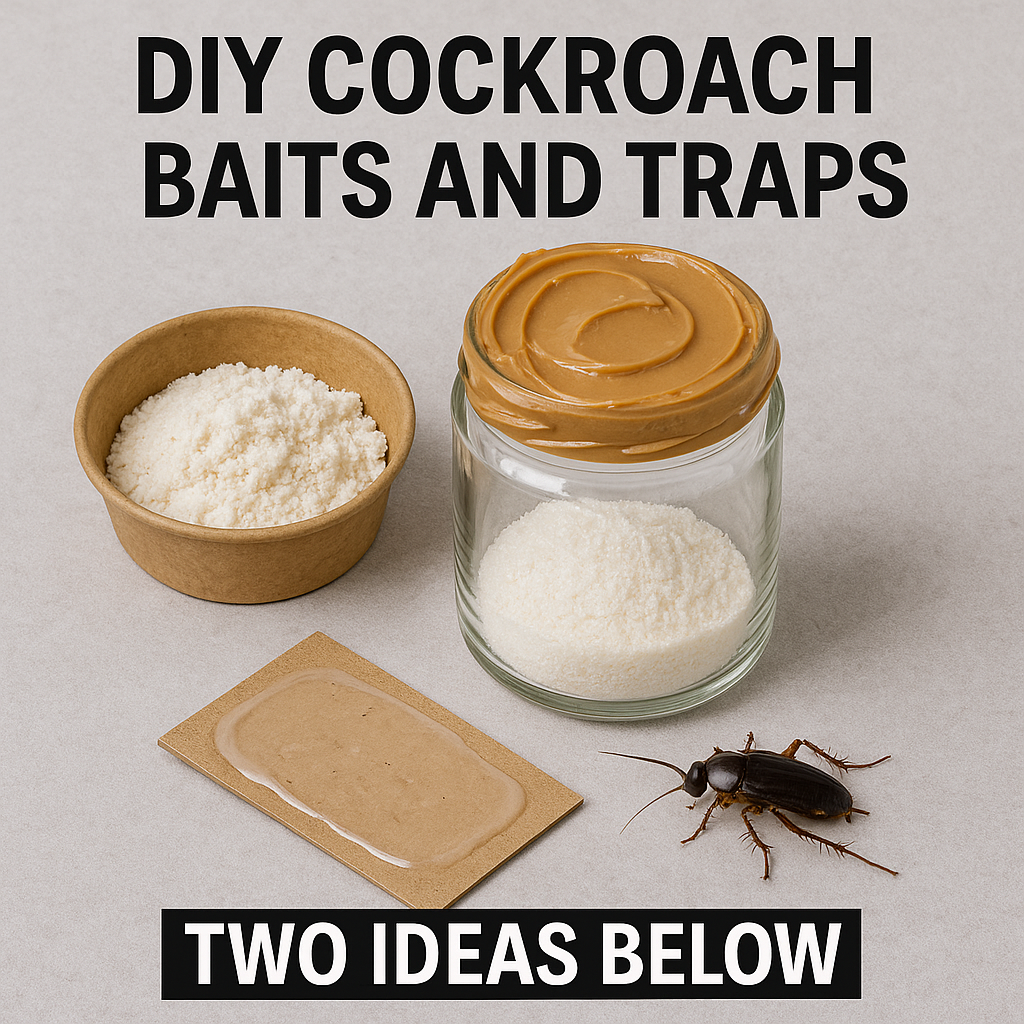
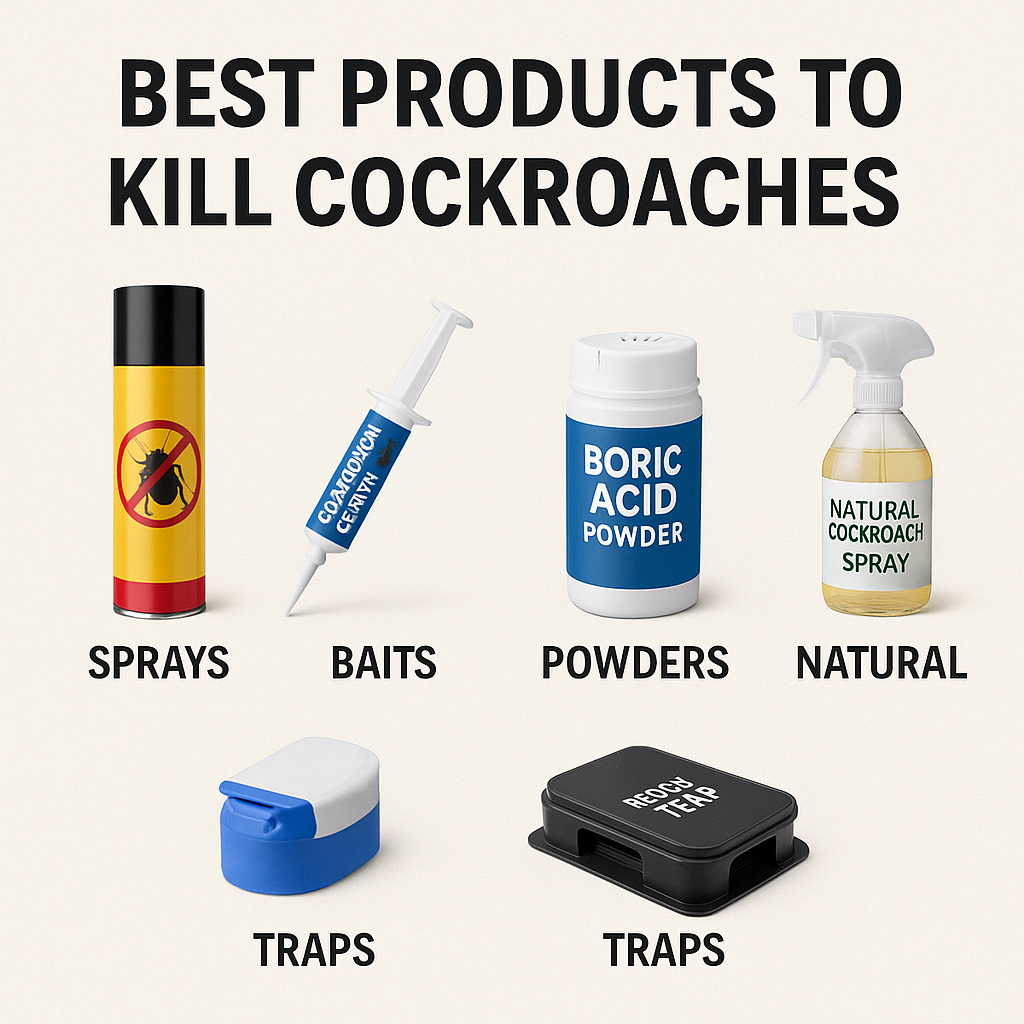

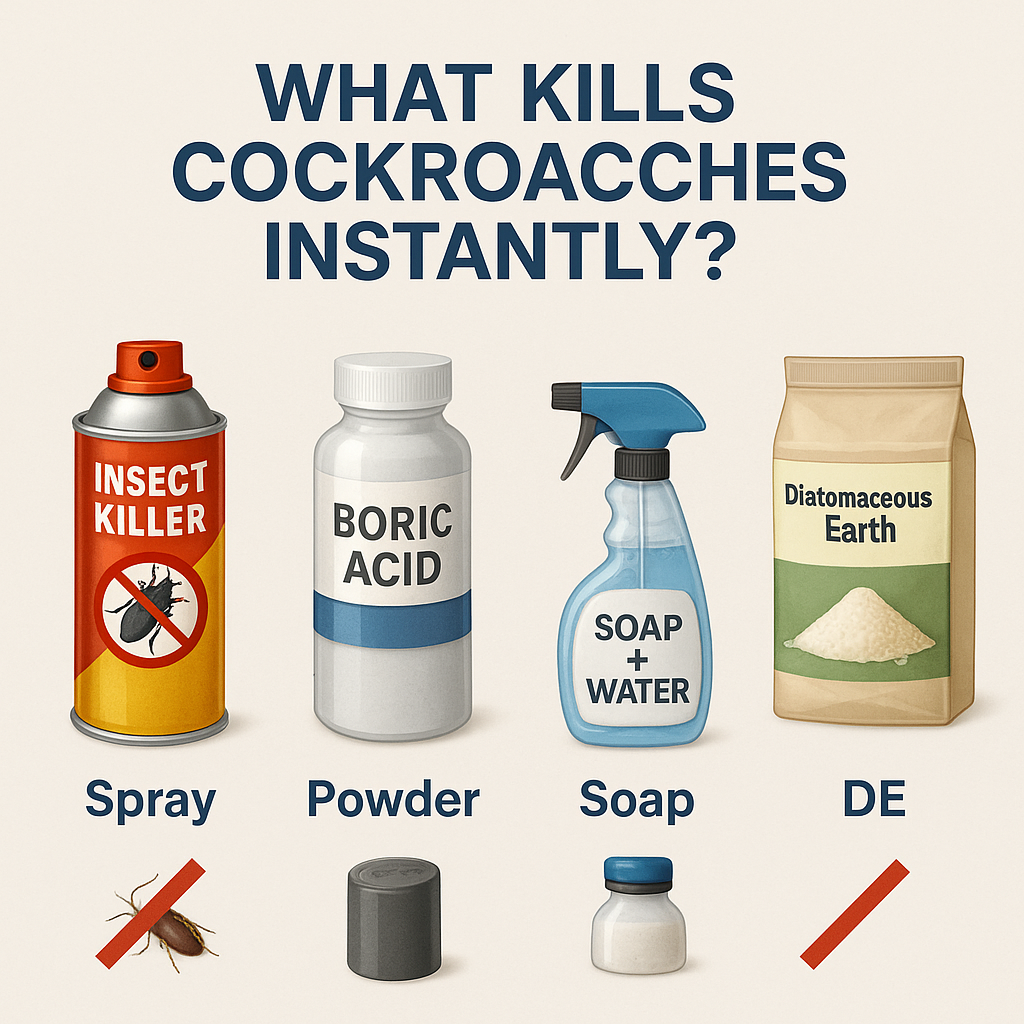
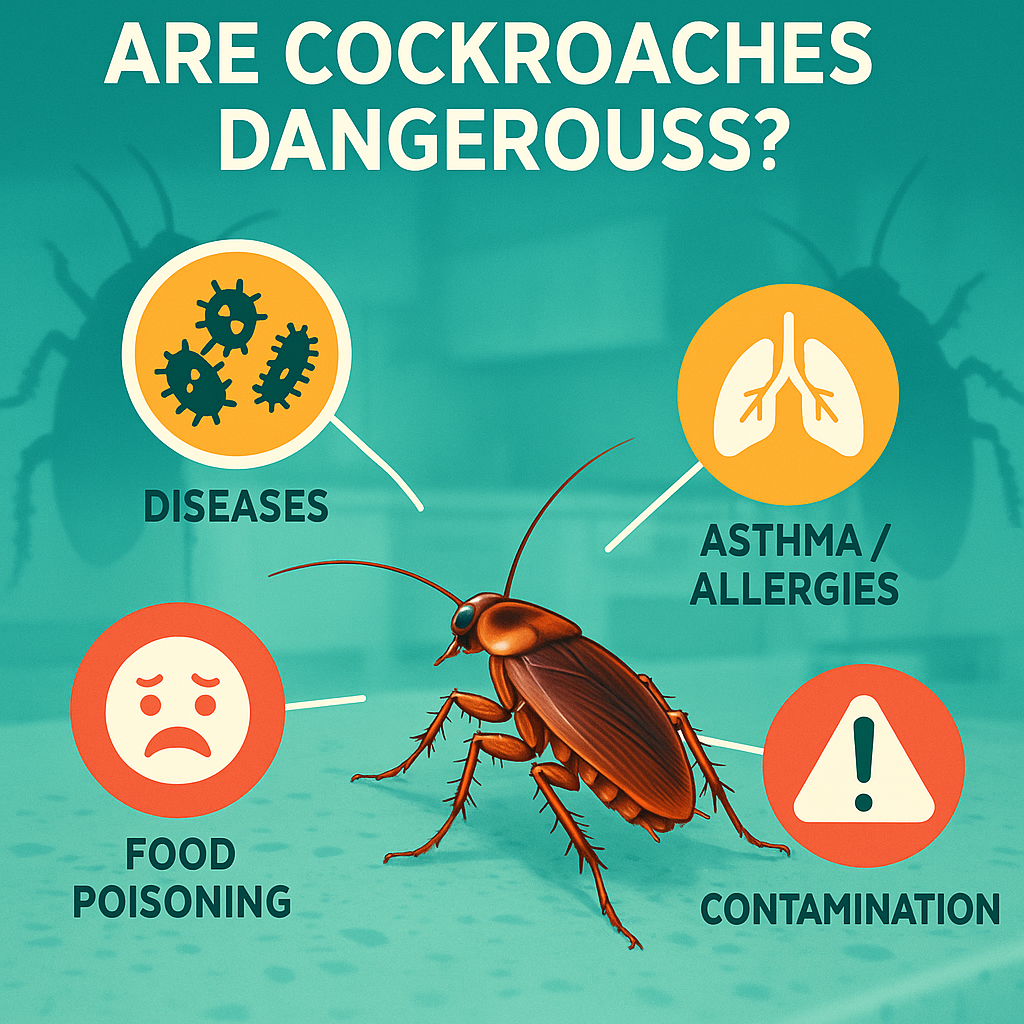
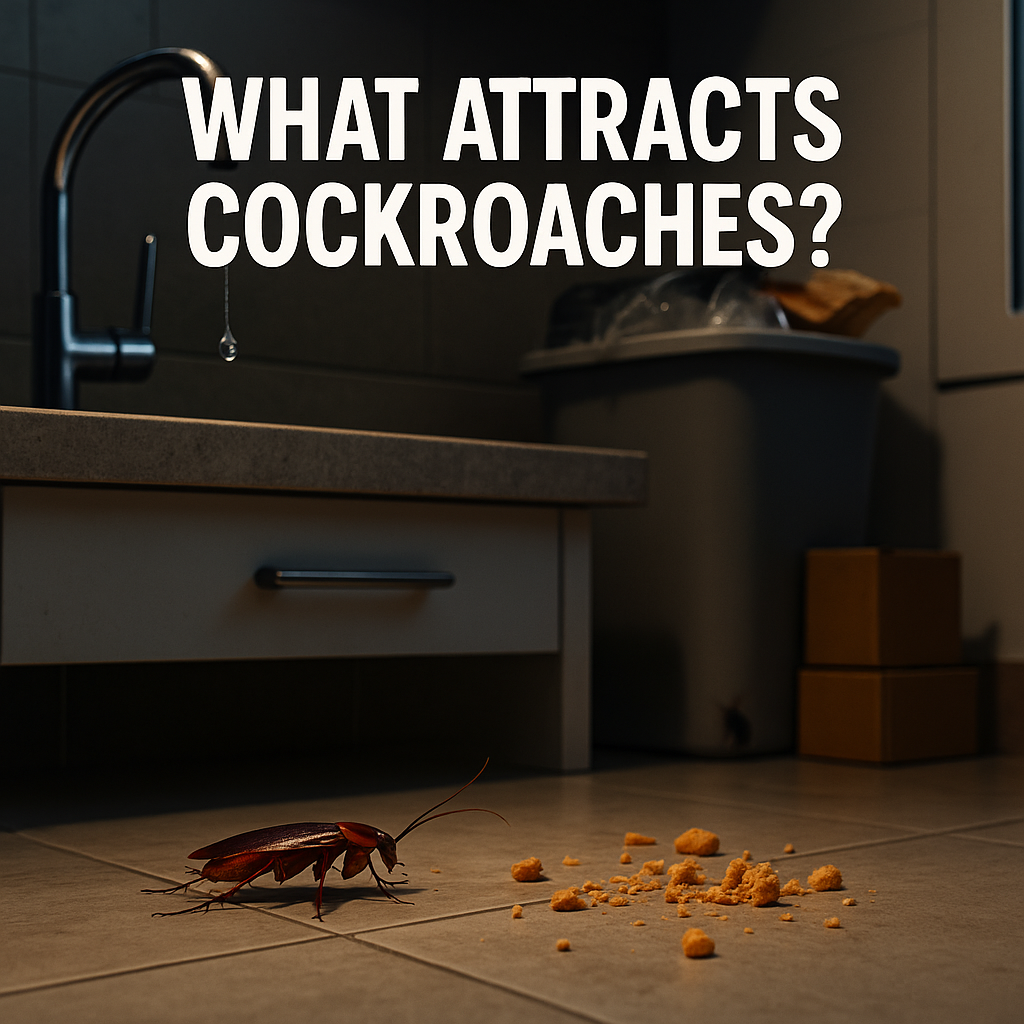
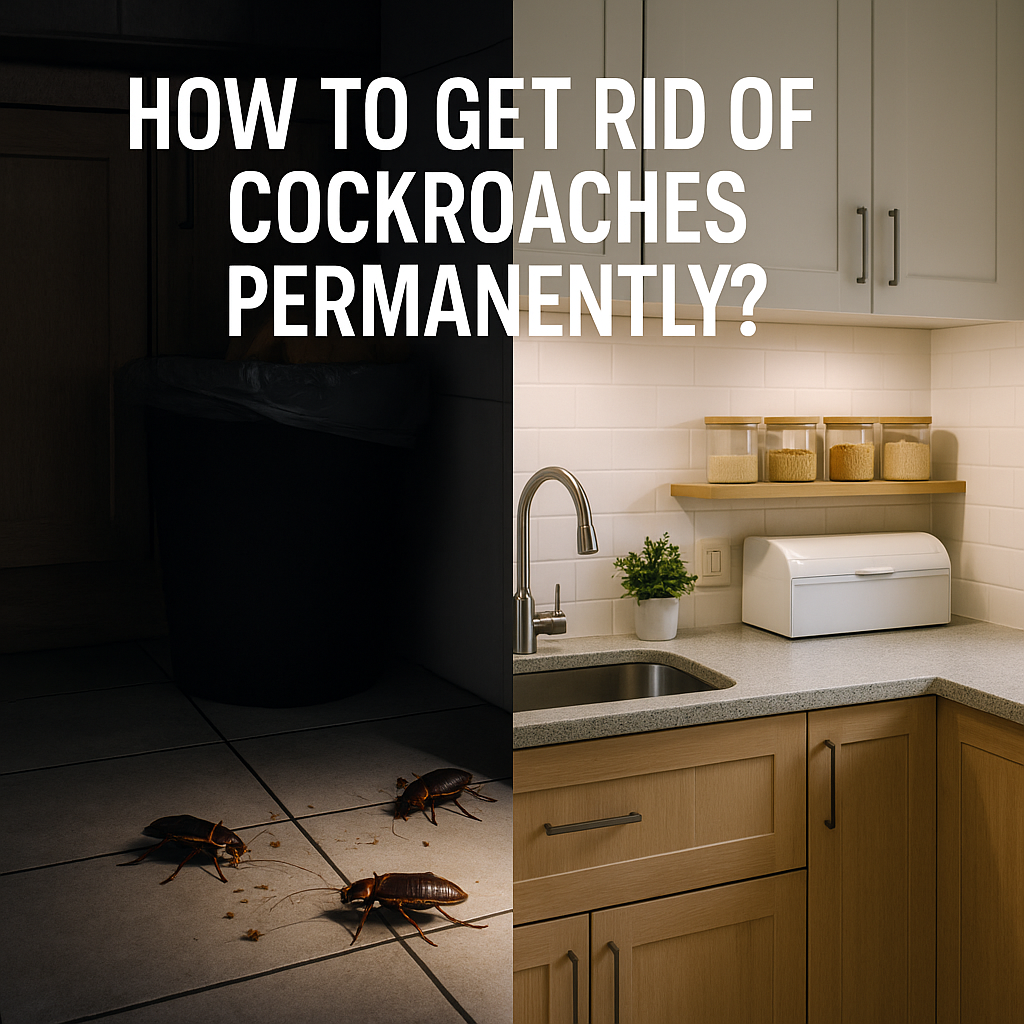
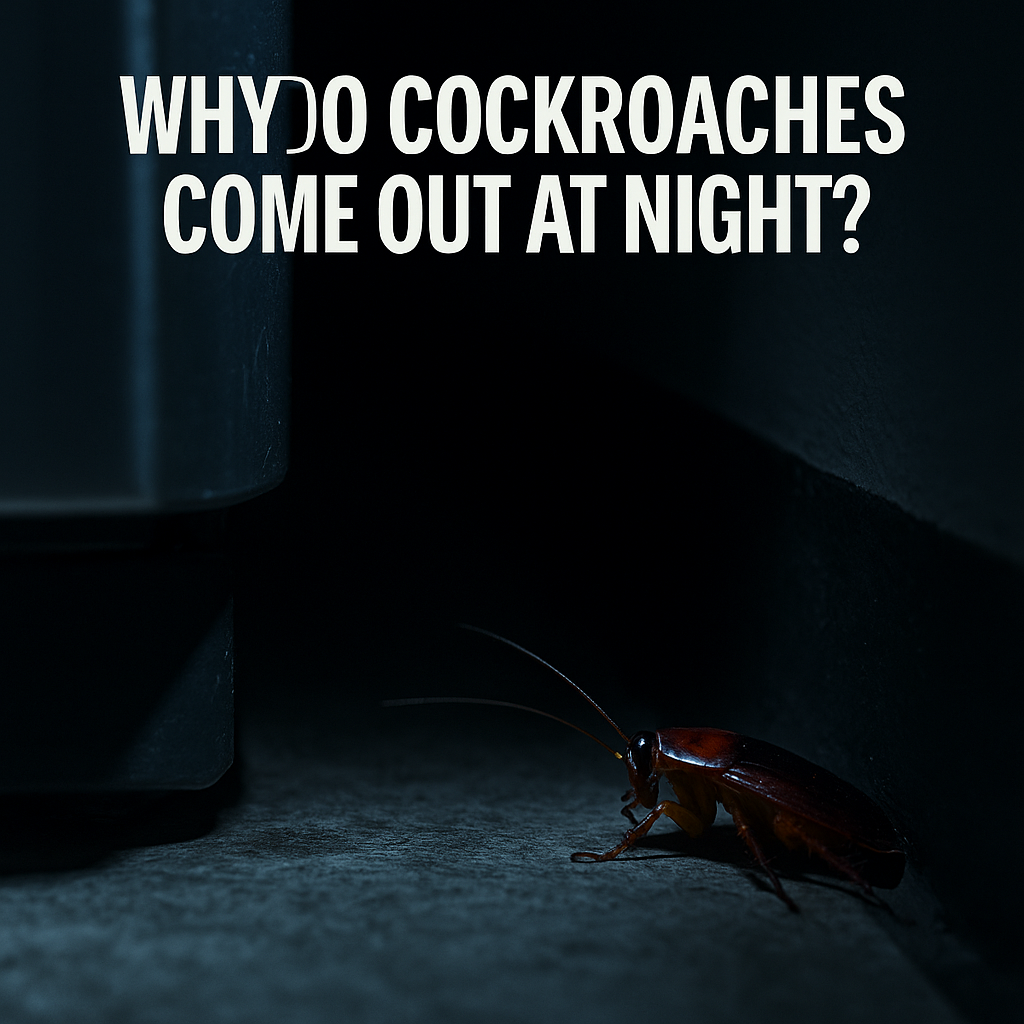
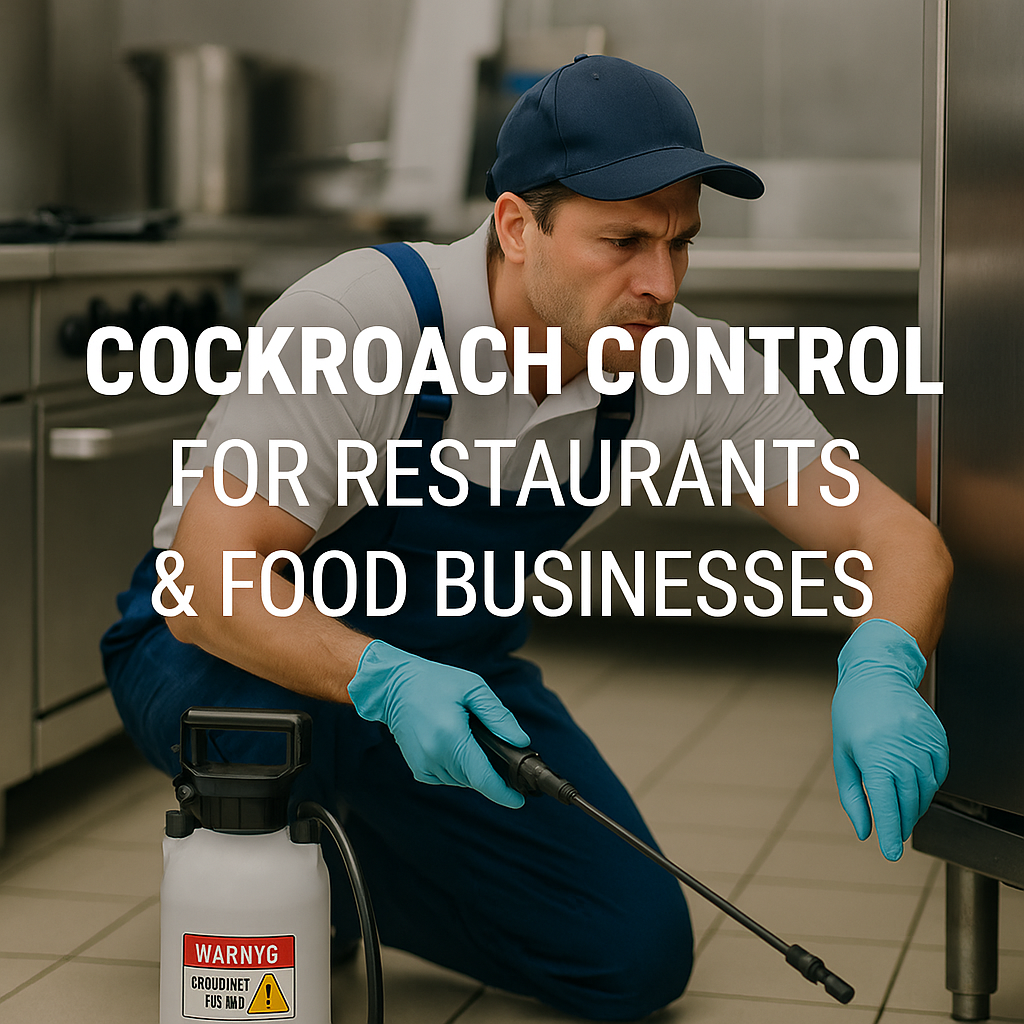
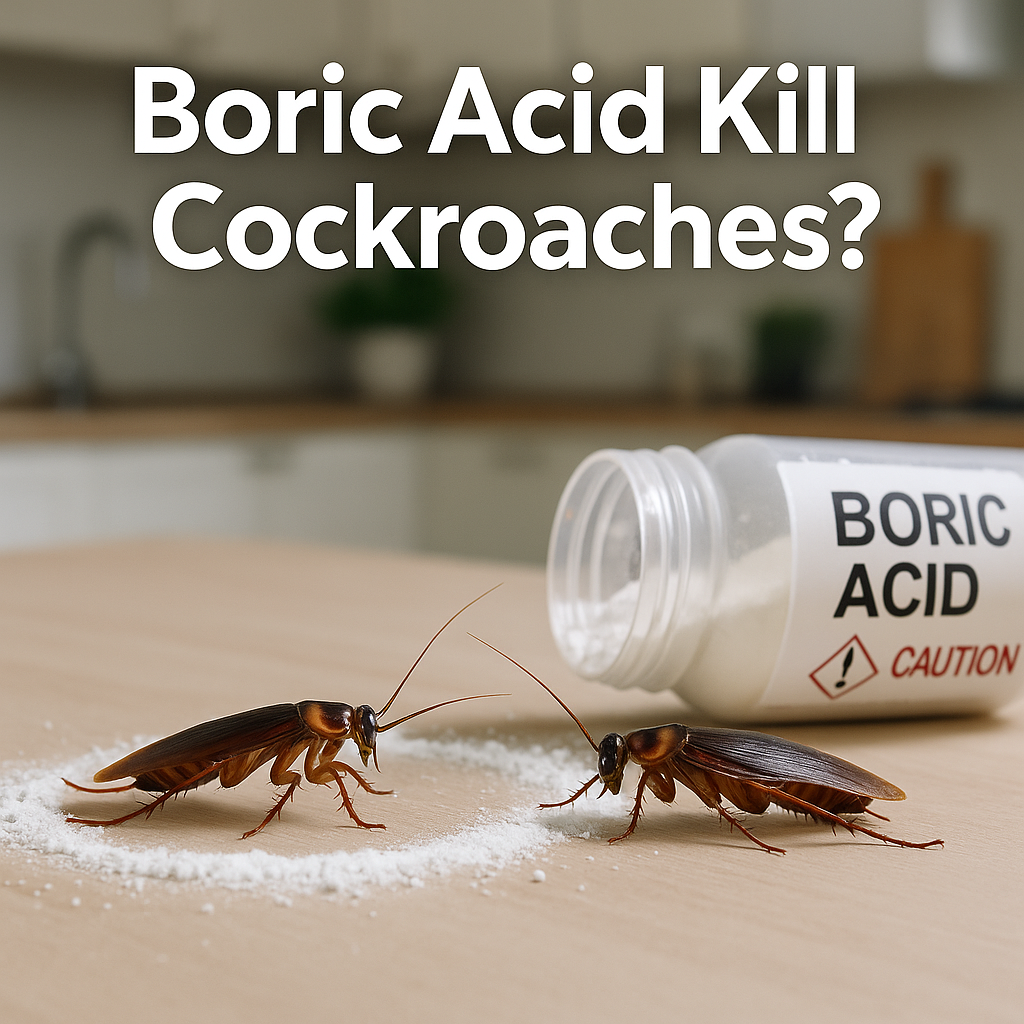
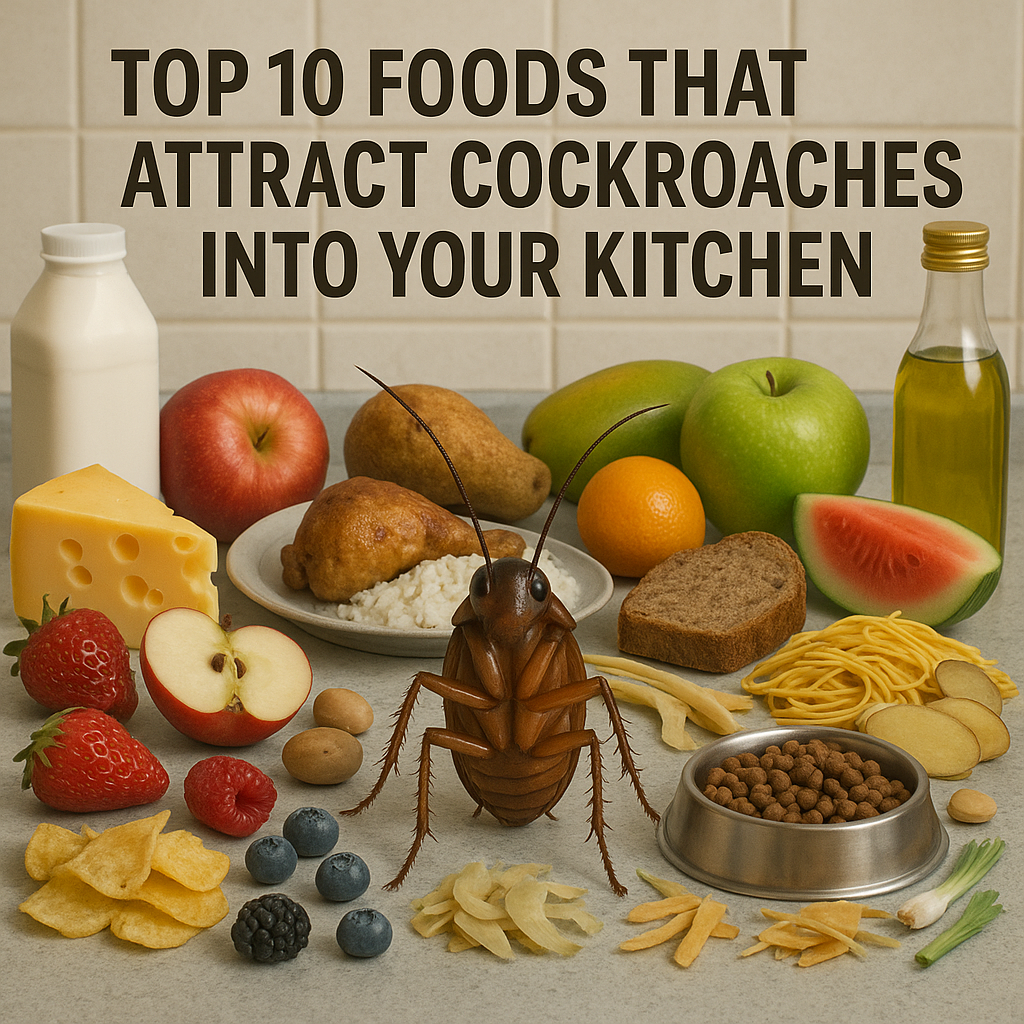
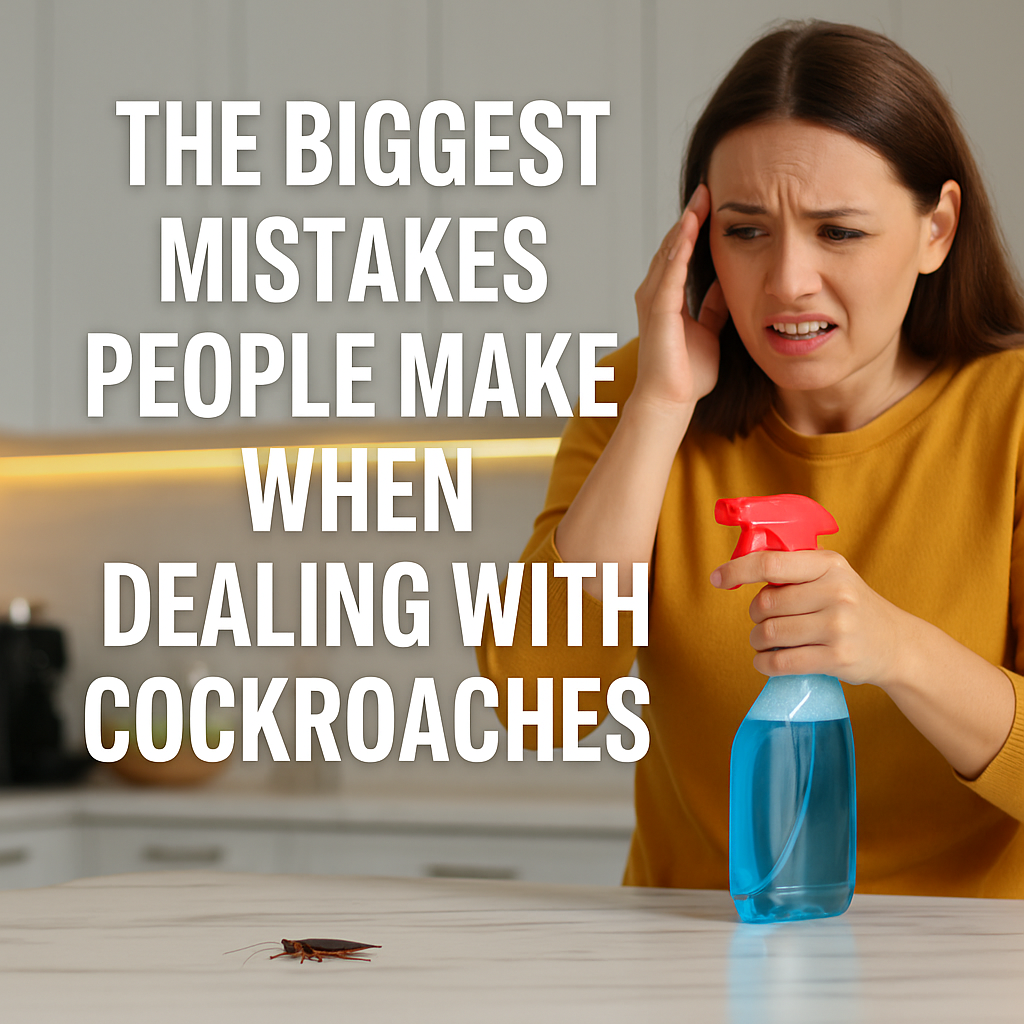
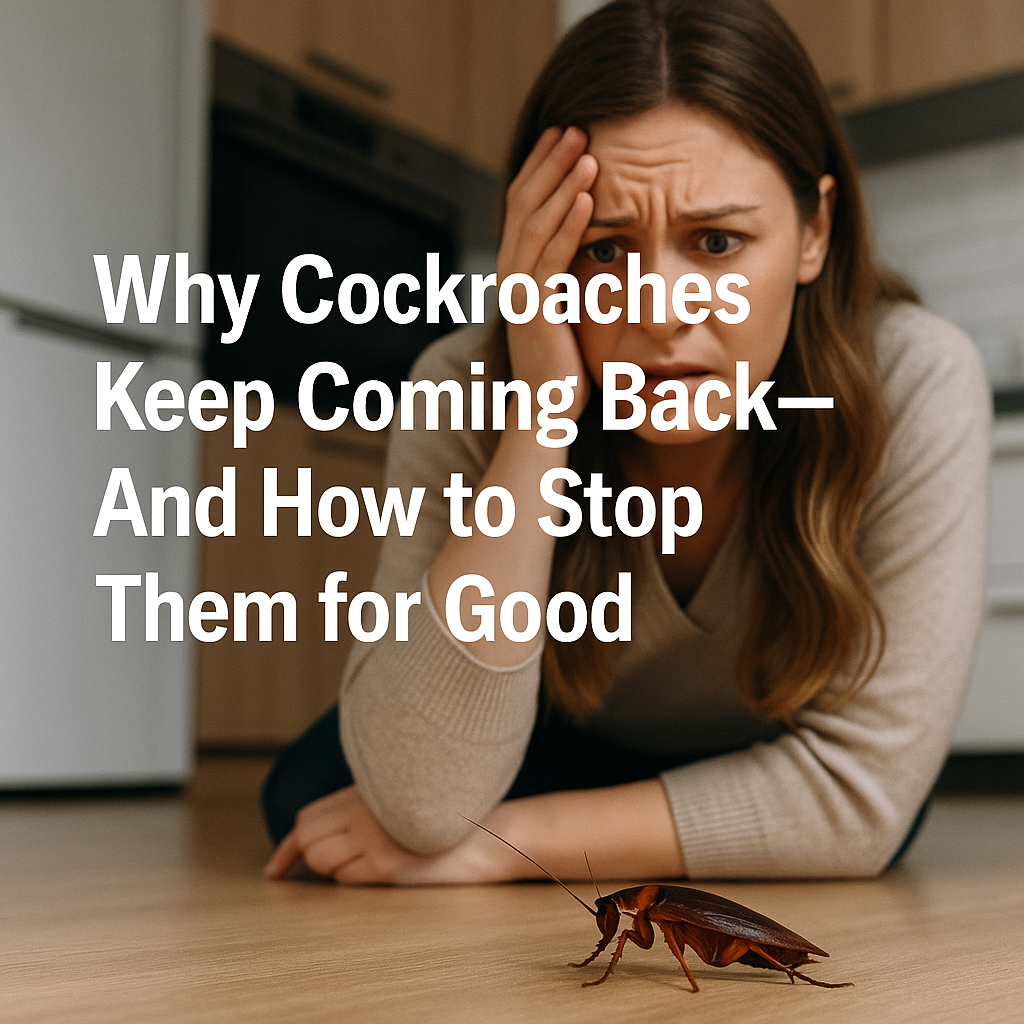
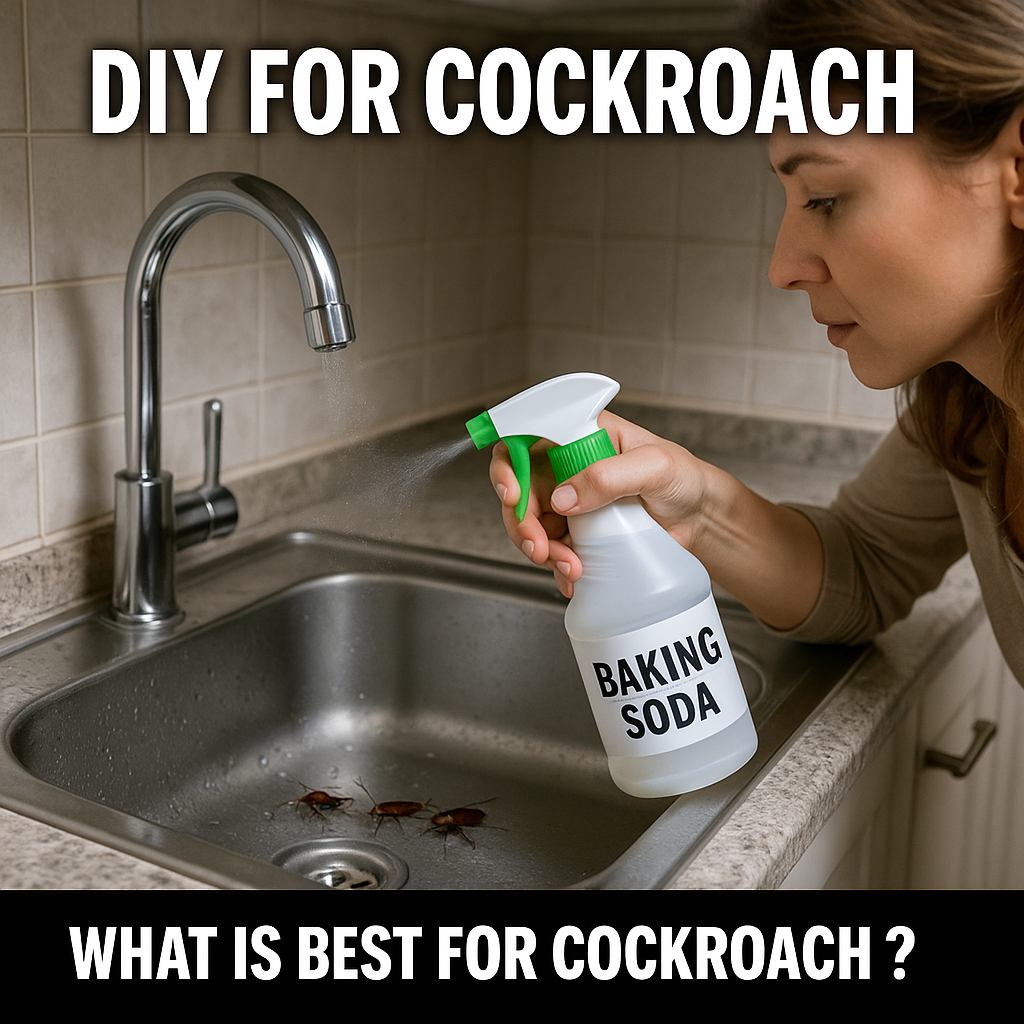
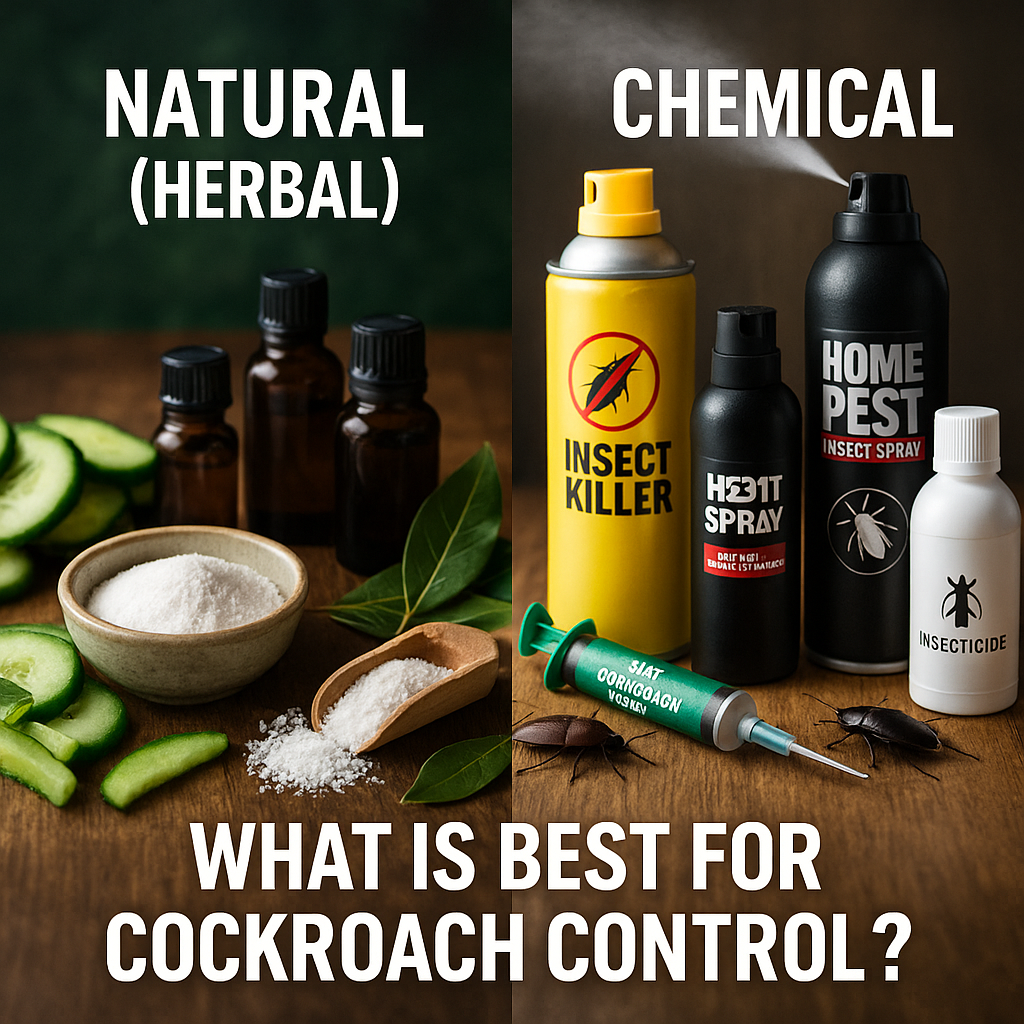
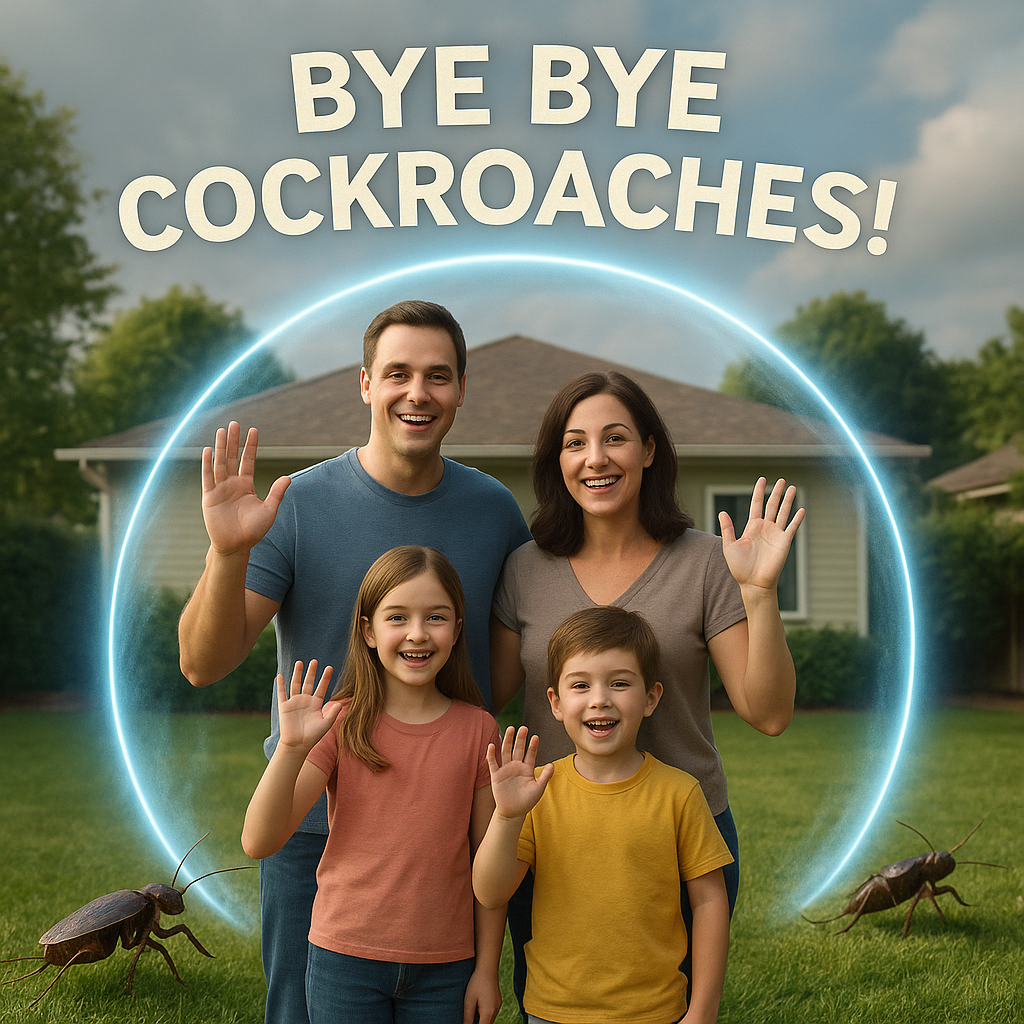
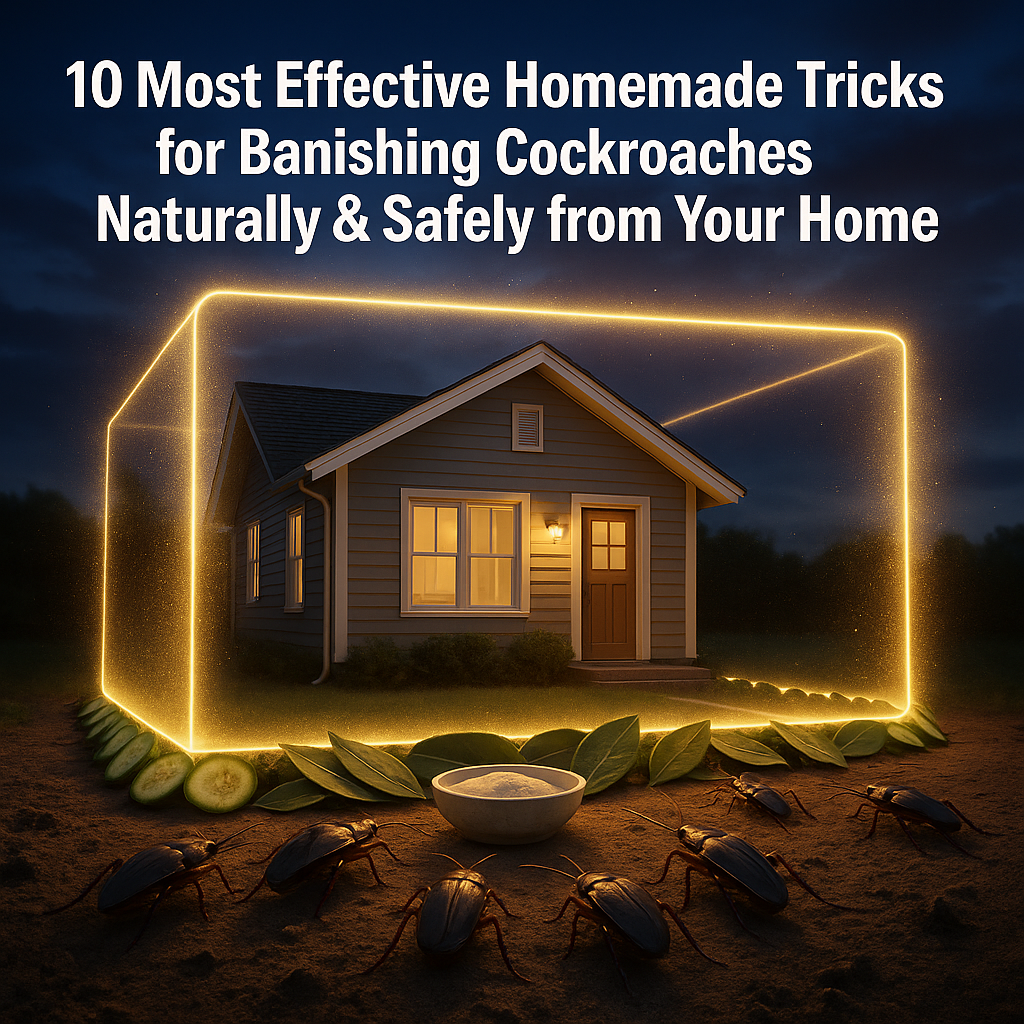
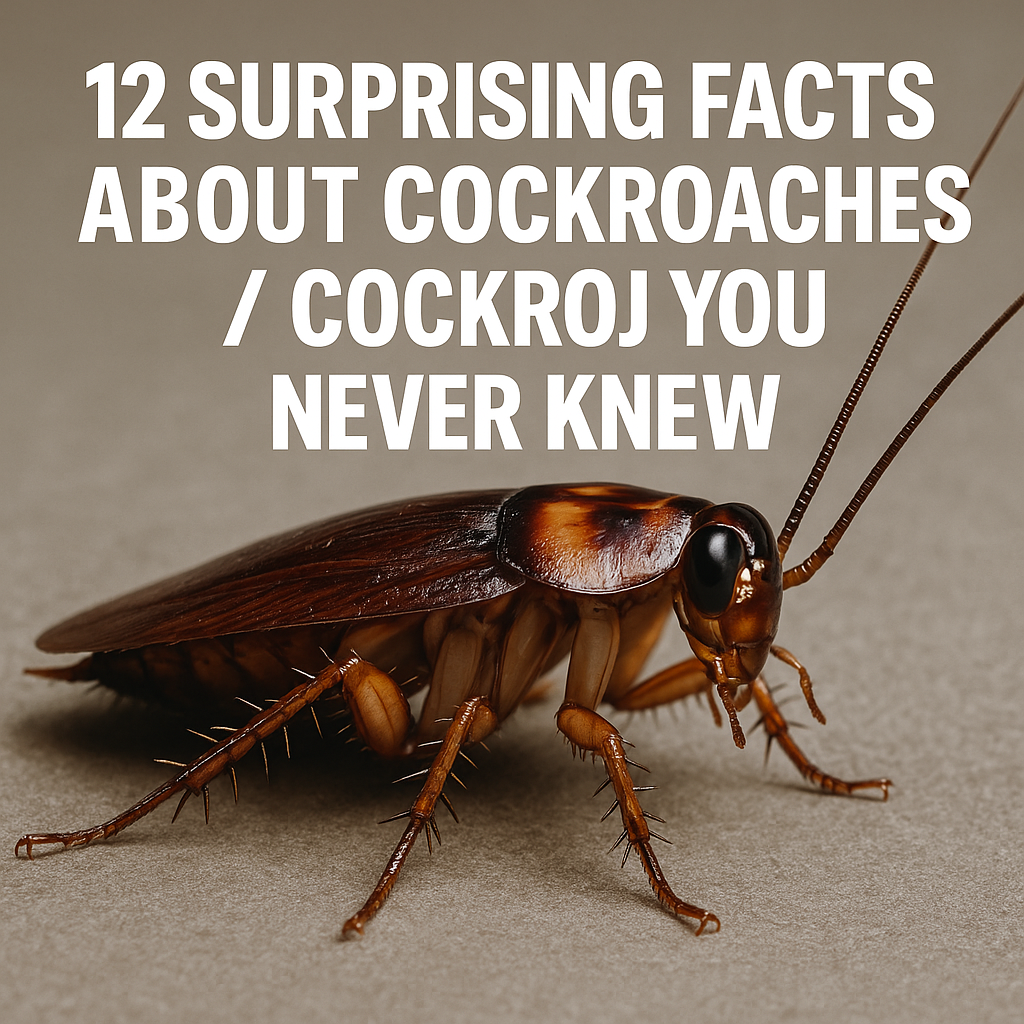
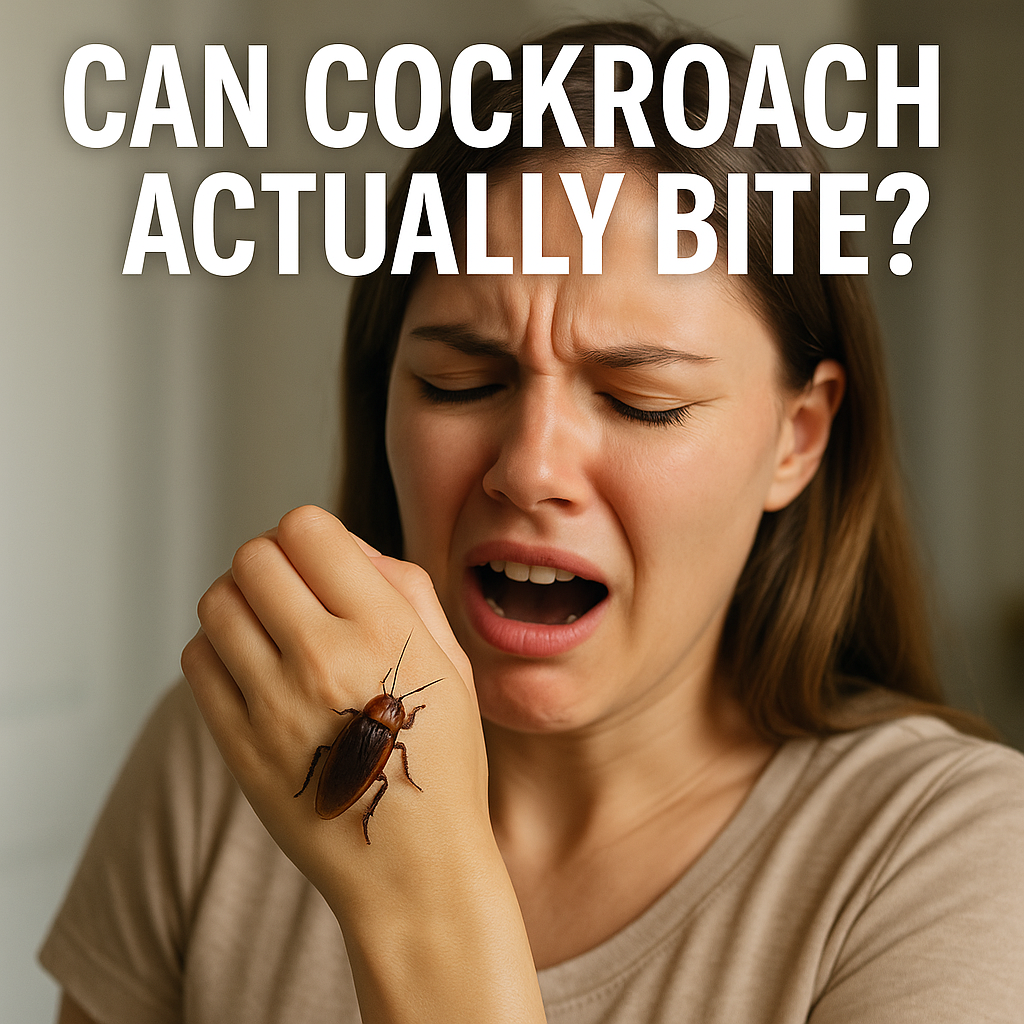
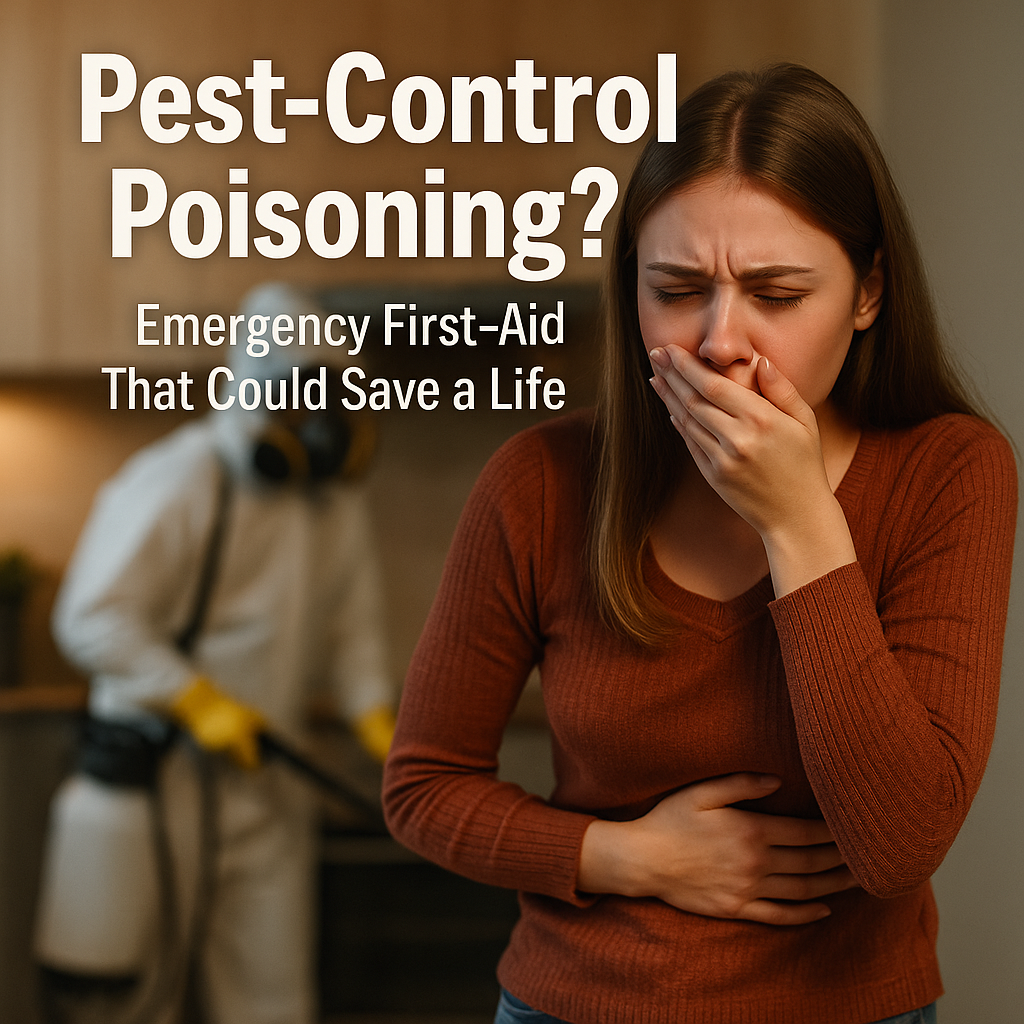
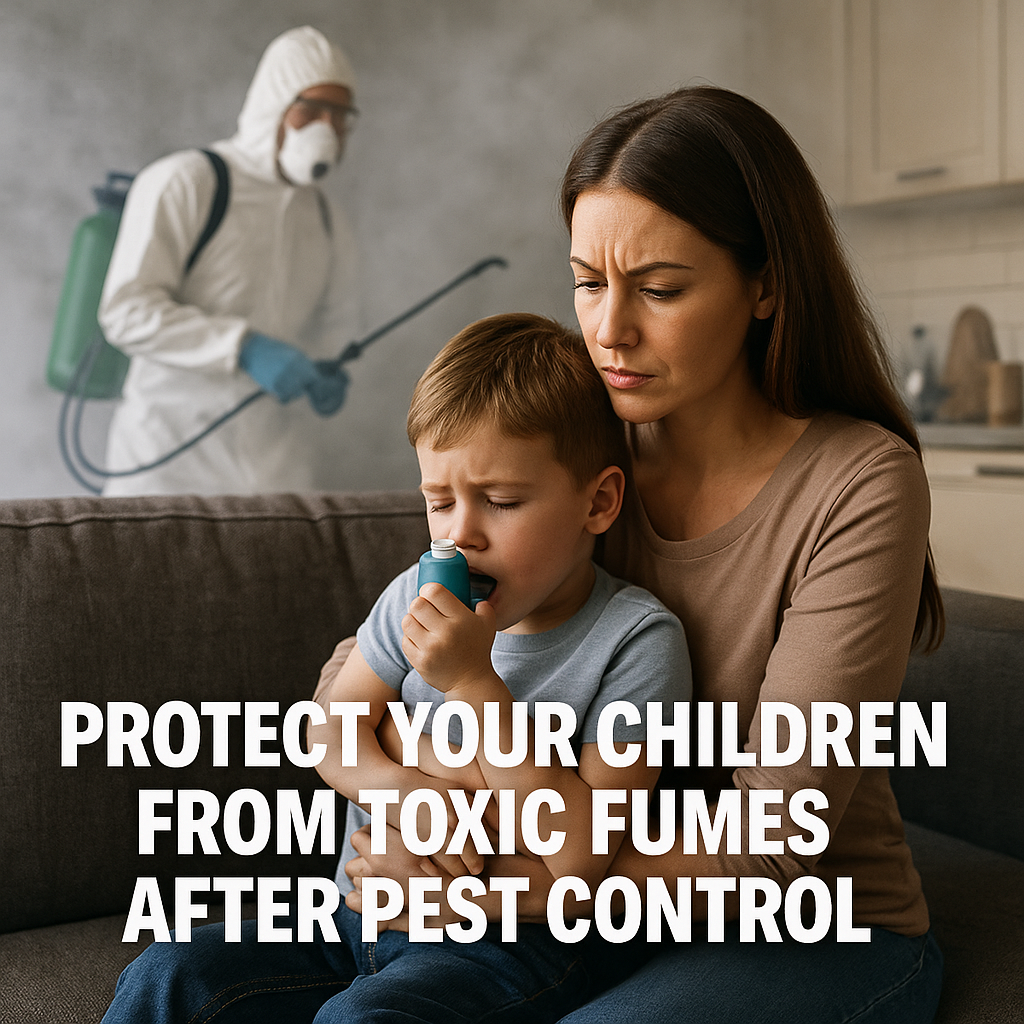

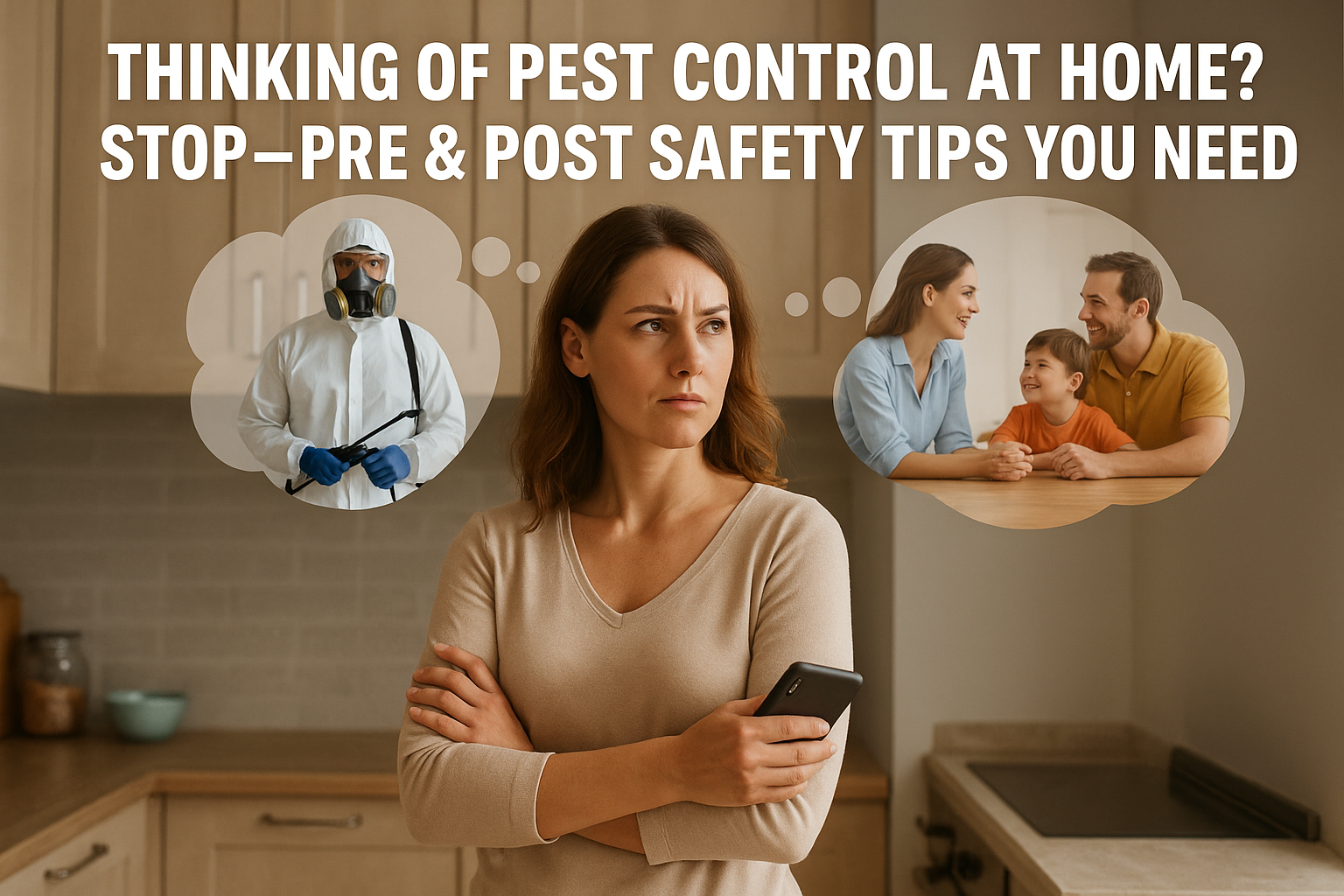



(0) Comments